Today’s article is a comprehensive guide to Quanzhou.
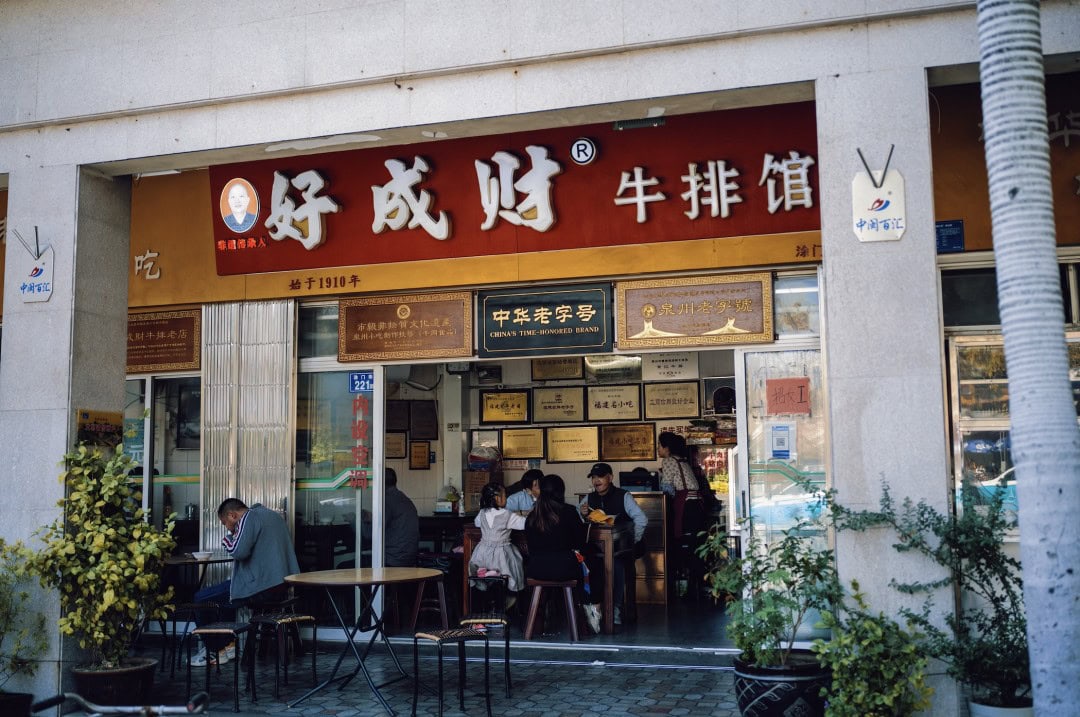
Just half a month ago, I returned from a trip to Quanzhou, and I absolutely, positively, utterly, and completely adore this place!!!
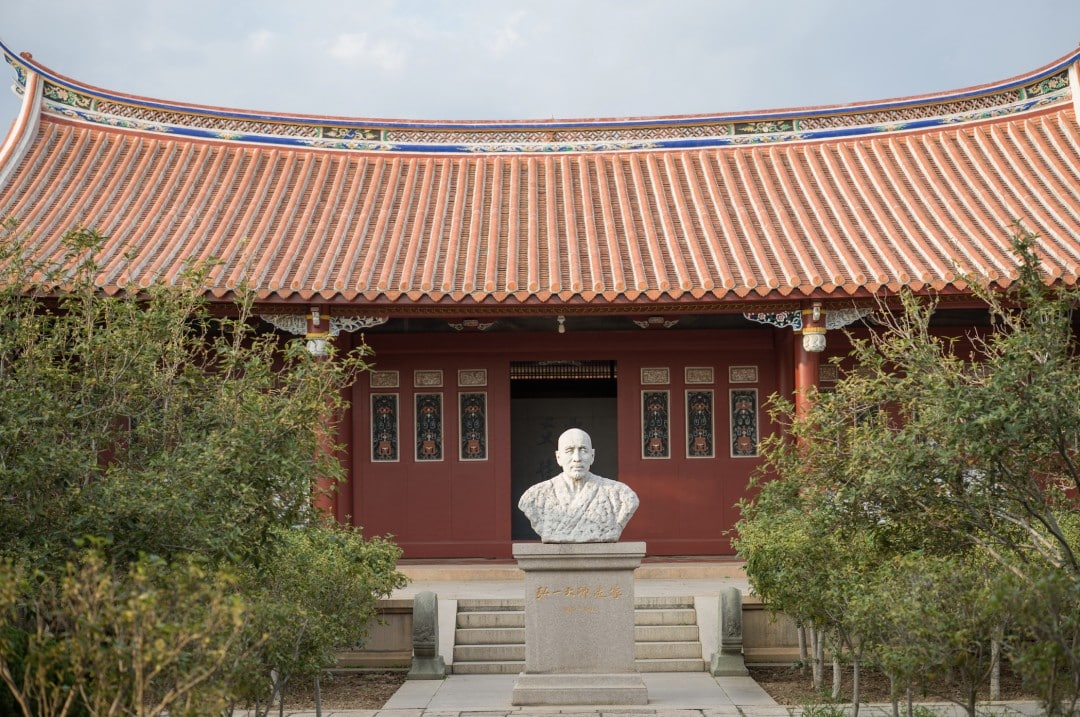
Therefore, this comprehensive guide is over 7,000 words long. I can confidently say that if you are planning to visit Quanzhou, this article will definitely be of great help to you.
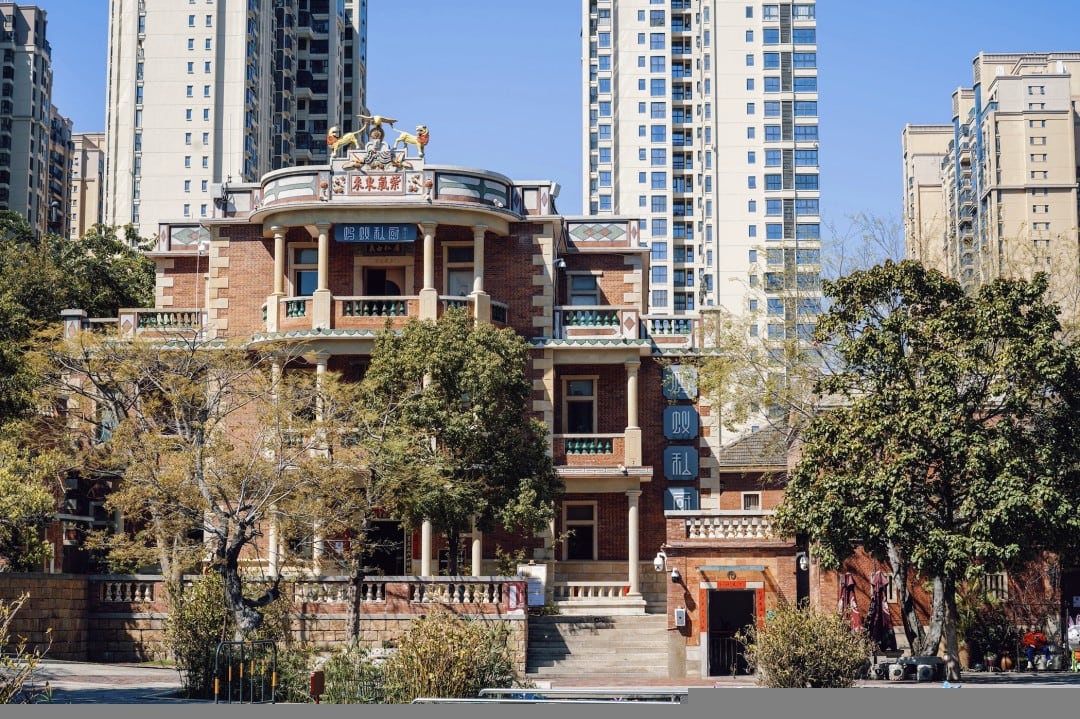
Save it!
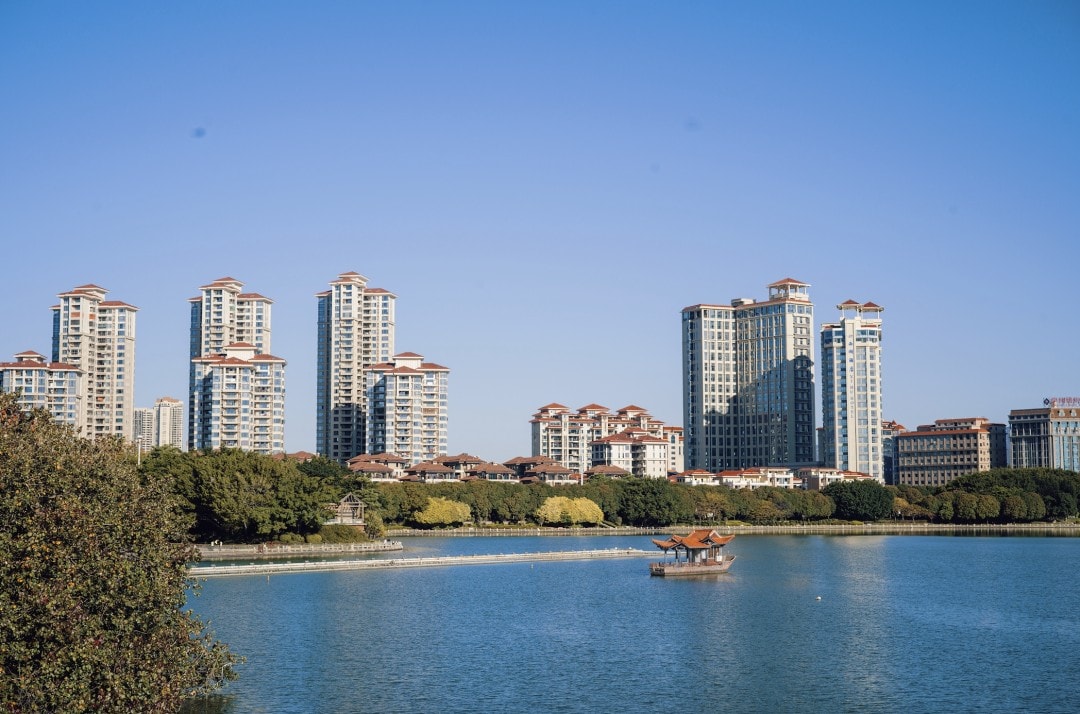
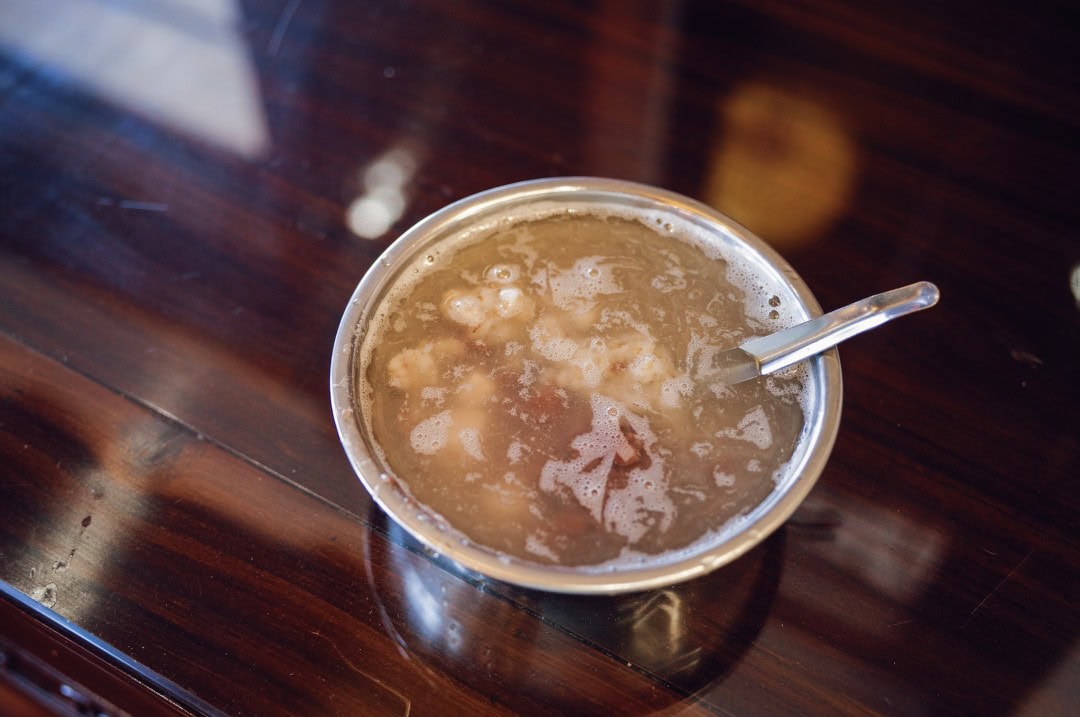
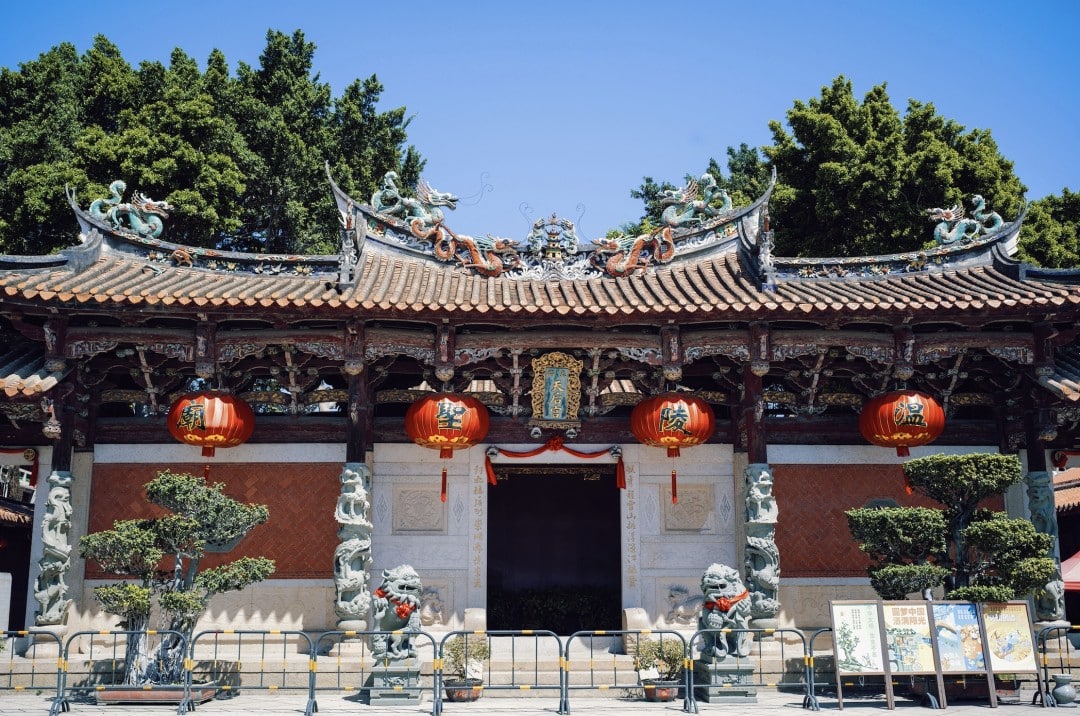
Quanzhou was formerly known as Zayton, and it is also called Licheng due to its city layout resembling a carp.
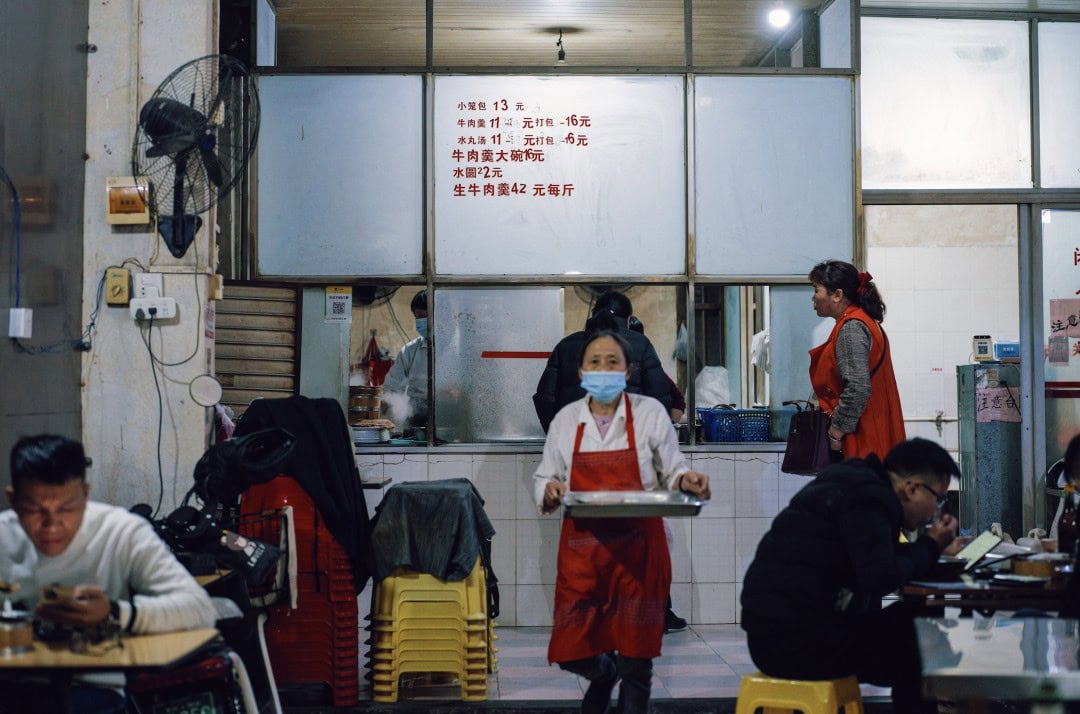
You might think it only has this one name, but no~no~no~. Quanzhou has many nicknames: the Buddhist Kingdom, Zayton City, the World Museum of Religions, the starting point of the Maritime Silk Road, the Capital of Nanyin…
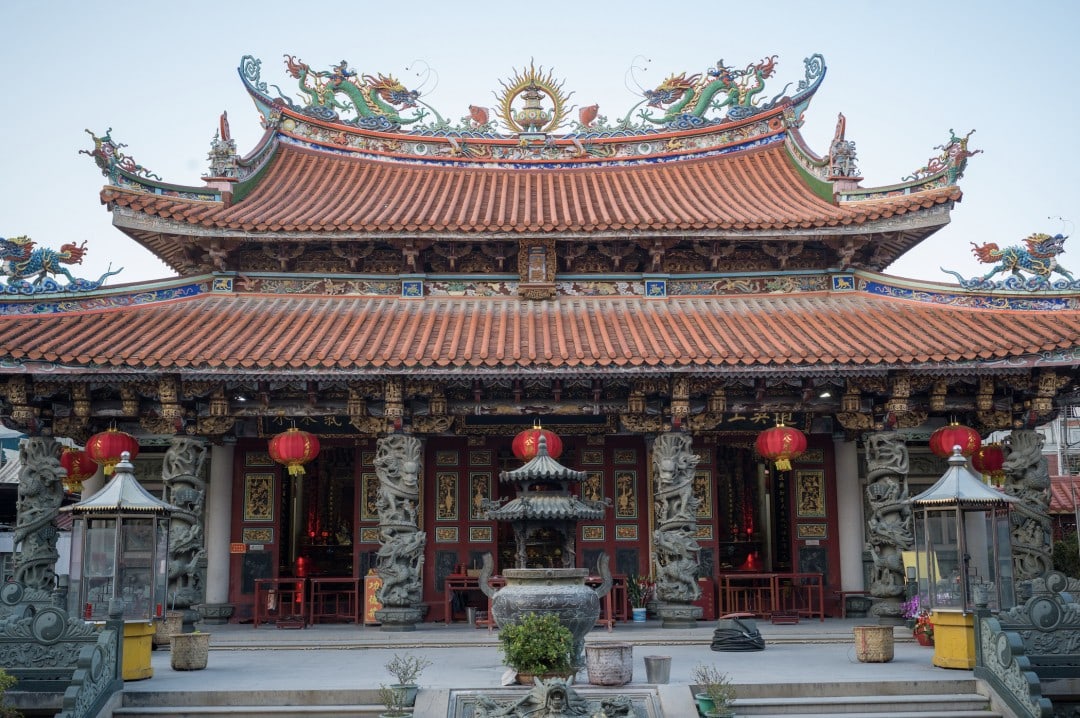
In fact, these are also key words for Quanzhou.
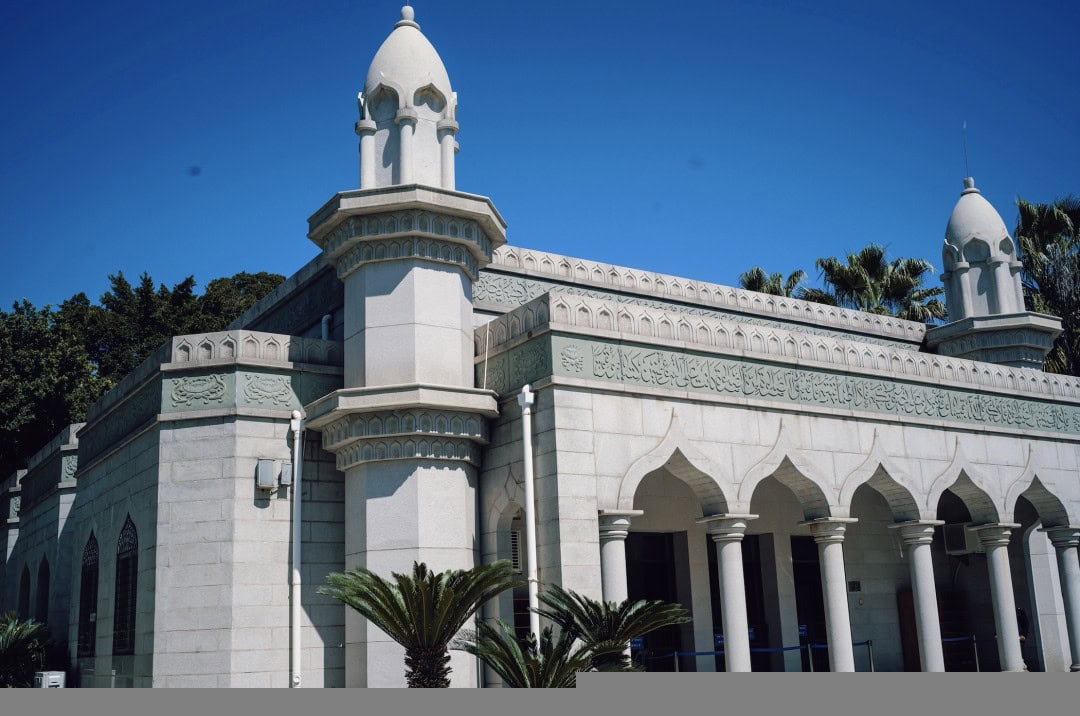
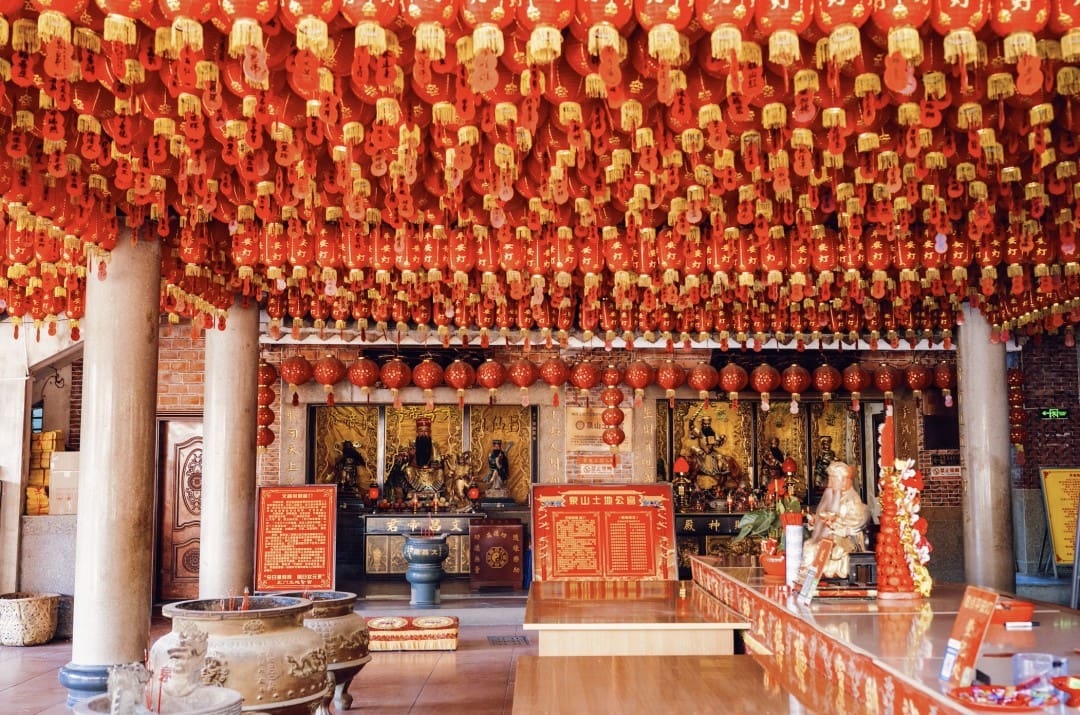
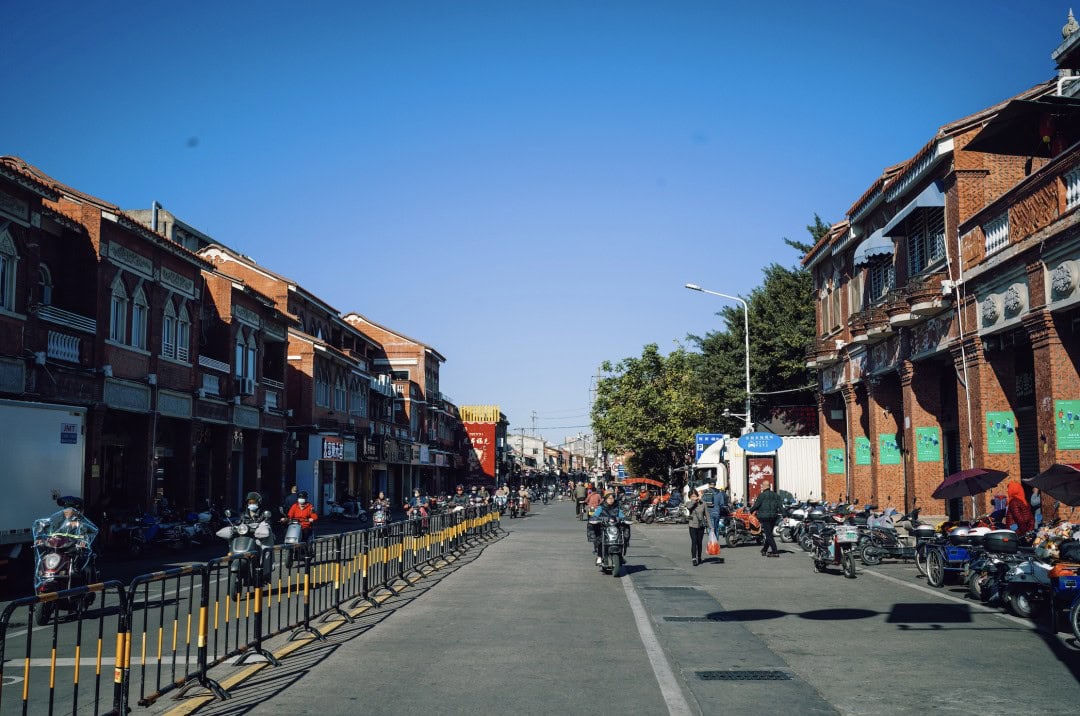
Buddhism calls Quanzhou the “Southern Buddhist Kingdom.”
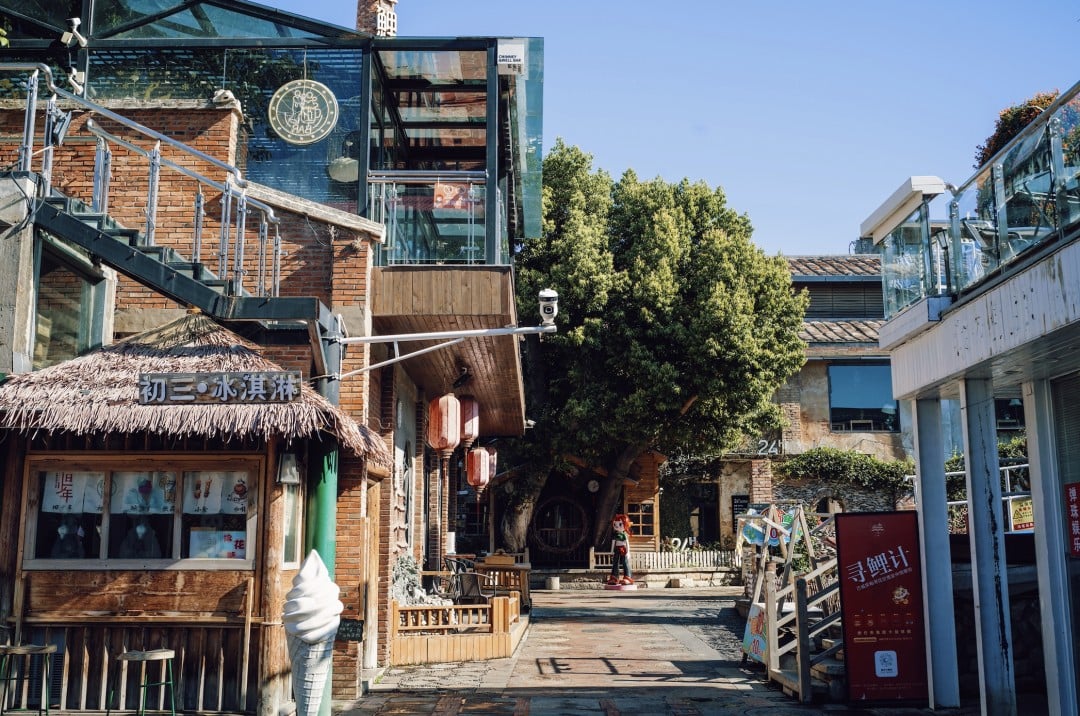
Taoism bestows upon it the title “Southern Fujian’s Penglai.”
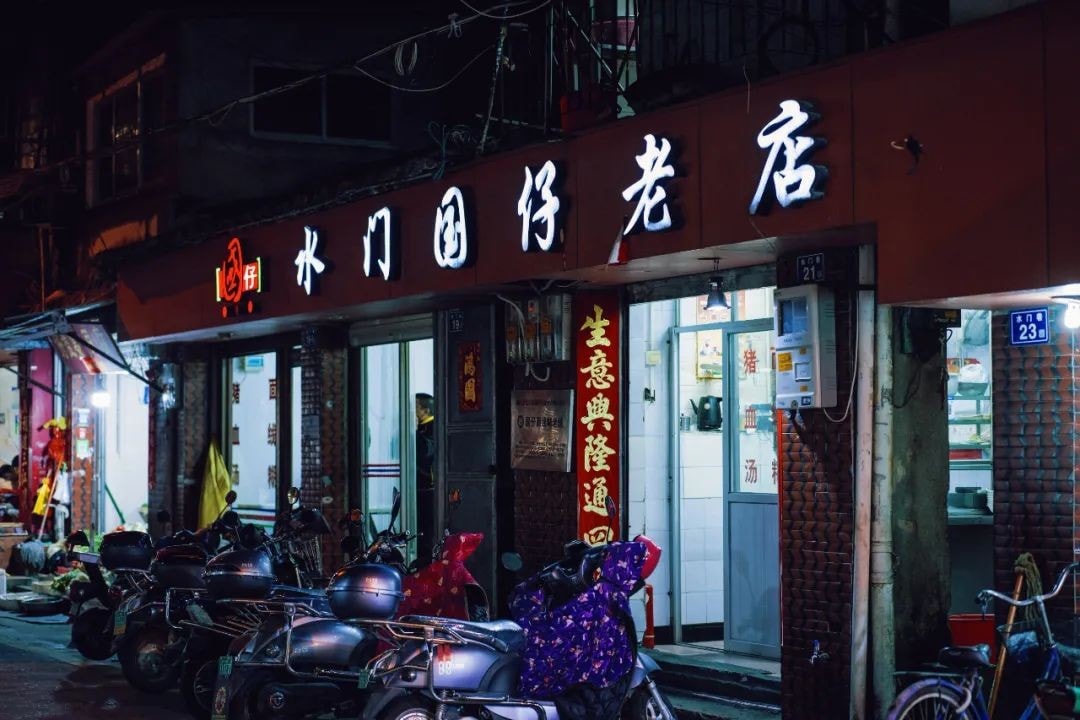
Zhu Xi said, “This is the Buddhist Kingdom, where every street is filled with saints.”
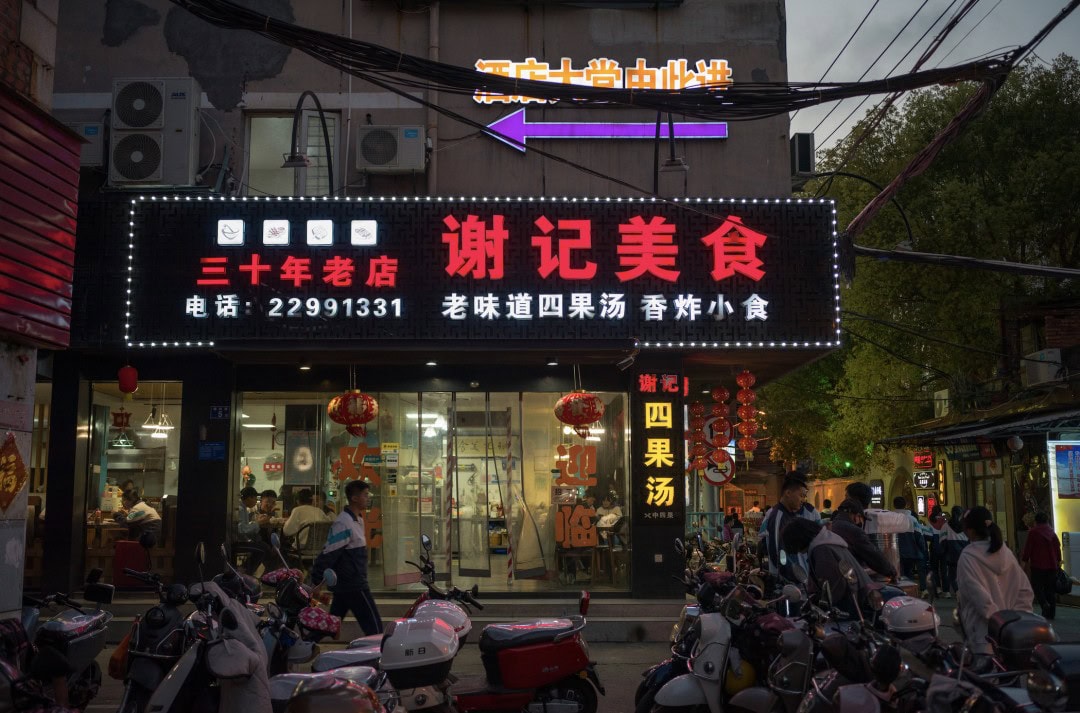
Guo Moruo said, “What lies underground in Xi’an, lies above ground in Quanzhou.”
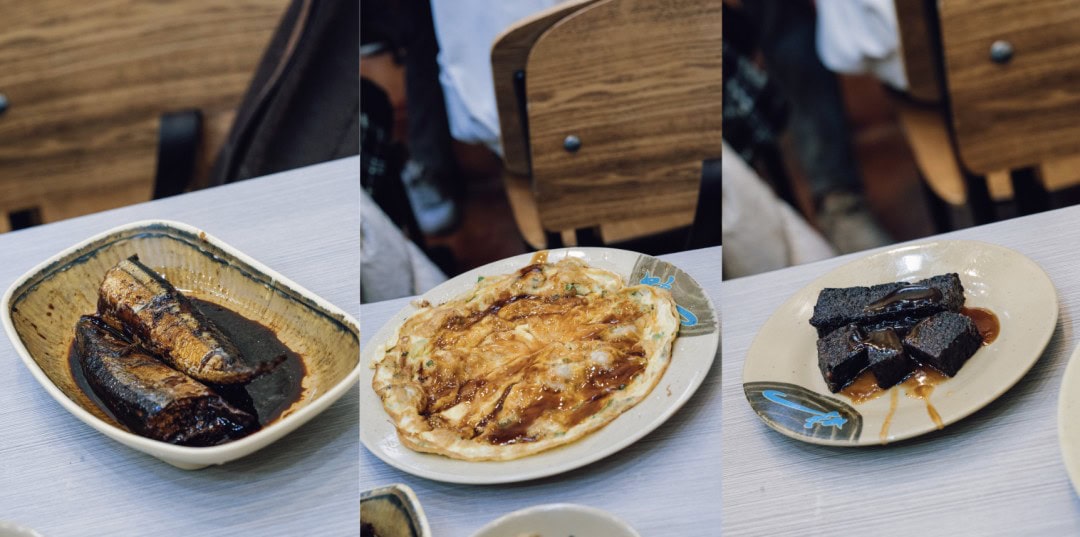
Bai Yansong said, “Quanzhou is a city you should visit at least once in your lifetime.”
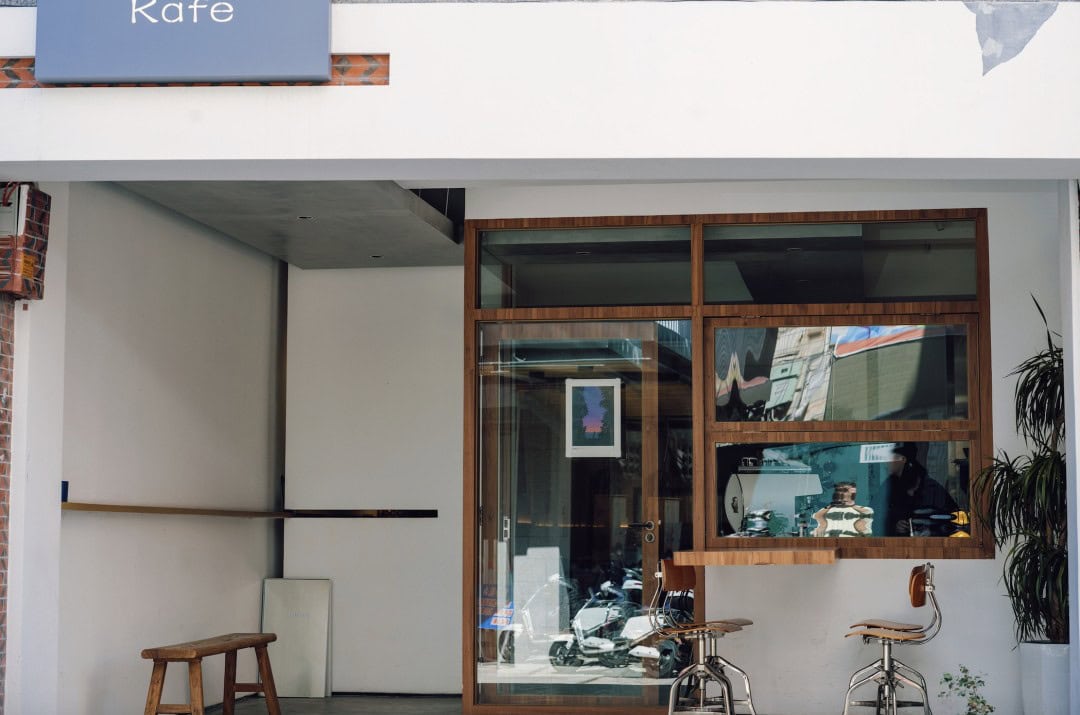
I think, everyone should go to Quanzhou and see it for themselves. Then you’ll know, they really aren’t exaggerating.
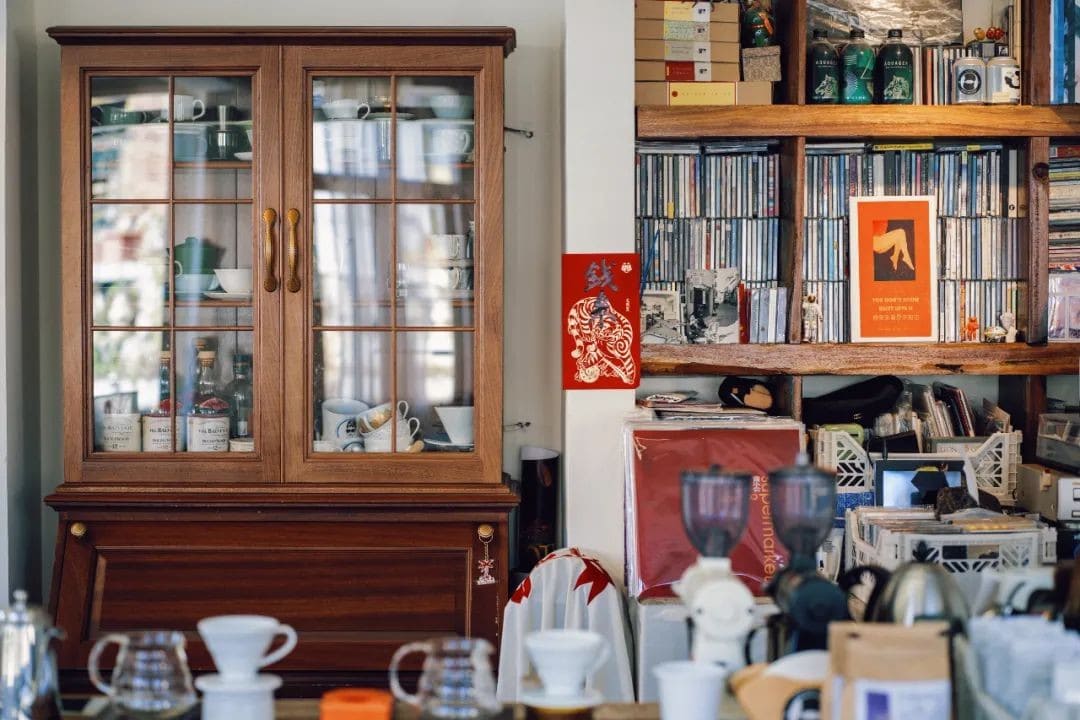
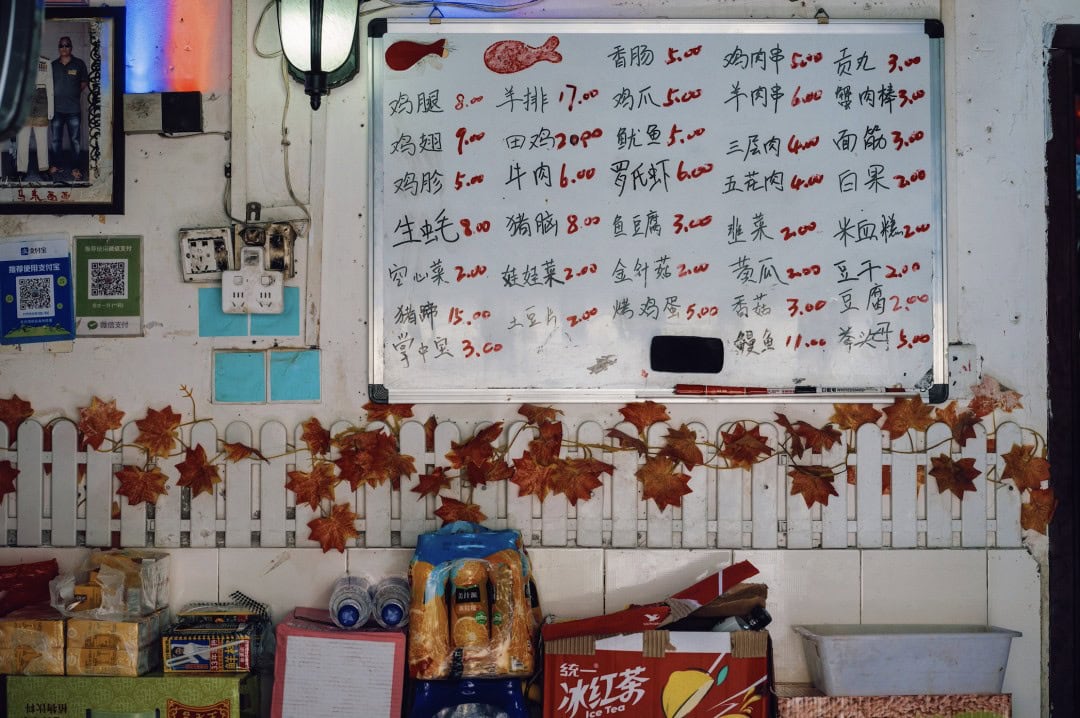
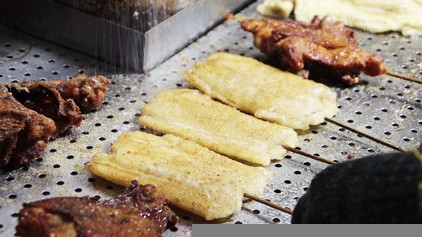
On the afternoon of July 25, 2021, at the 44th session of the UNESCO World Heritage Committee.
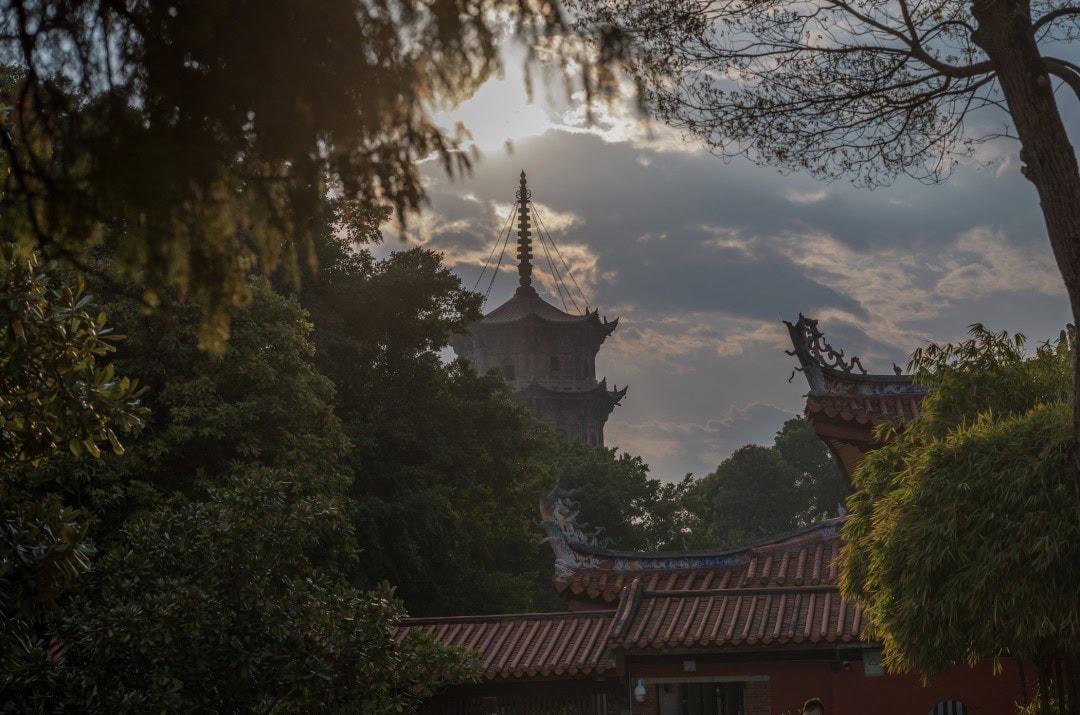
China’s nomination of “Quanzhou: Emporium of the World in Song–Yuan China” was successfully reviewed and included in the World Heritage List, becoming China’s 56th World Heritage site.
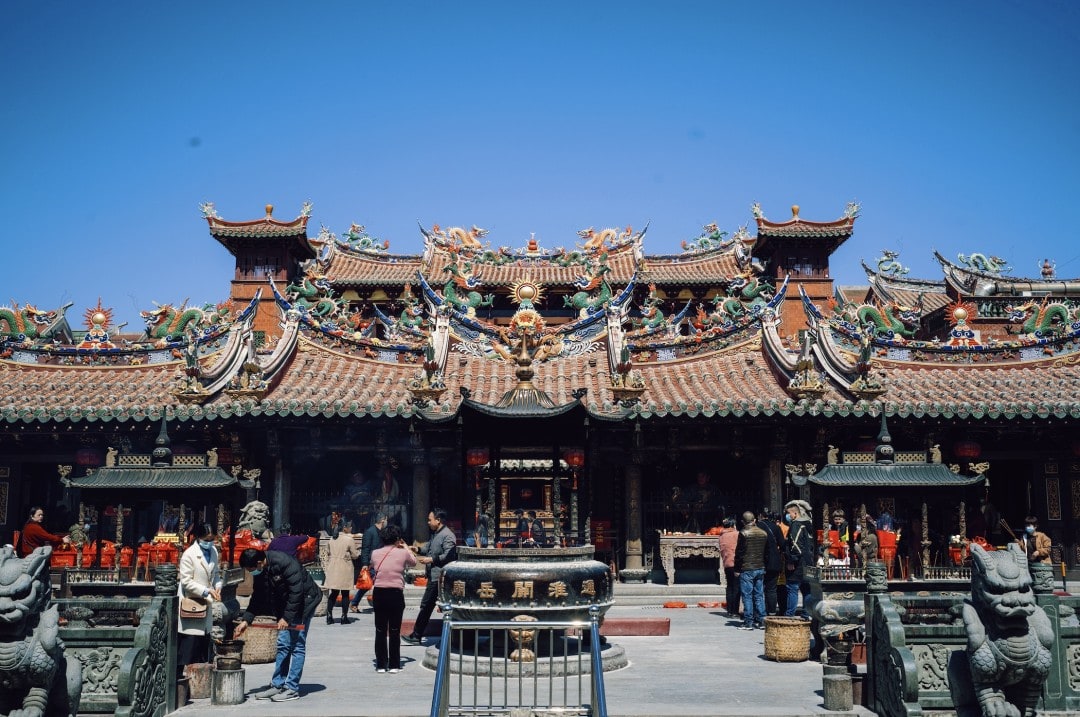
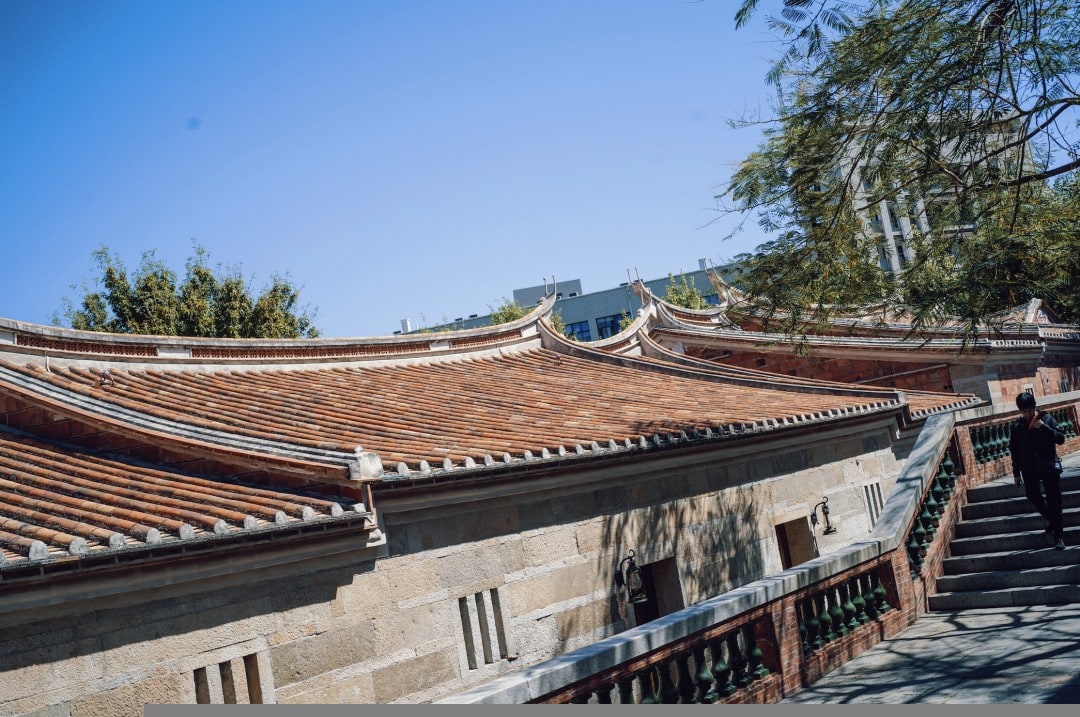
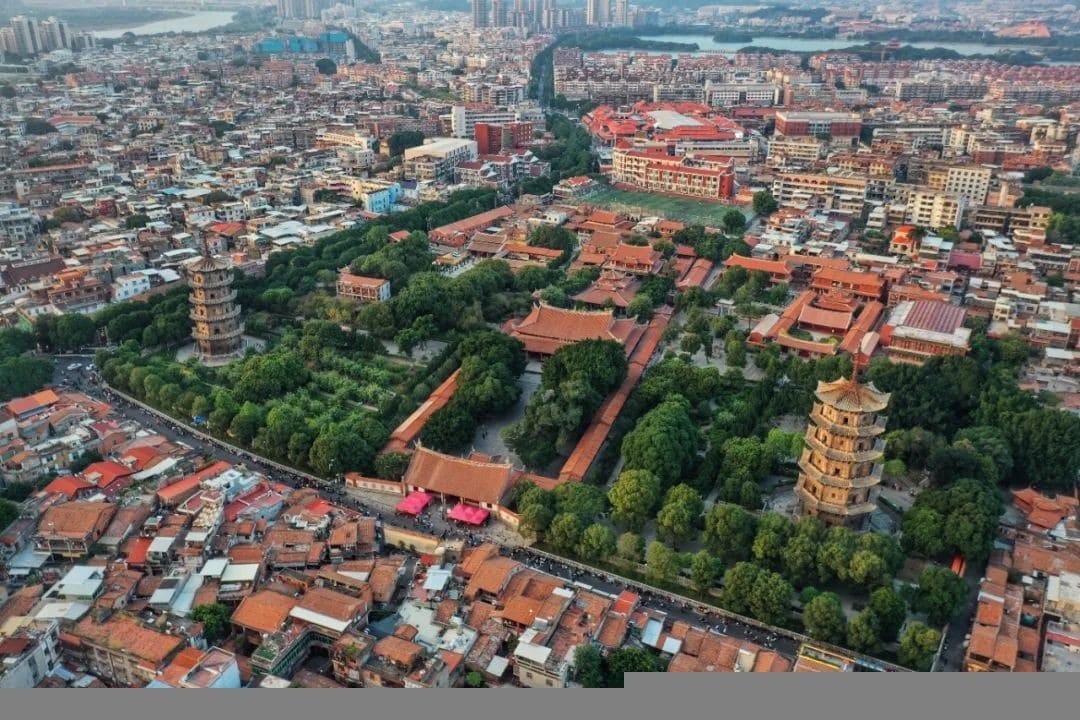
Pay attention to the key phrase, “the world’s maritime trade center in Song-Yuan China.”
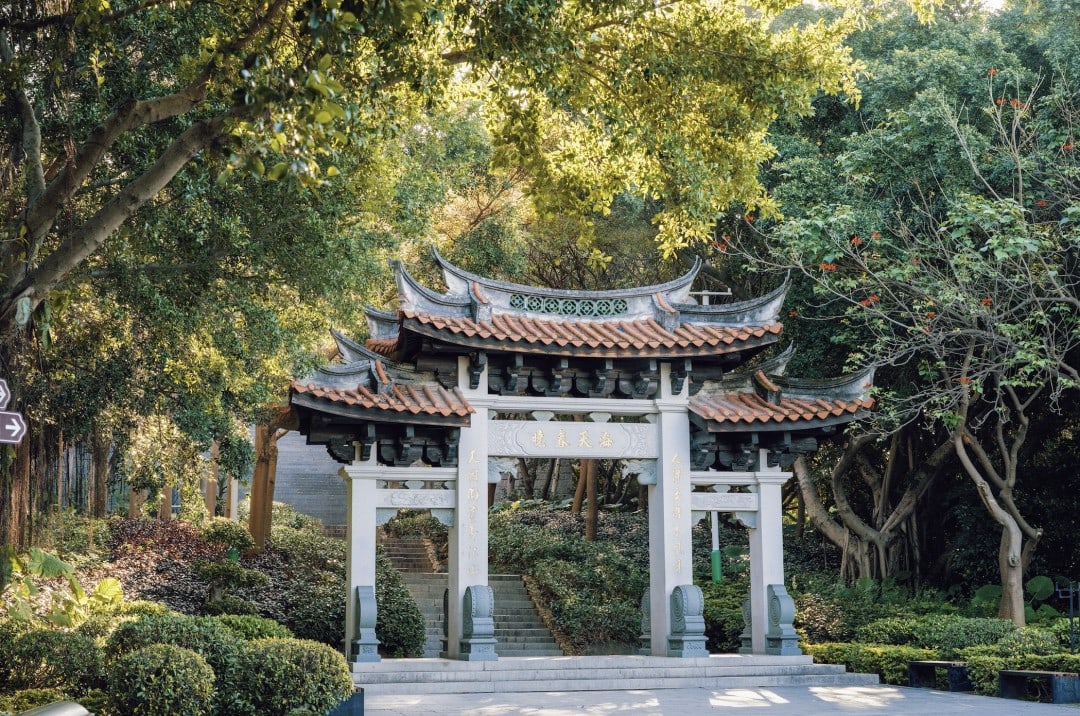
The Maritime Silk Road began in Quanzhou.
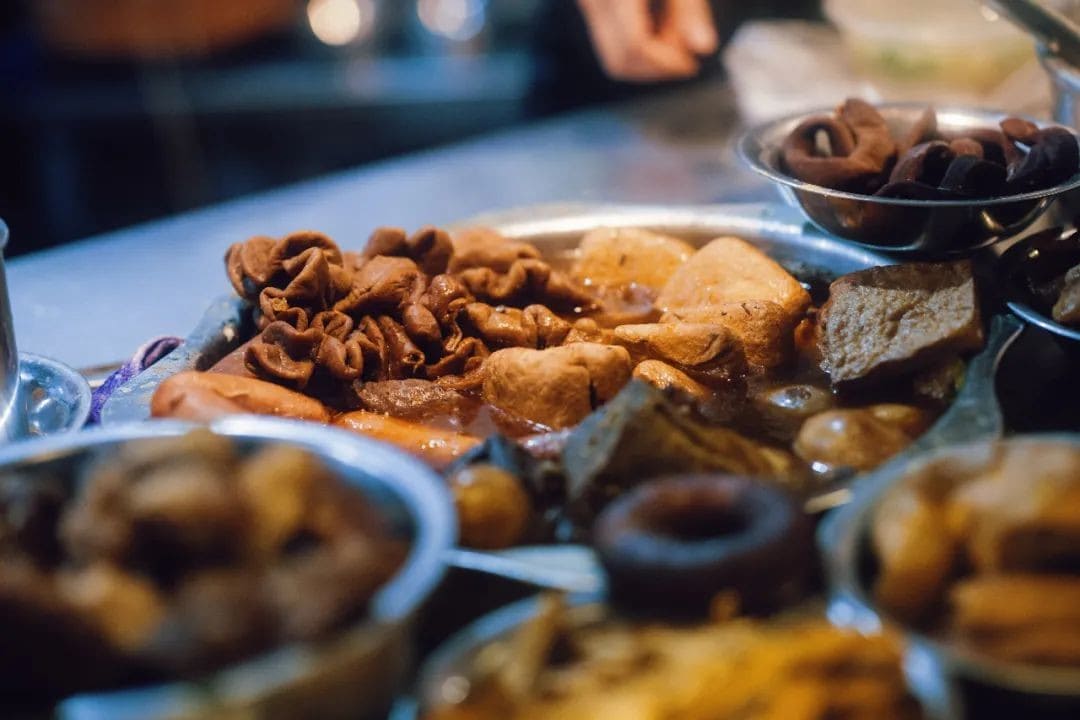
During the Song Dynasty, the establishment of the Maritime Trade Office in Quanzhou officially cemented its status as an official trading port. It was once the largest port in the East, even surpassing Egypt’s Alexandria in Marco Polo’s eyes.
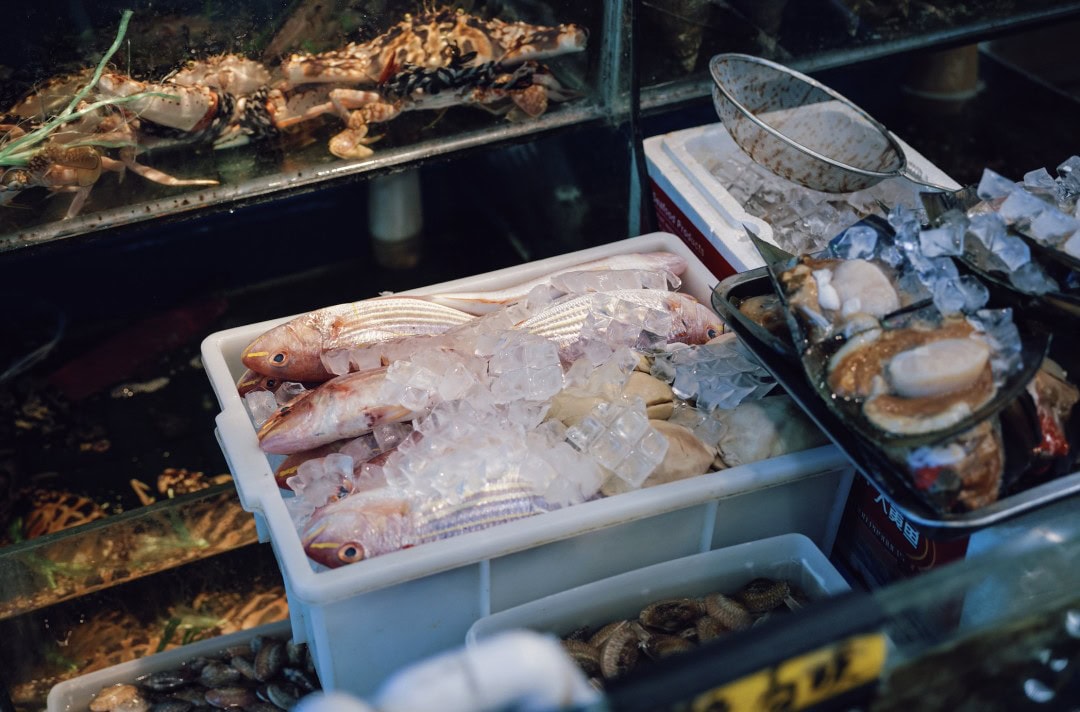
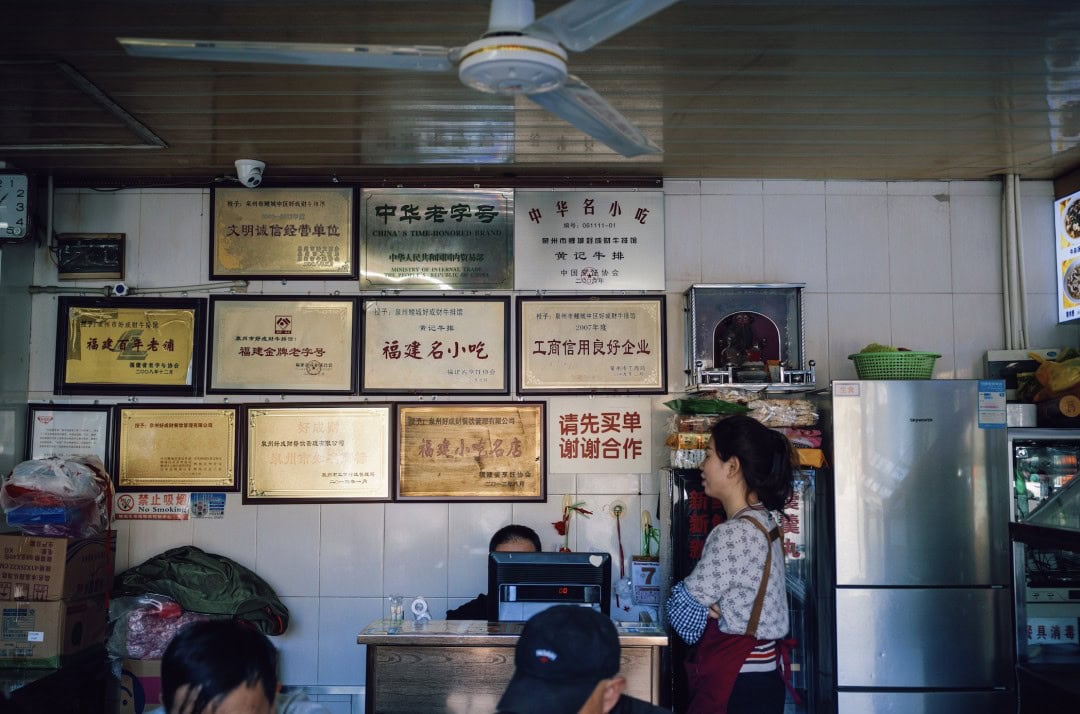
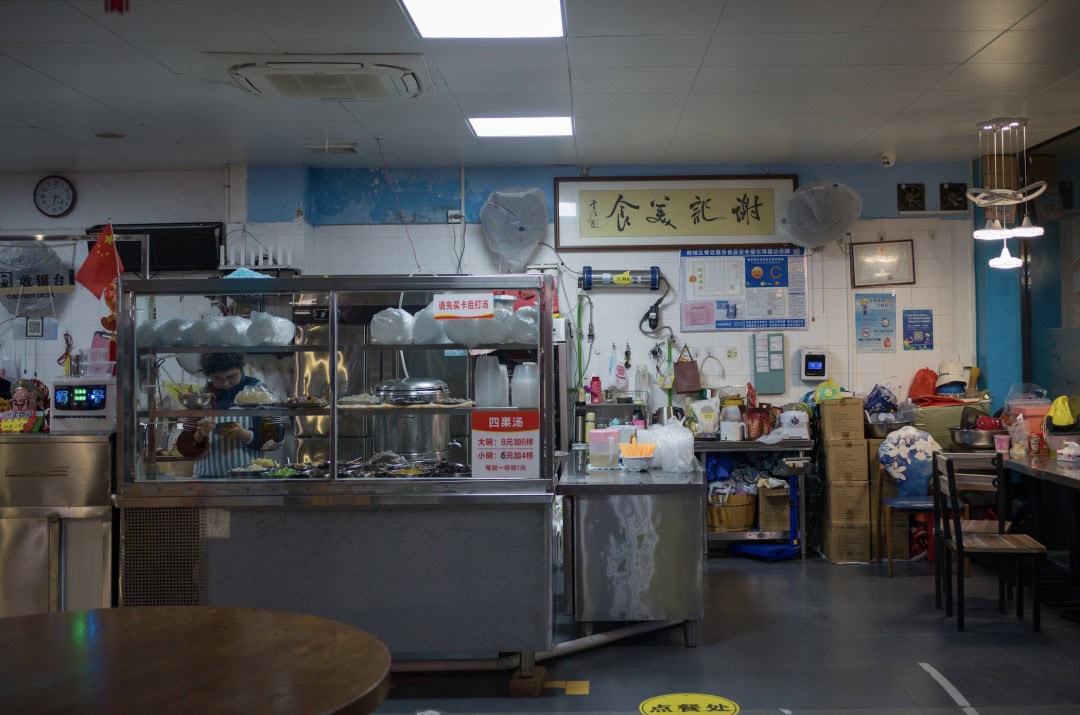
Unfortunately, the maritime restrictions during the Ming and Qing Dynasties led to the decline of Quanzhou’s glory, transforming it into a city that has seen better days.
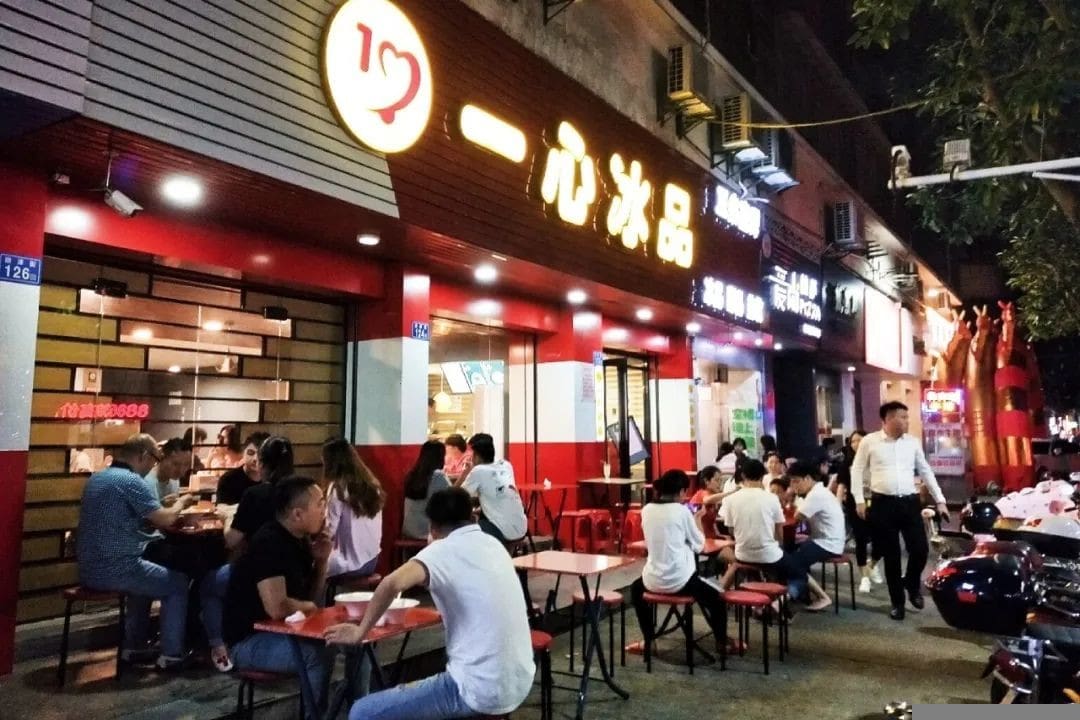
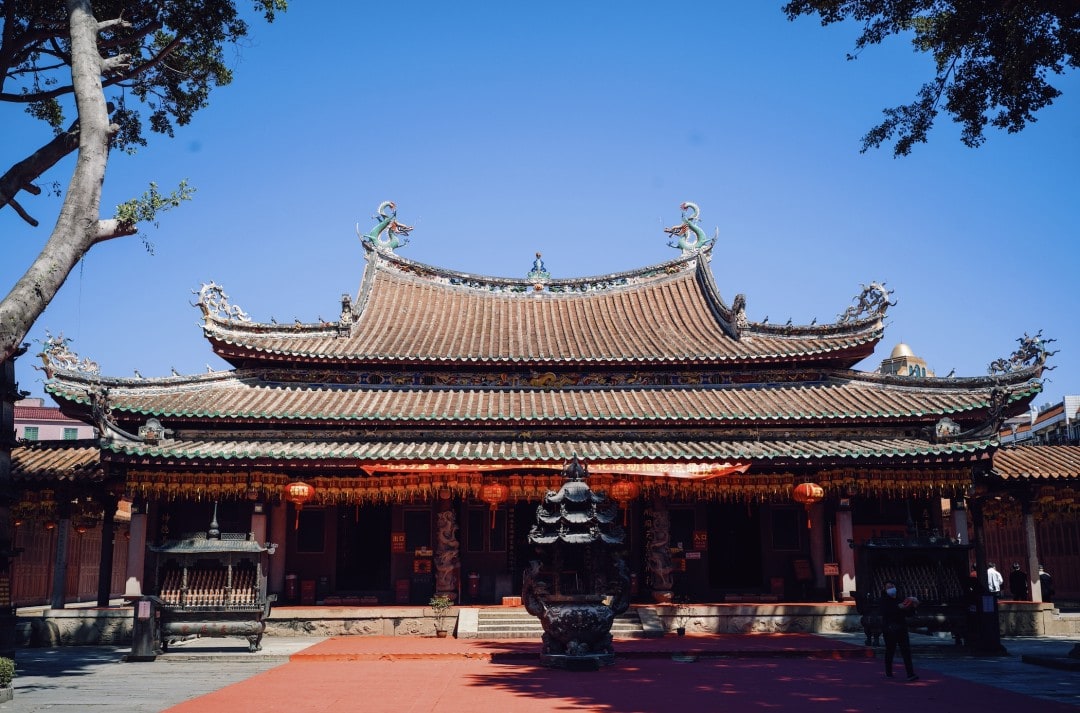
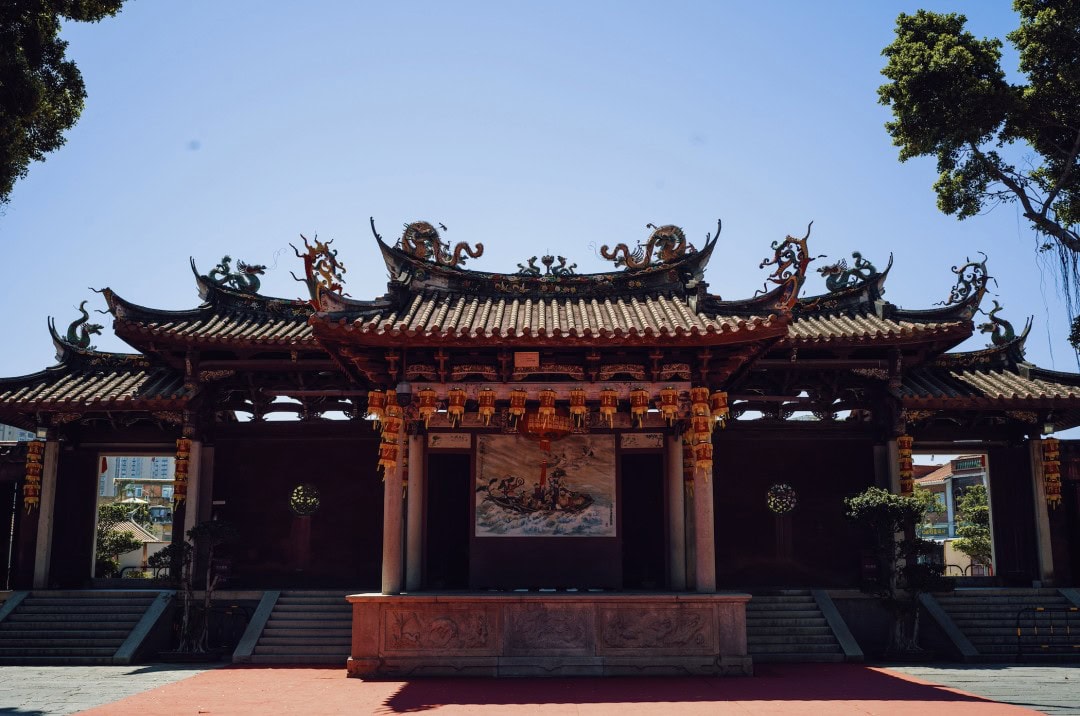
Due to the maritime trade, Quanzhou became a melting pot where merchants from various countries gathered and diverse cultures converged, leading to the congregation of multiple foreign religions.
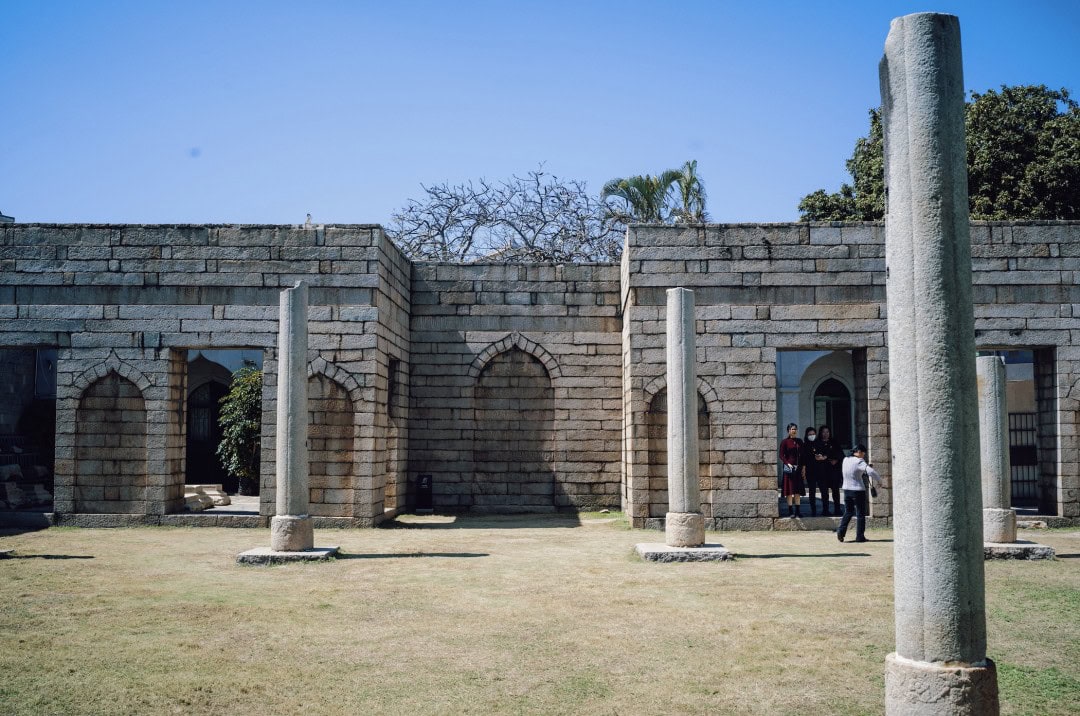
Quanzhou is a city where different faiths and ethnicities meet, interact, and coexist peacefully, fostering cultural exchanges.
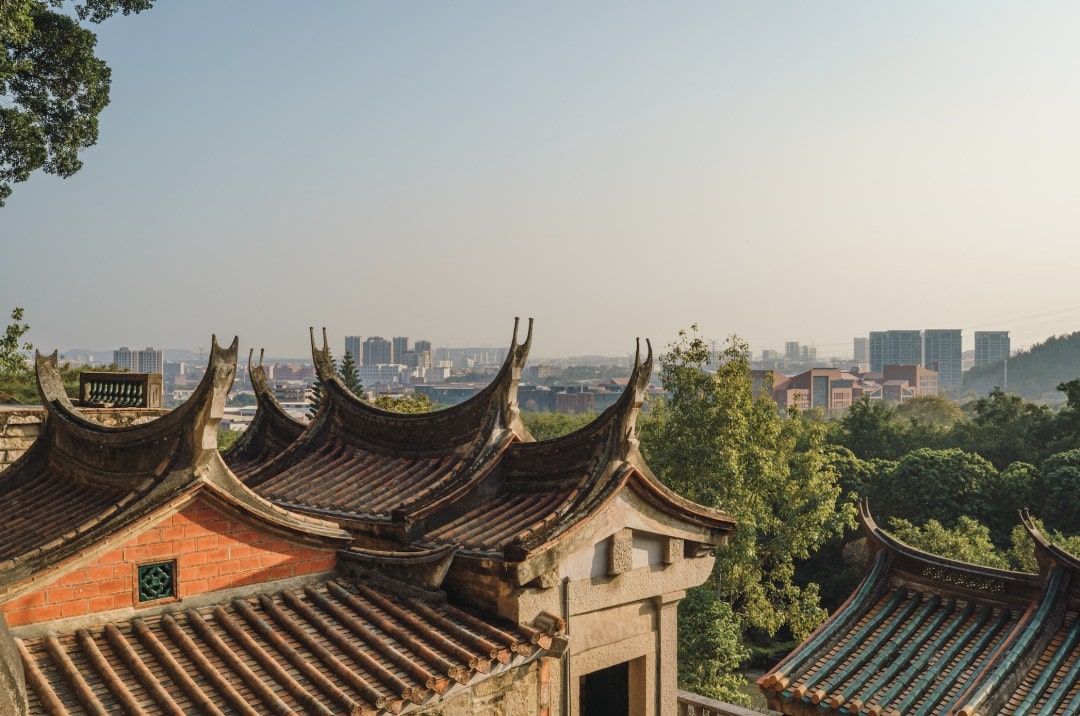
It can accommodate a wide array of religions, including Buddhism, Taoism, Islam, Nestorianism (ancient Catholicism), Hinduism, Manichaeism (known as the Ming Cult in Jin Yong’s novels), Christianity, Catholicism, and Fetishism.
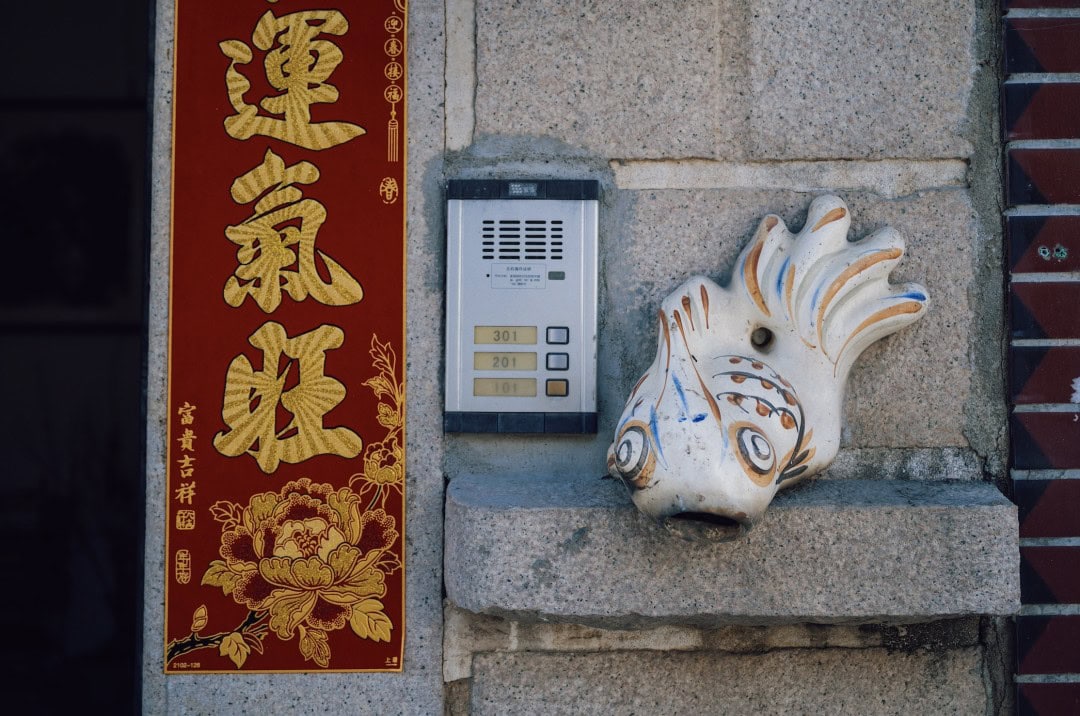
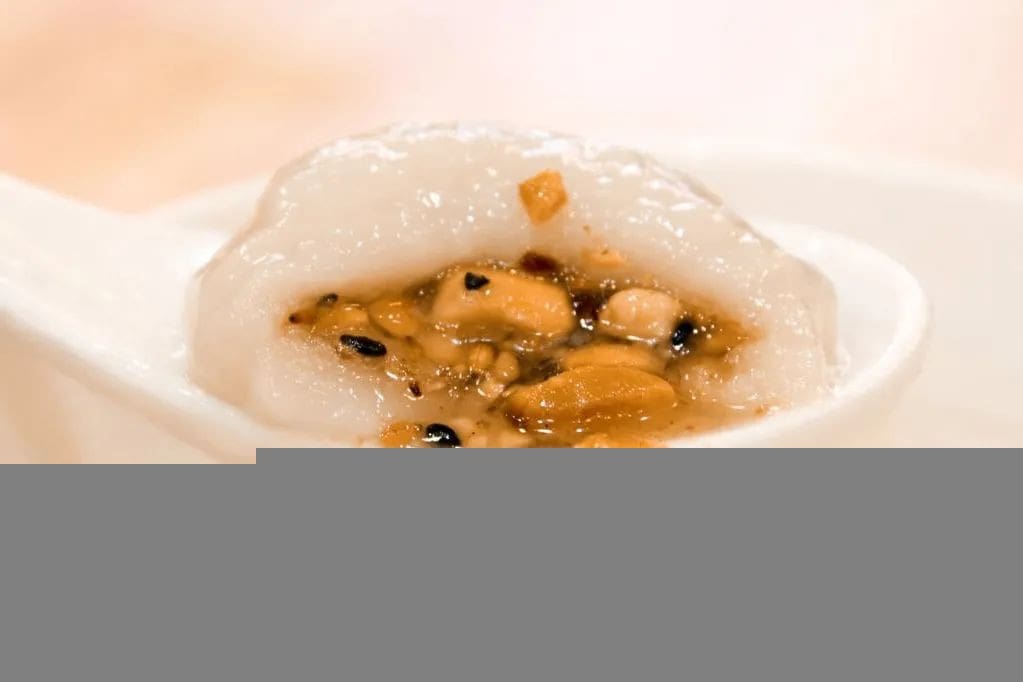
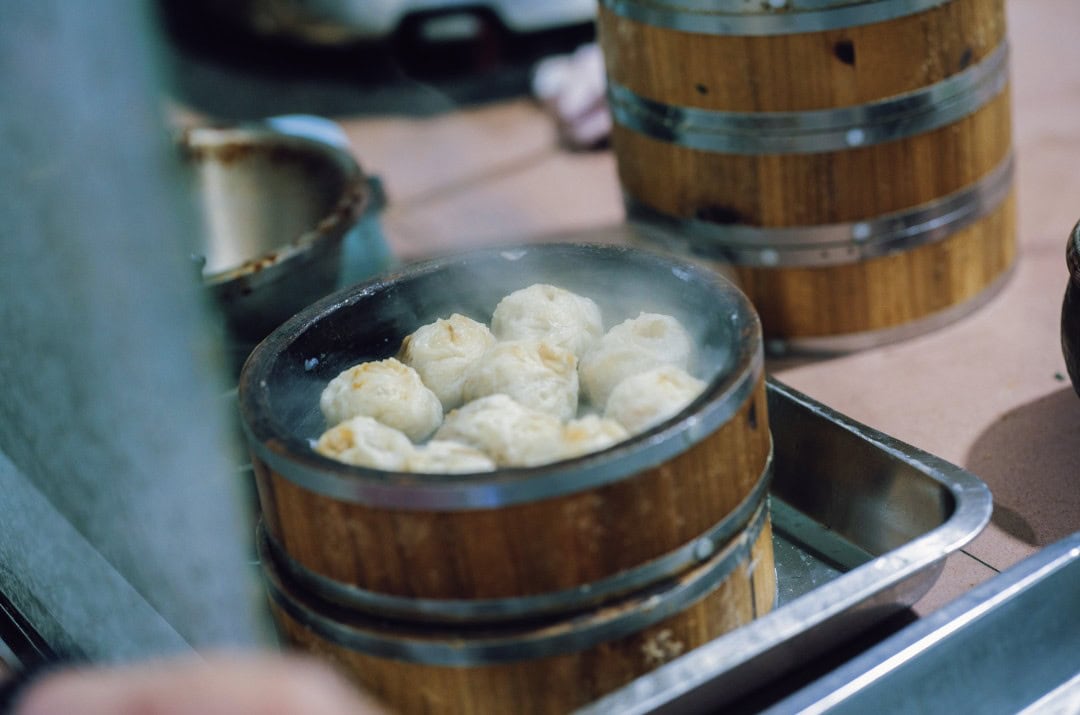
Not exaggerating, Quanzhou is known for its “a small temple every three steps and a large temple every five steps.”
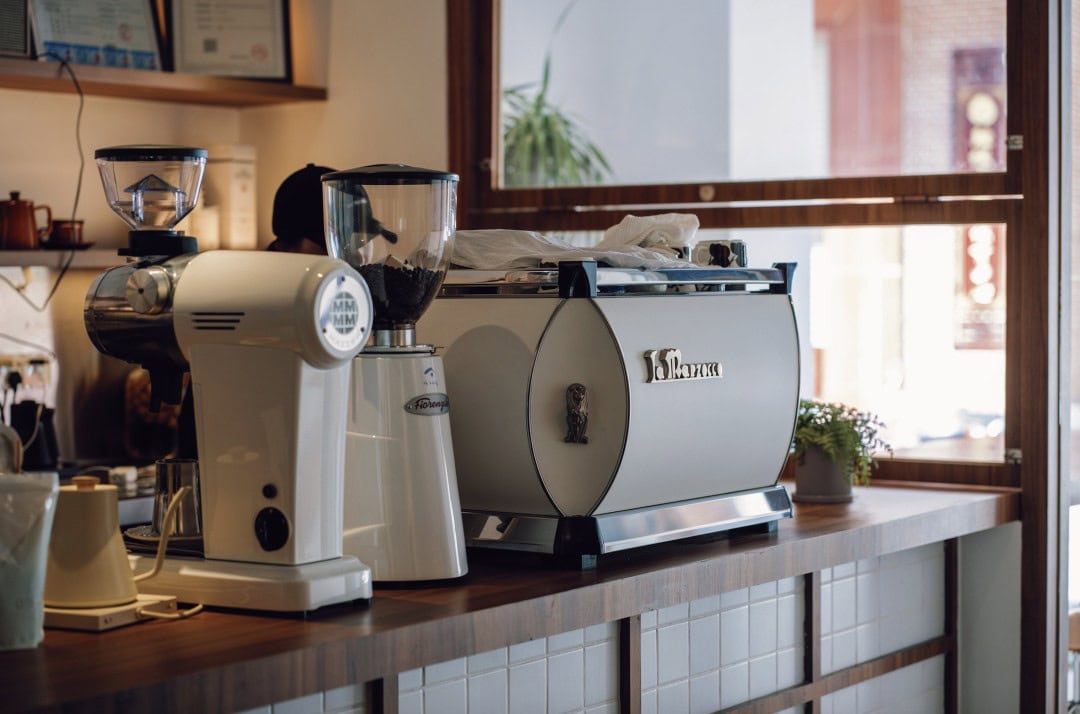
Even a small street like Tumen Street boasts the Guandi Temple, the Jingjing Mosque (Islamic), and the Confucius Temple lined up side by side, creating a lively atmosphere.
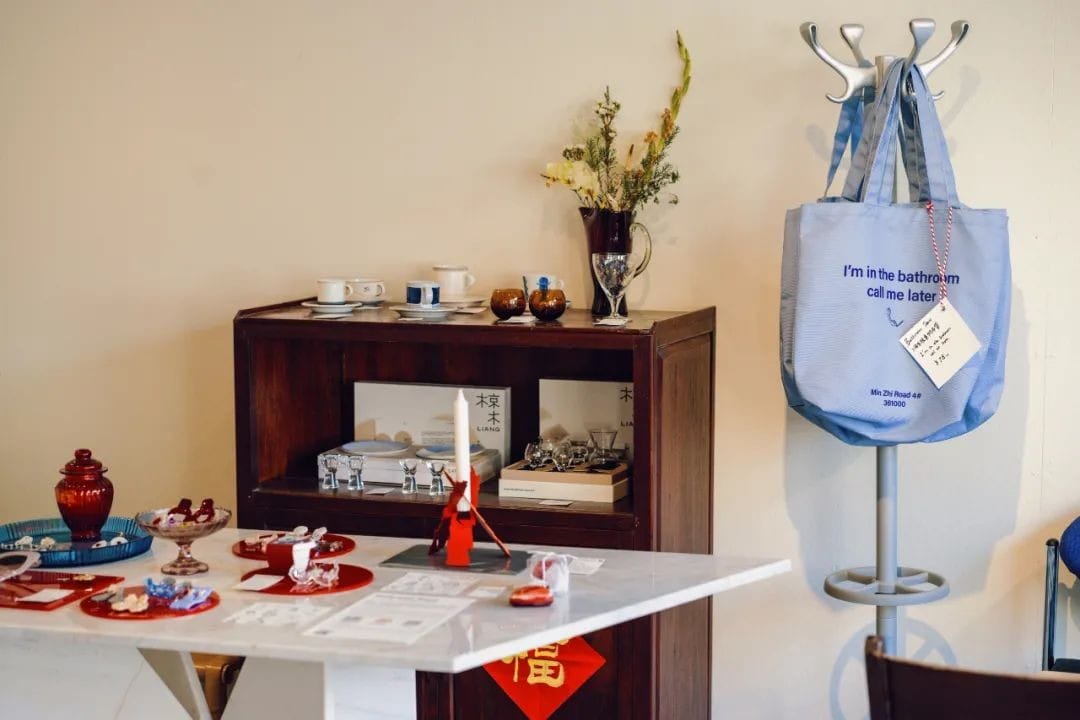
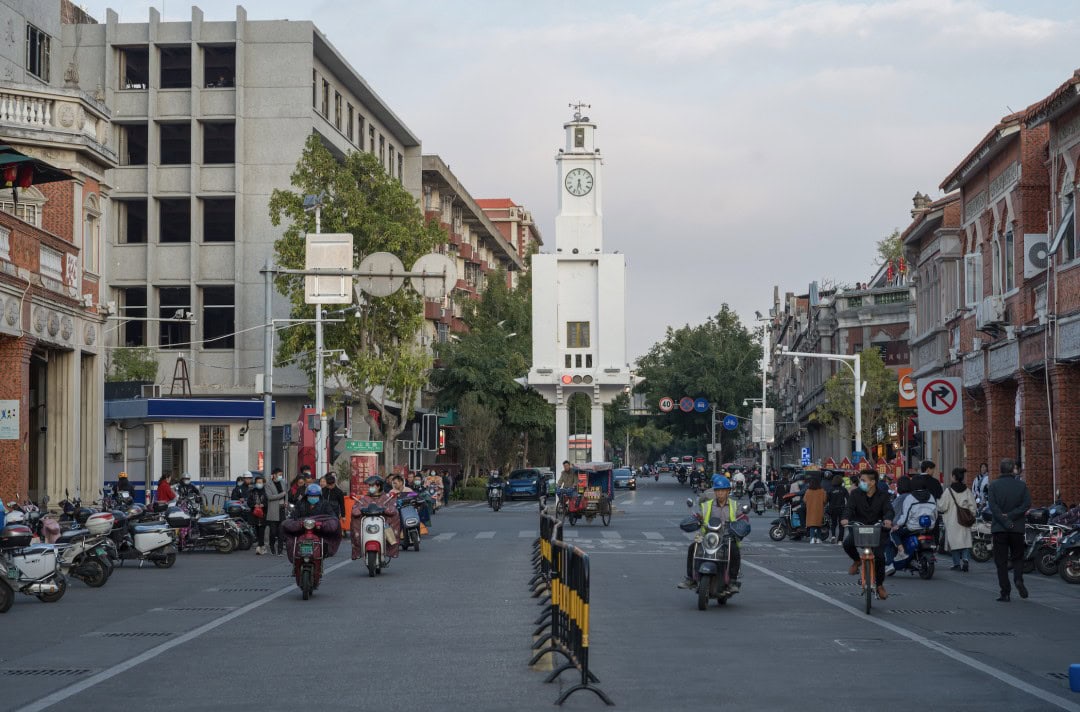
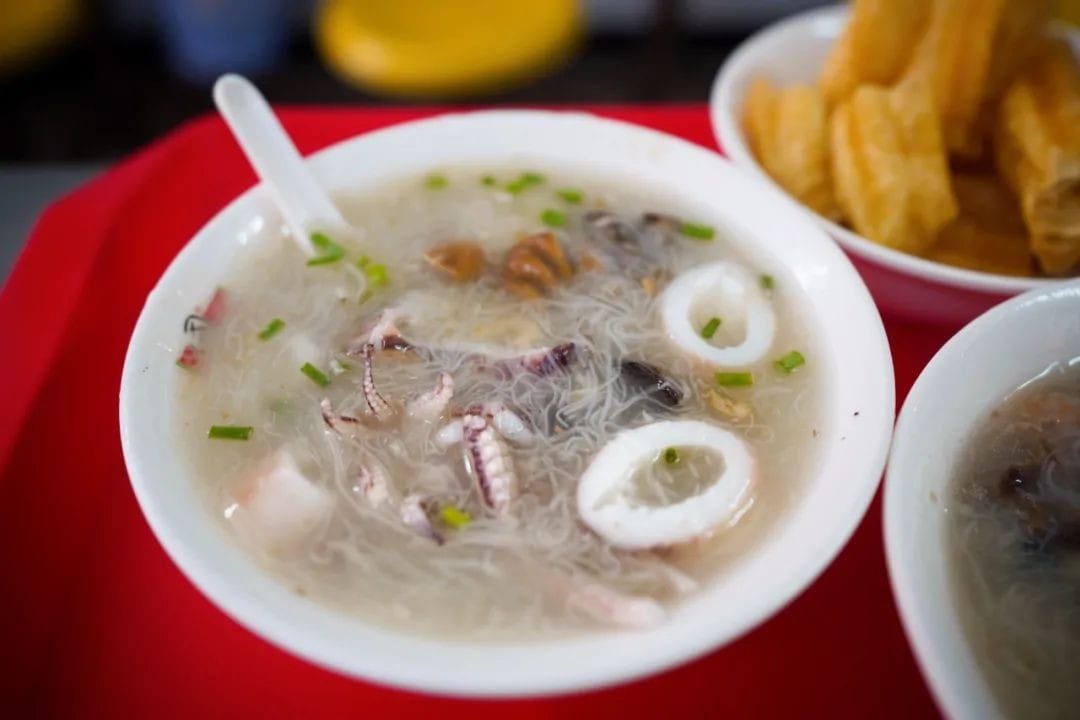
How to explore Quanzhou?
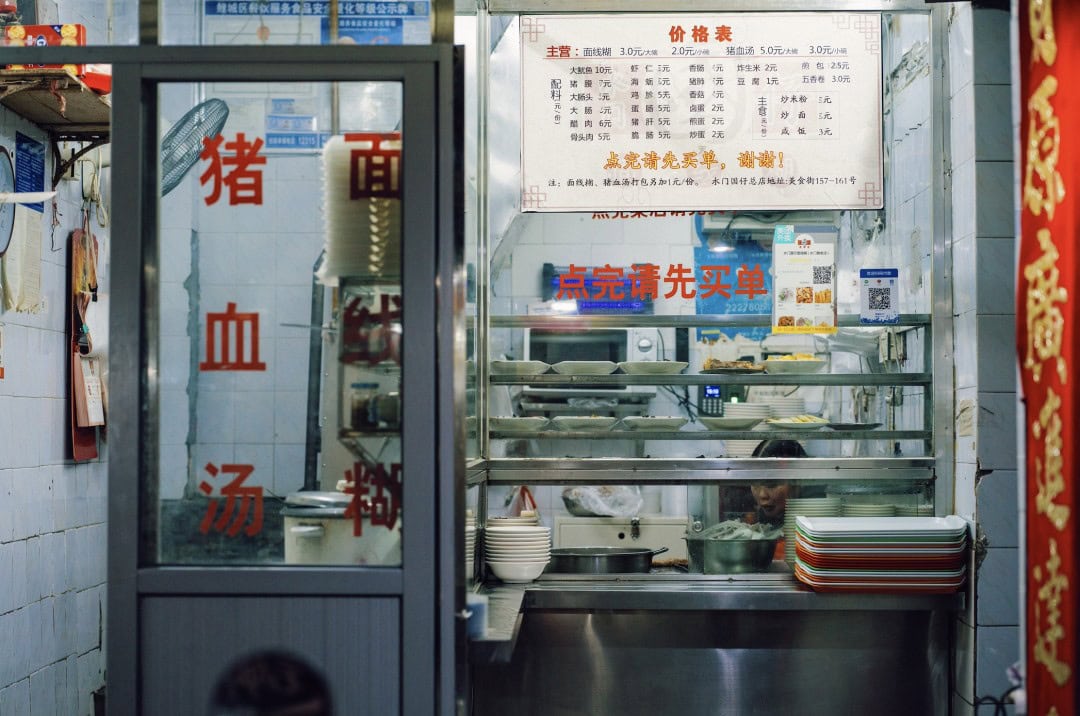
I summarize it into four phrases:
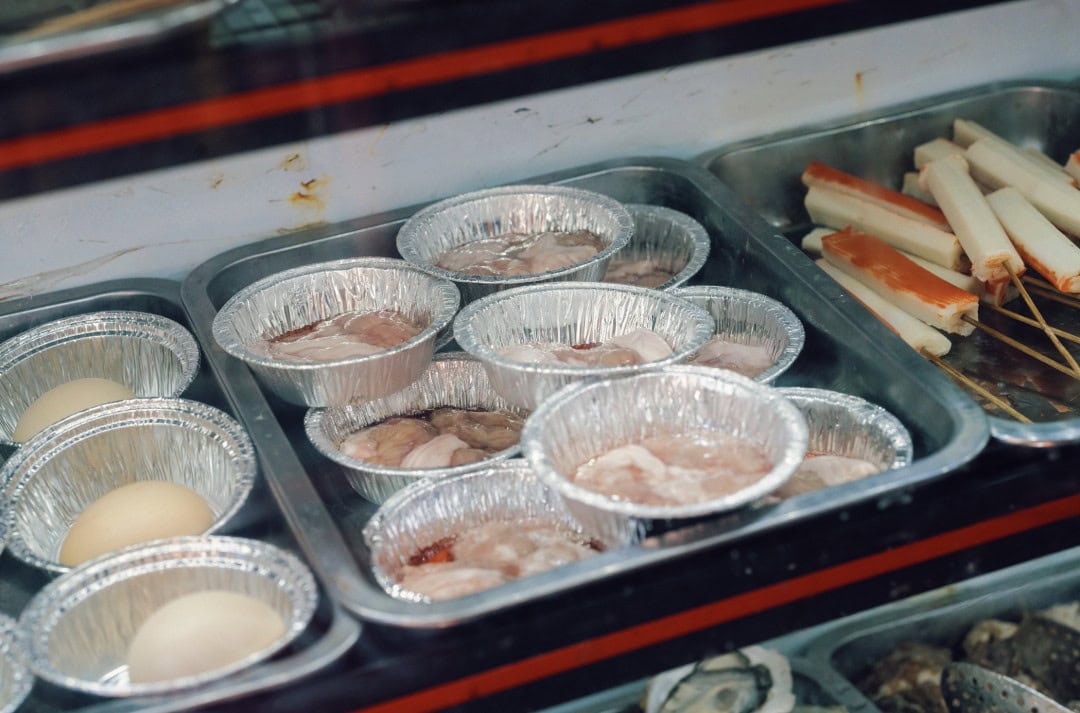
Bustling temples with strong incense, architecturally rich buildings, streets with stories, and unforgettable traditional flavors.
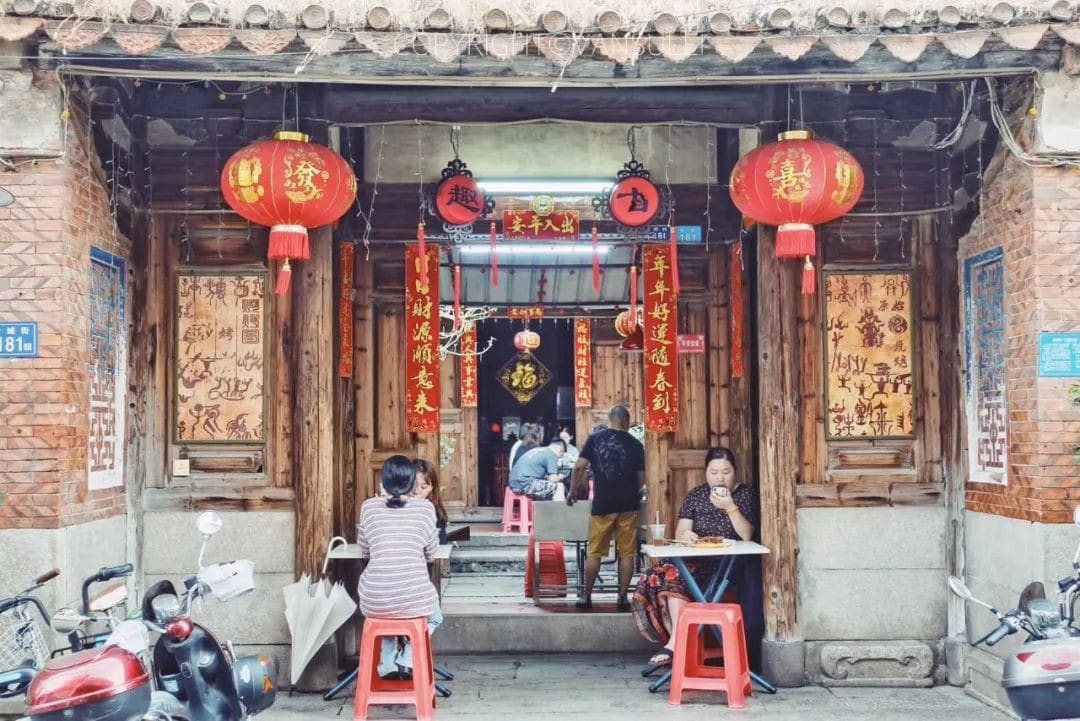
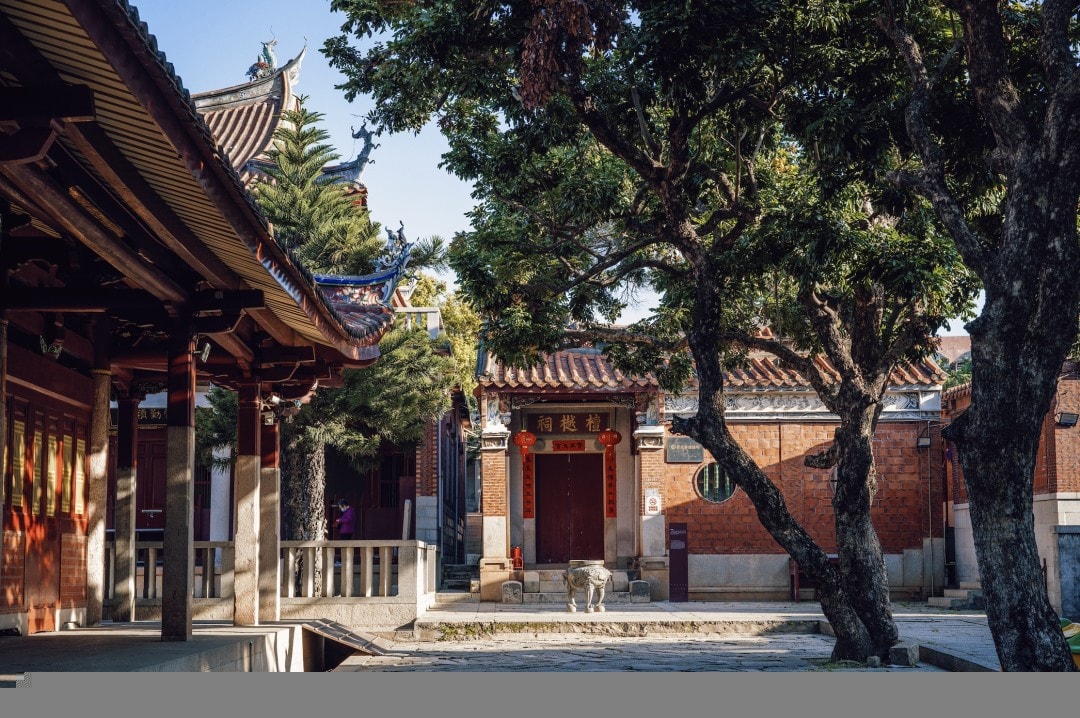
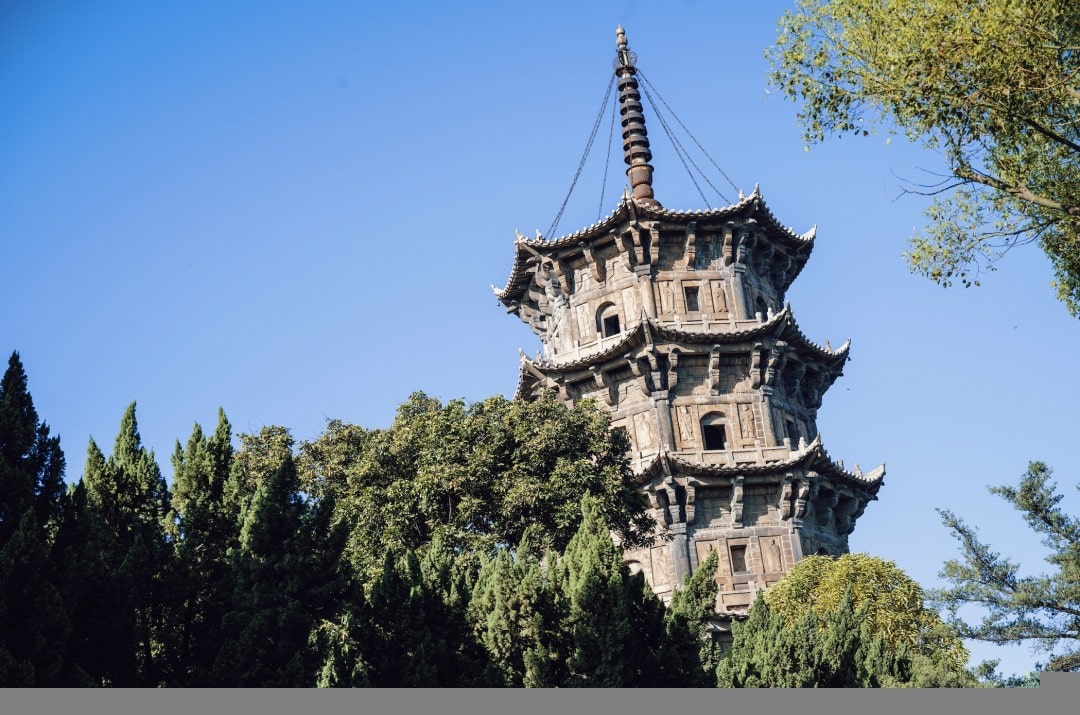
1) Bustling Temples with Strong Incense
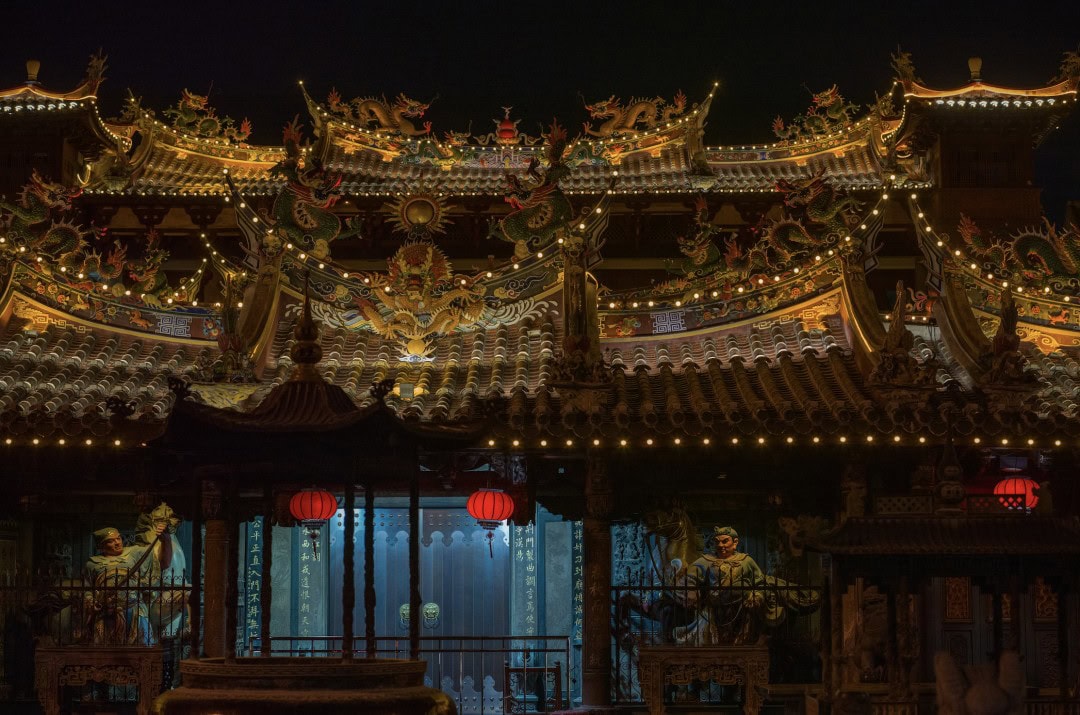
There are over six thousand temples here, housing deities from around the world, making it a veritable museum of world religions.
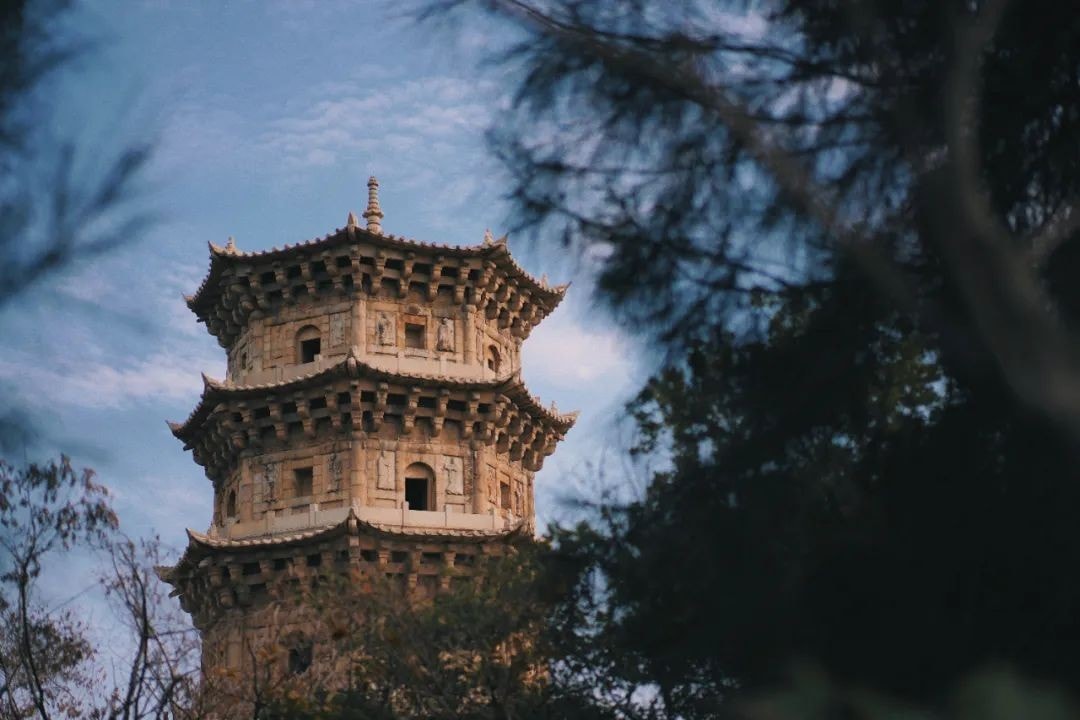
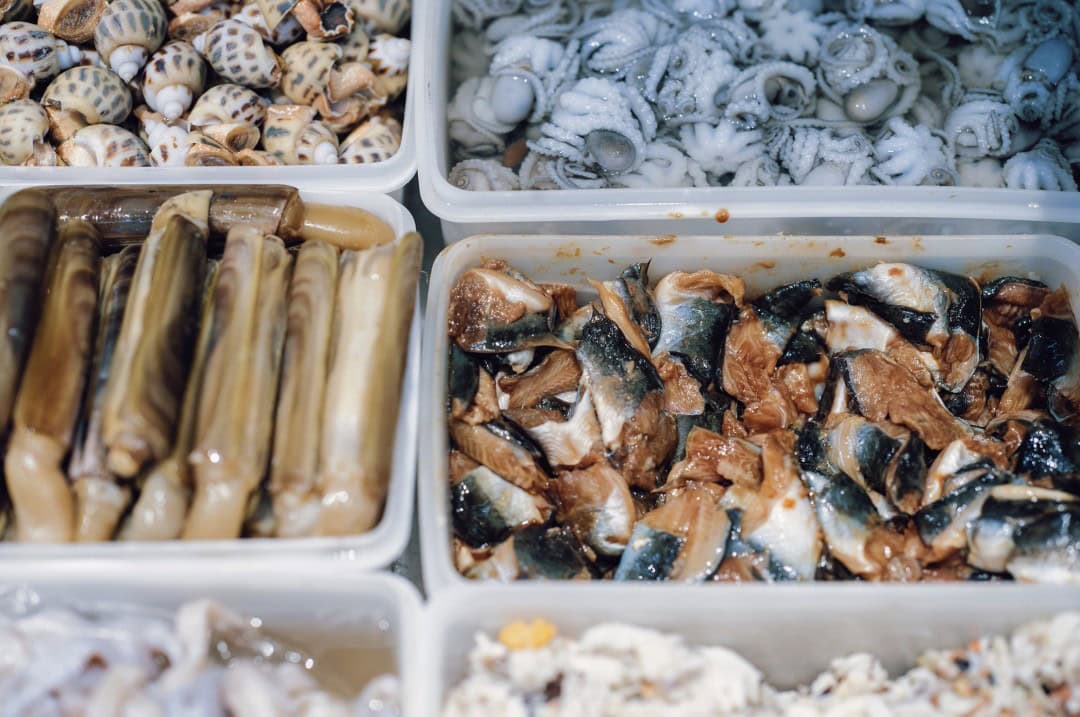
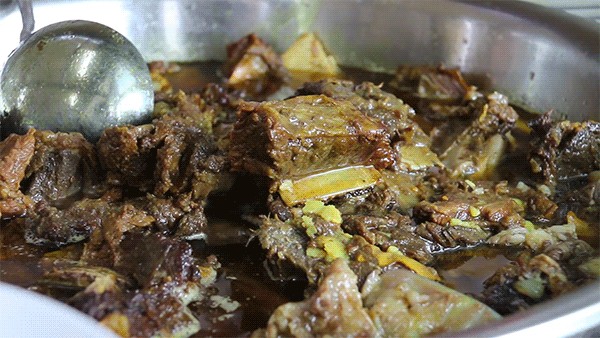
Tianhou Palace
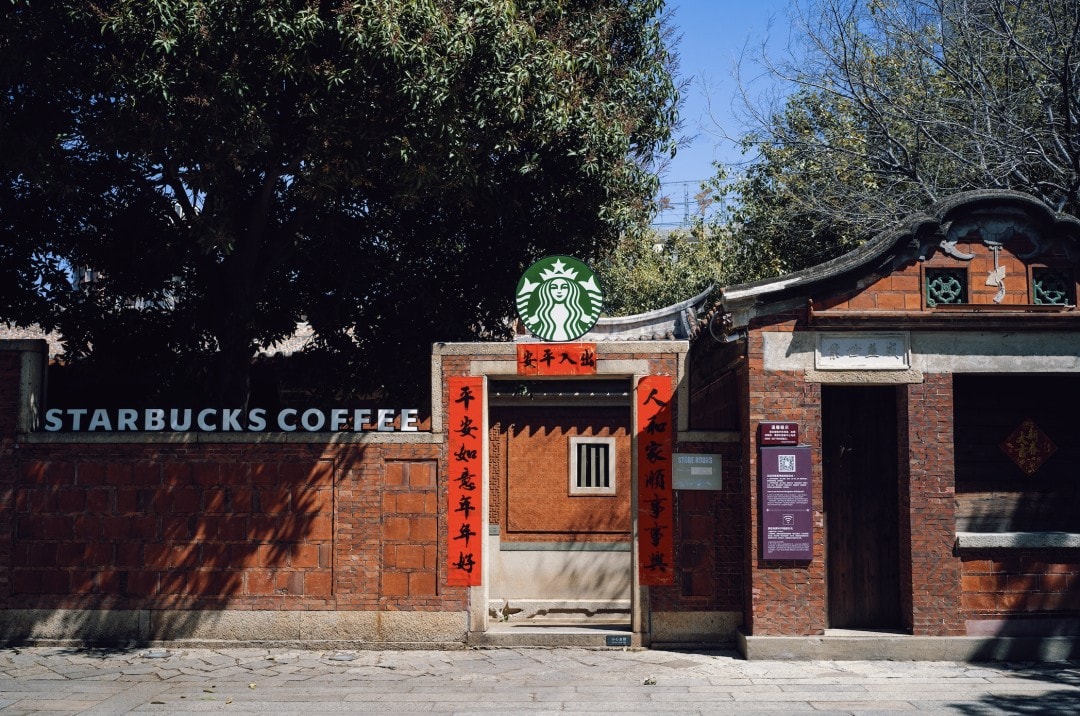
First on the list is the Tianhou Palace, dedicated to Mazu, the goddess of the sea, who is highly revered in southern coastal areas.
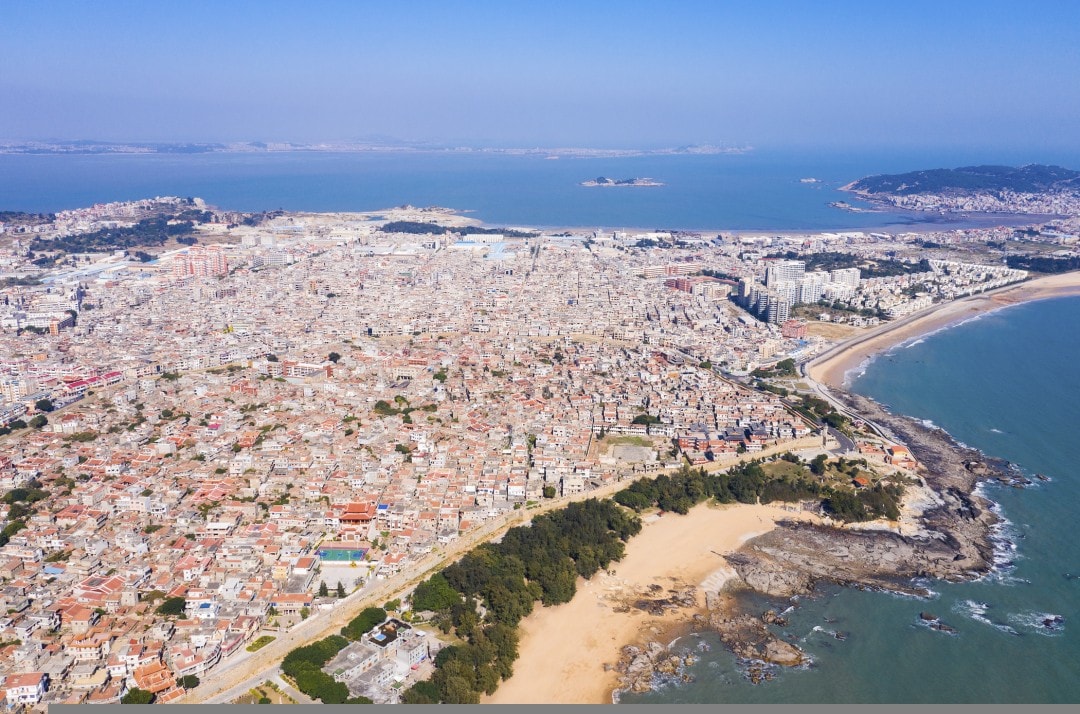
The Tianhou Palace in Quanzhou is exceptionally beautiful and is traditionally considered the oldest, highest-specification, and largest temple for Mazu worship both domestically and internationally.
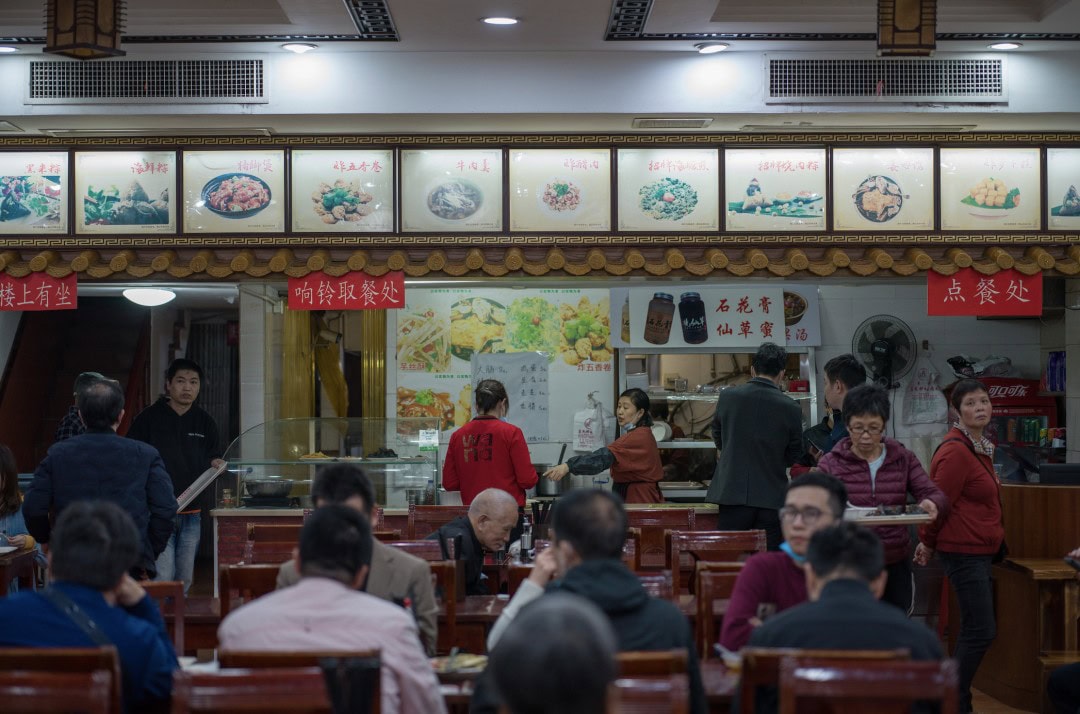
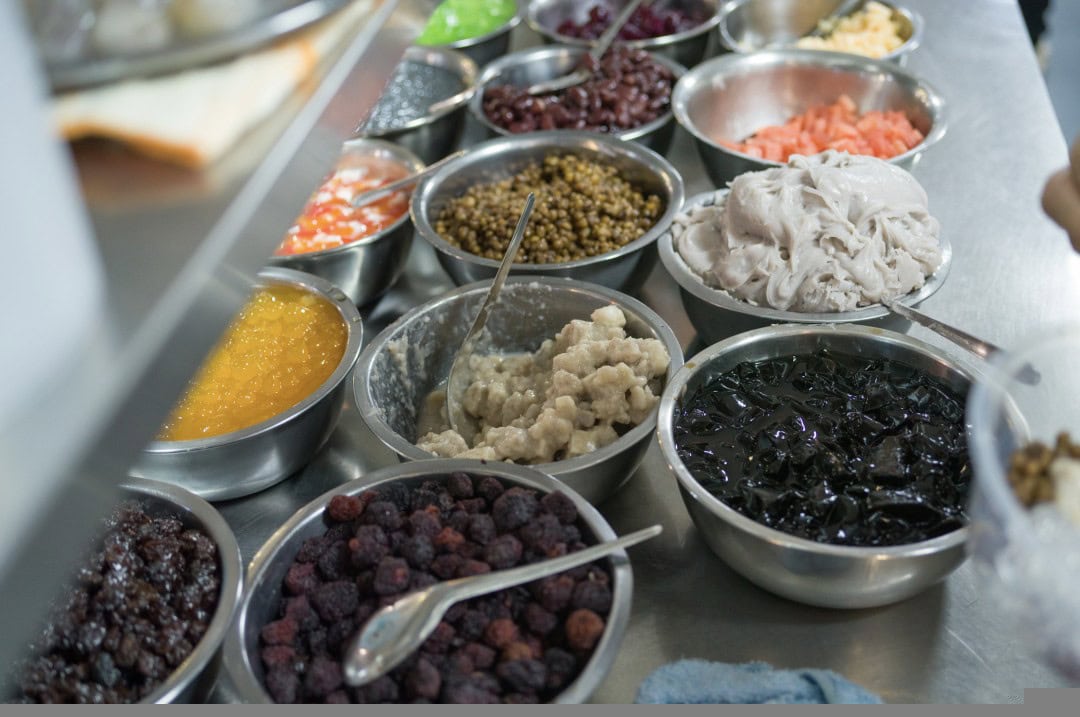
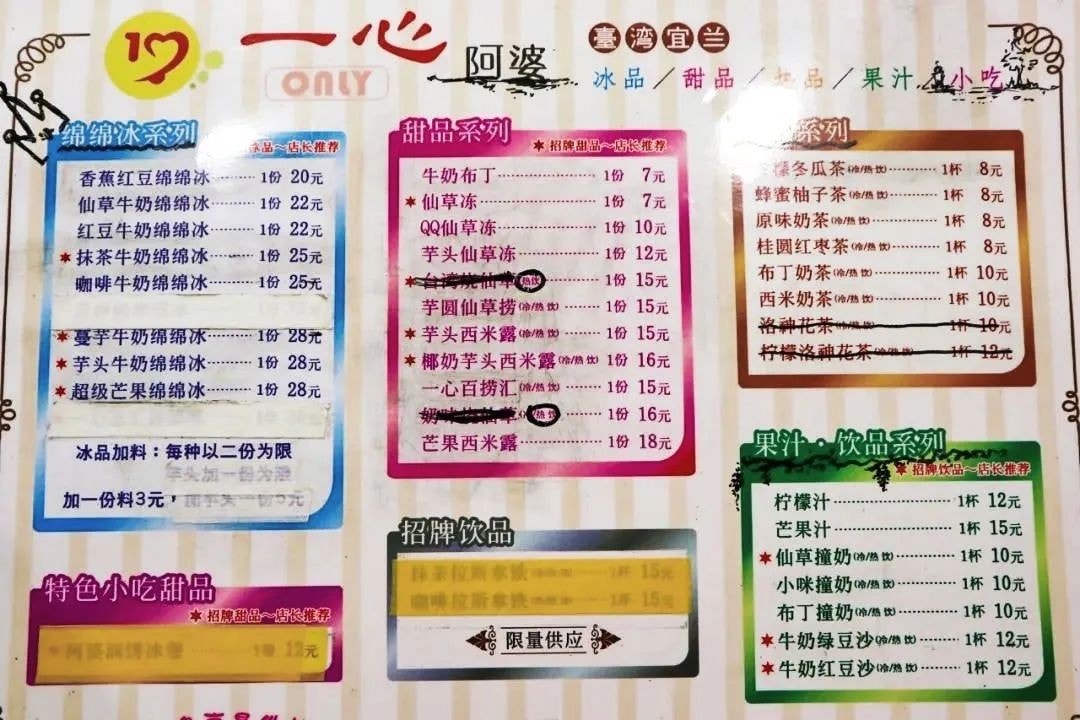
There is also a theater within the palace where performances such as puppet shows are held at specific times.
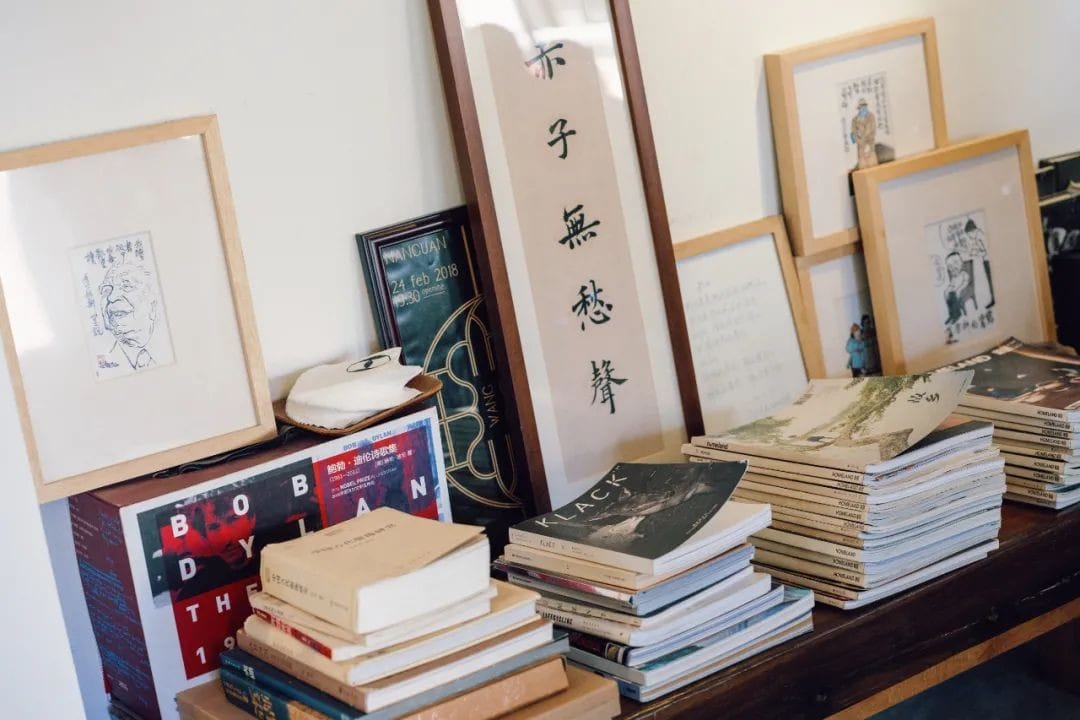
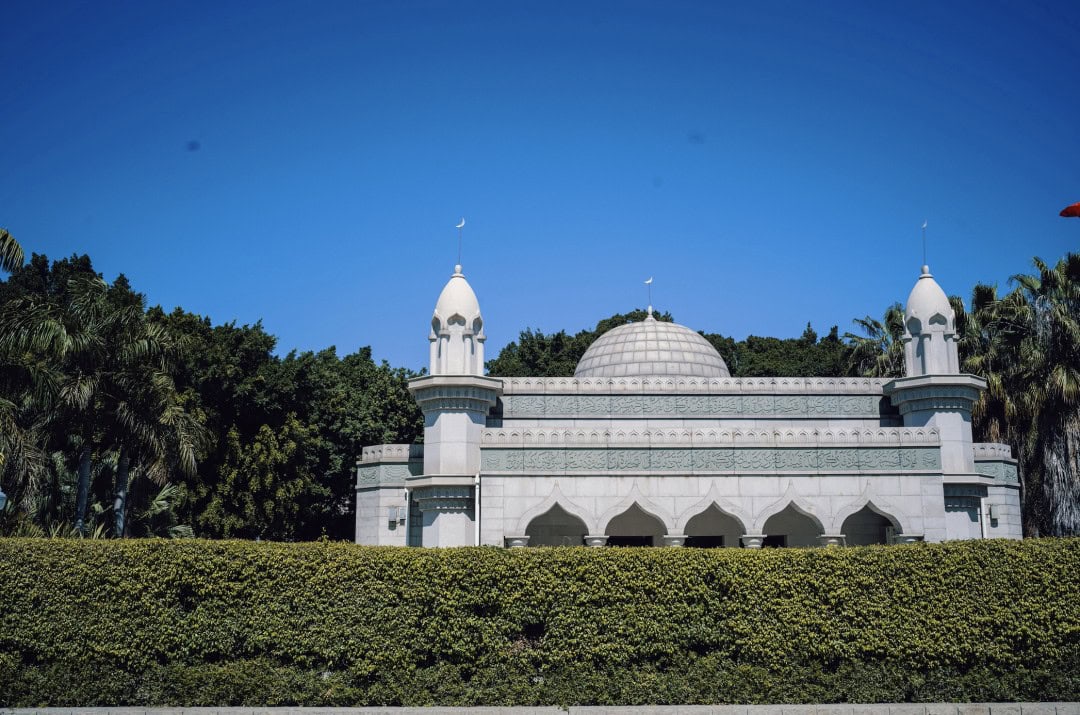
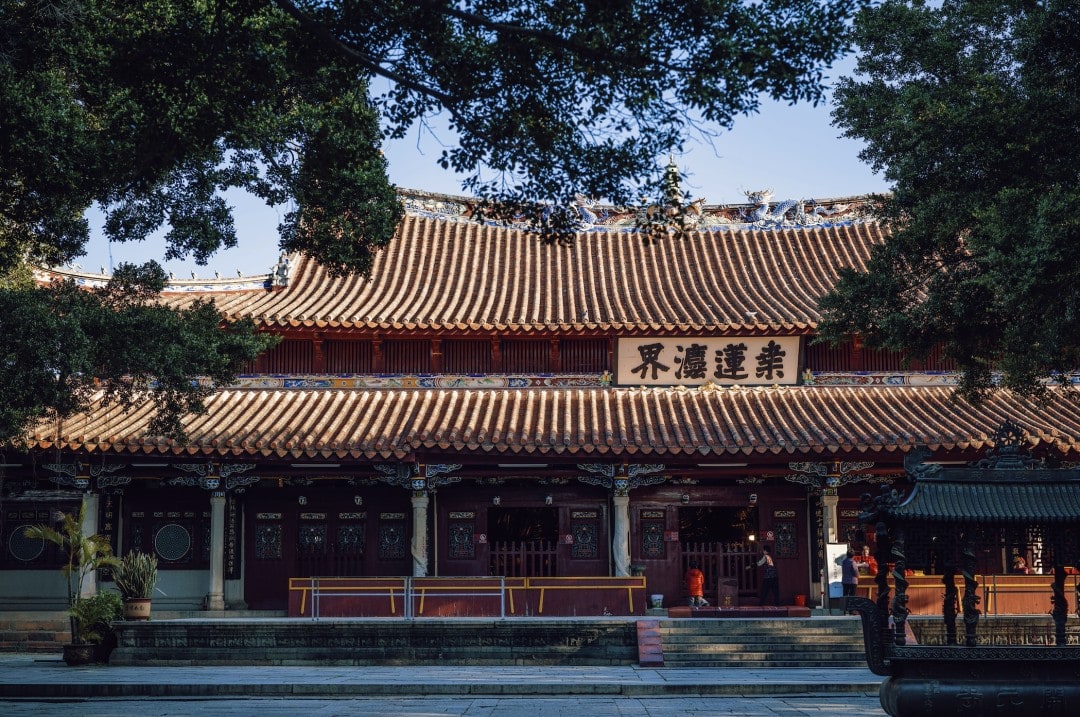
Kaiyuan Temple
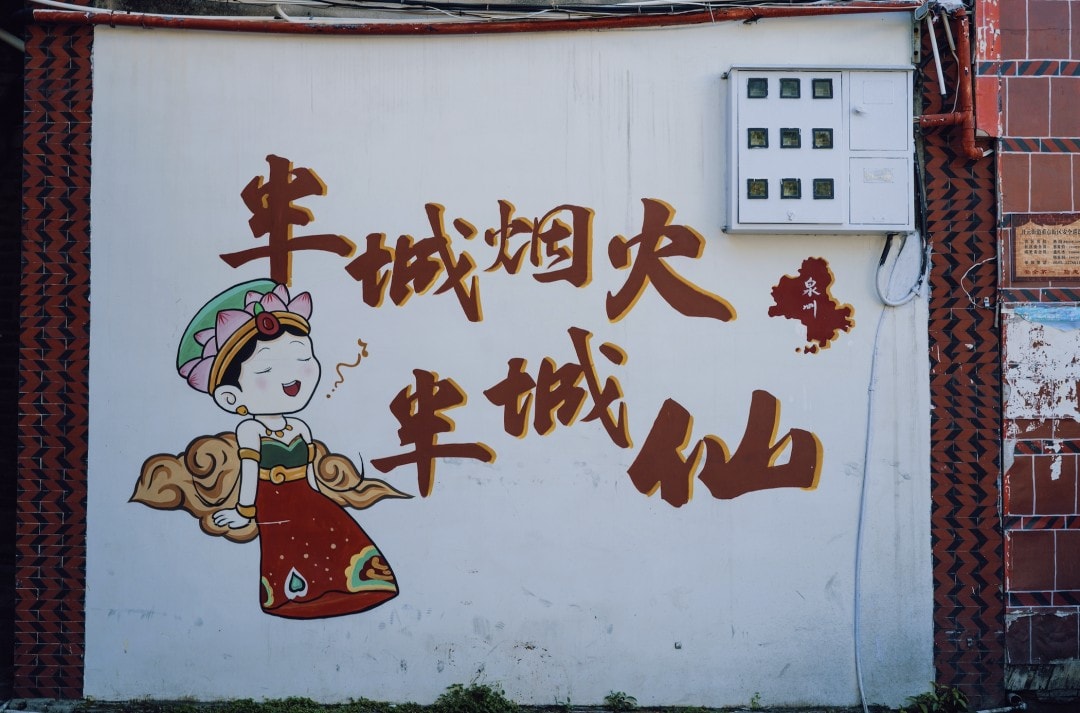
Kaiyuan Temple is the largest Buddhist temple in Fujian and is definitely worth a visit.
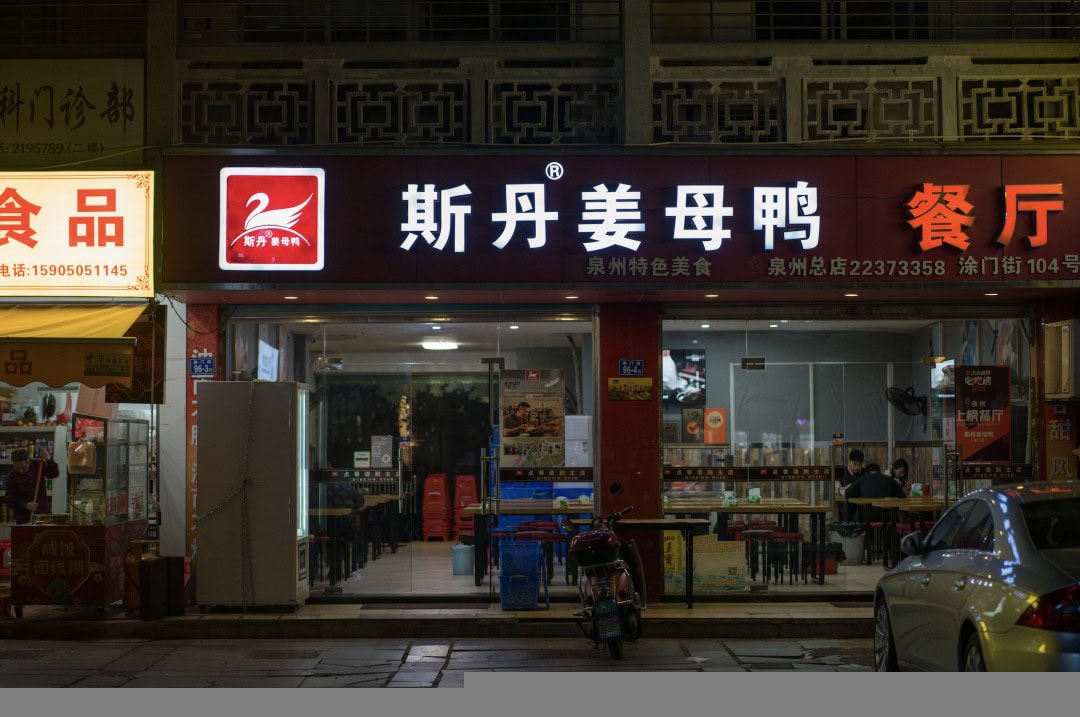
It was originally built in the second year of Empress Wu Zetian’s reign during the Tang Dynasty and was initially named Lianhua Temple. With a history of over 1,300 years, it once rivaled the White Horse Temple in Luoyang and the Lingyin Temple in Hangzhou.
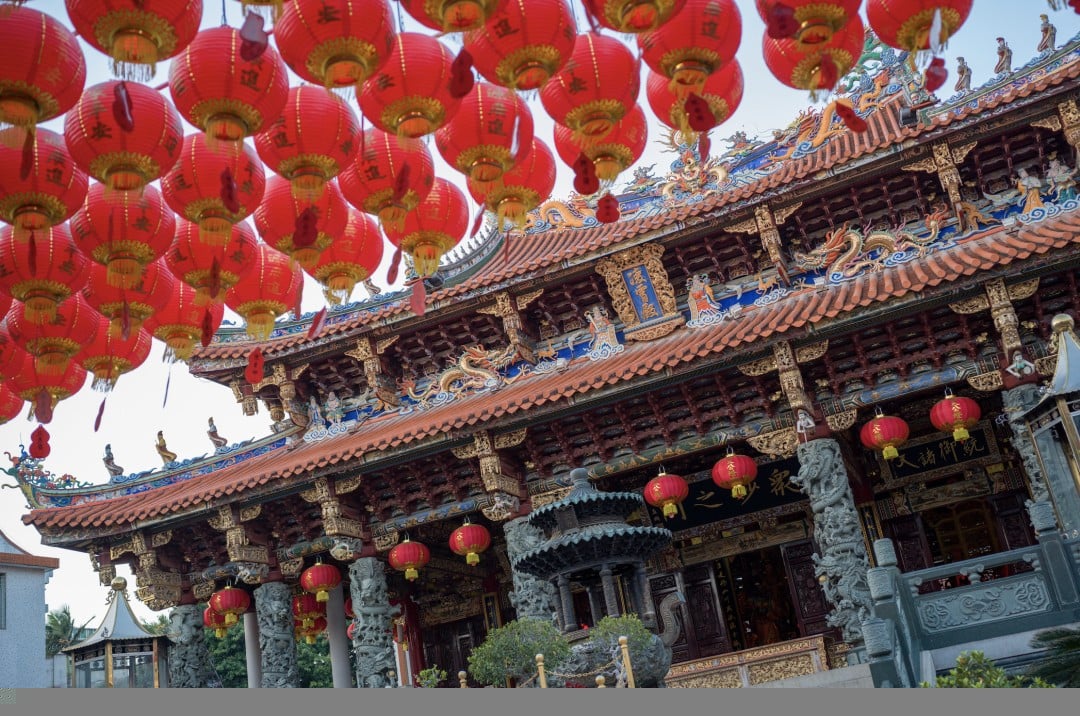
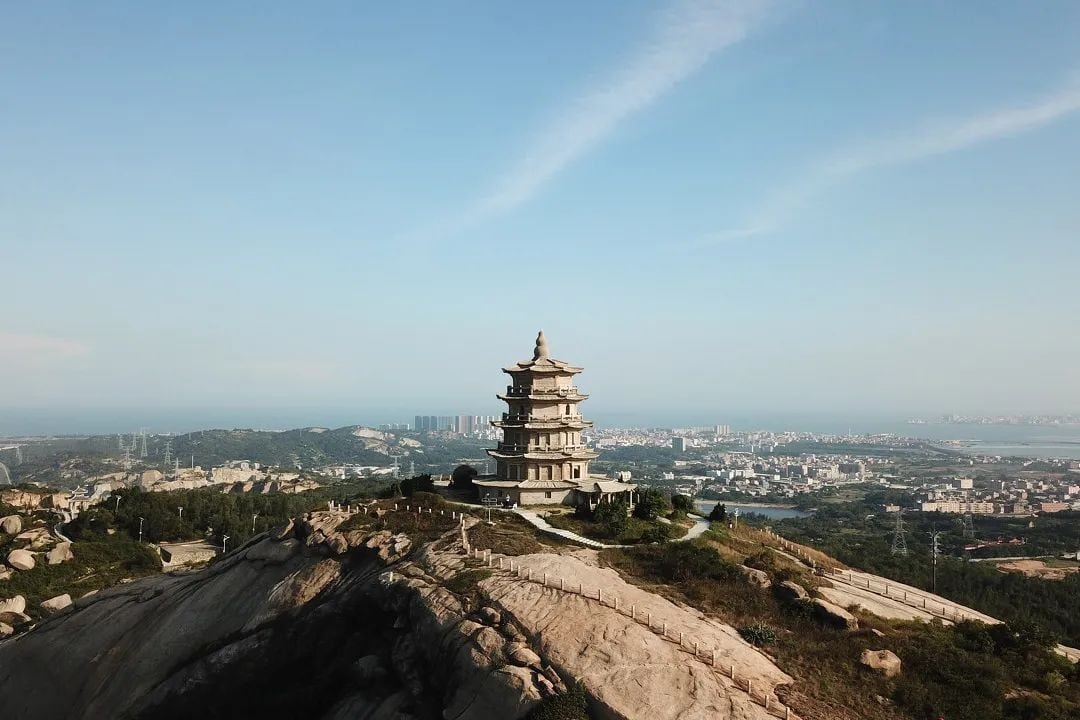
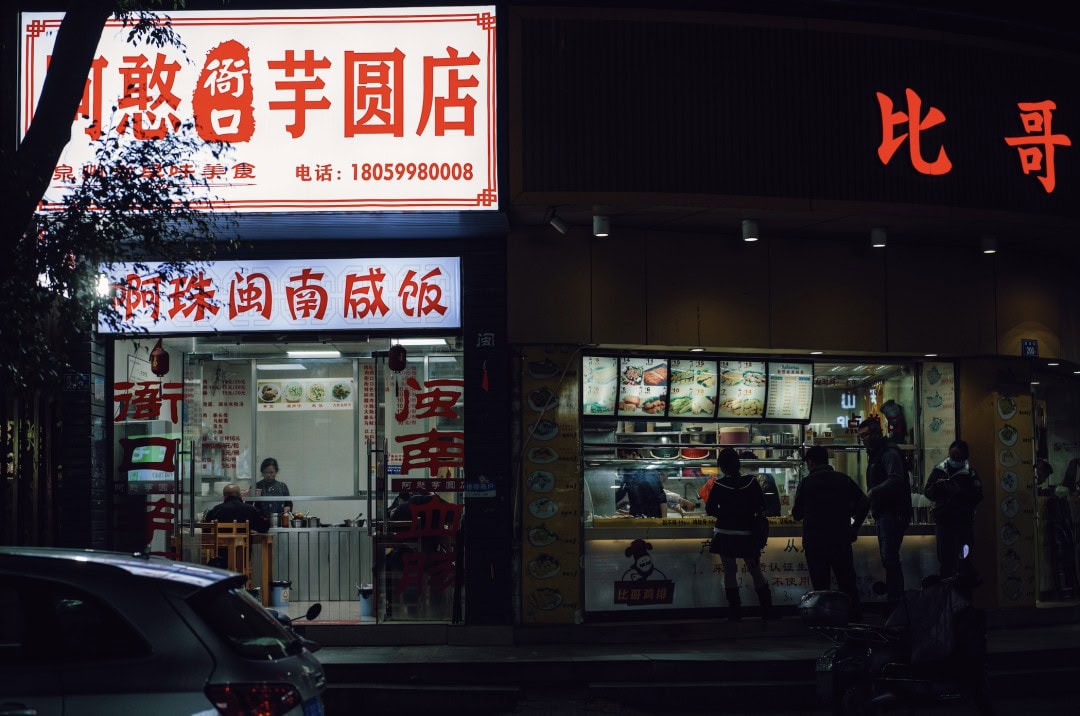
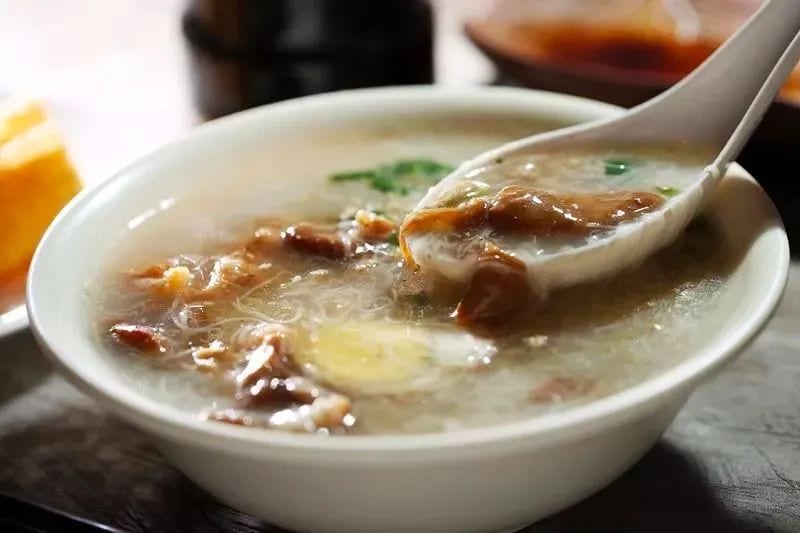
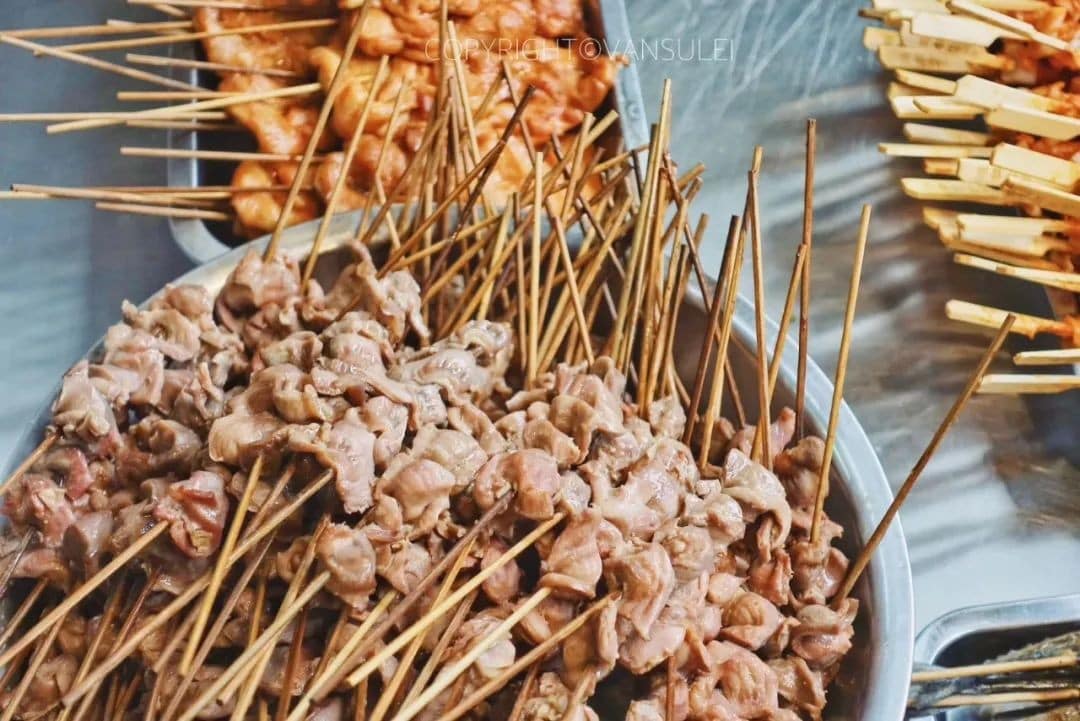
Within the Kaiyuan Temple, there is a museum dedicated to Master Hongyi, which provides a detailed account of his life. Those interested in this literary figure of the Republic of China era should pay a visit.
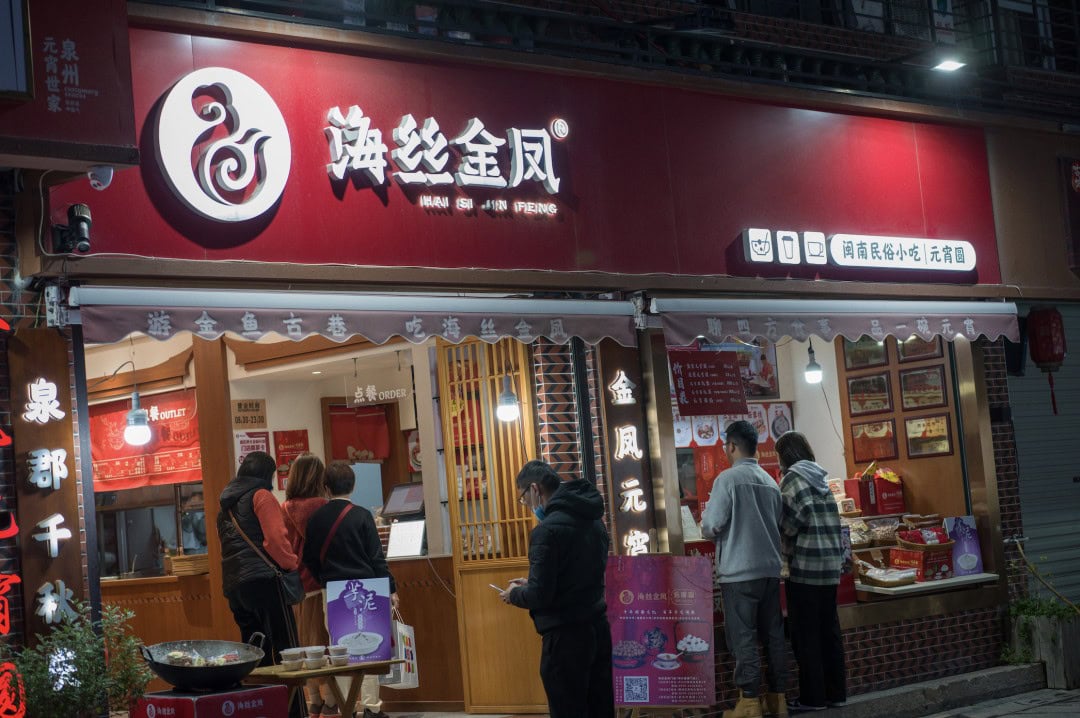
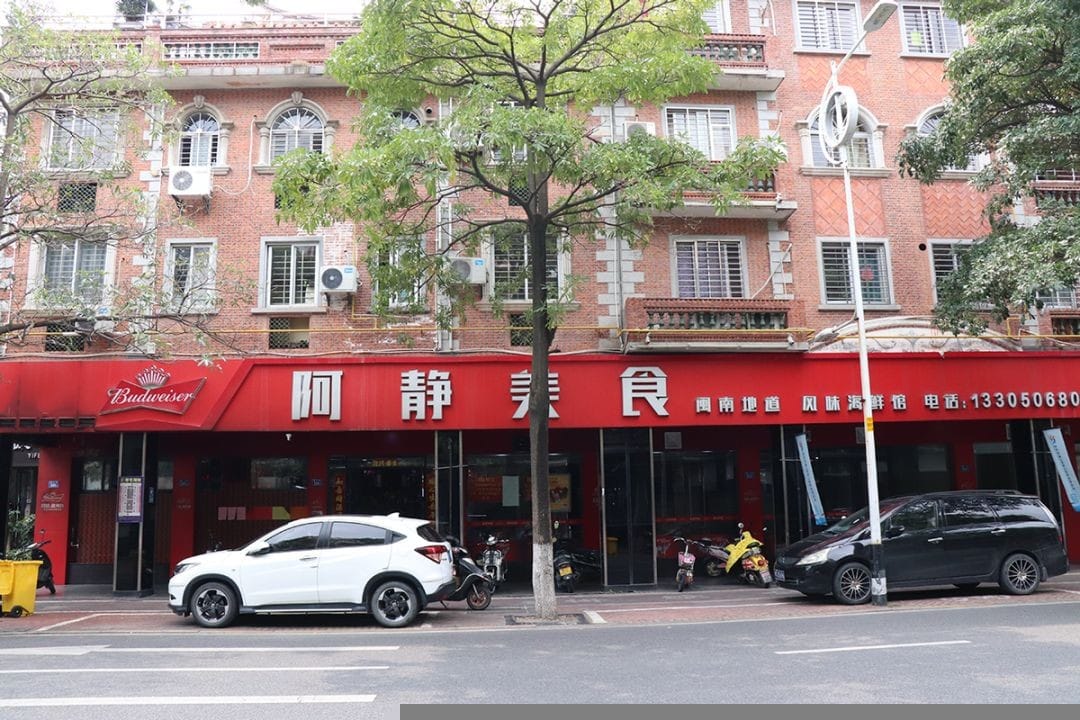
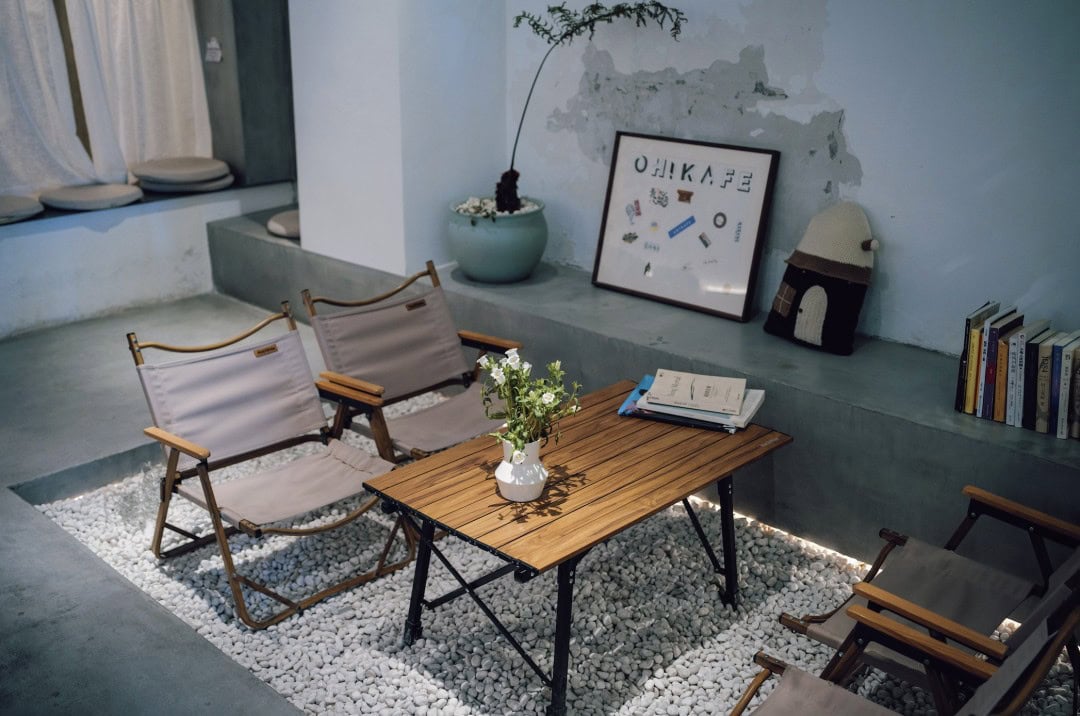
The temple also features two pagodas, the East Pagoda standing at 48 meters and named “Zhen Guo,” and the West Pagoda at 44 meters named “Ren Shou.” These pagodas are iconic landmarks of Quanzhou.
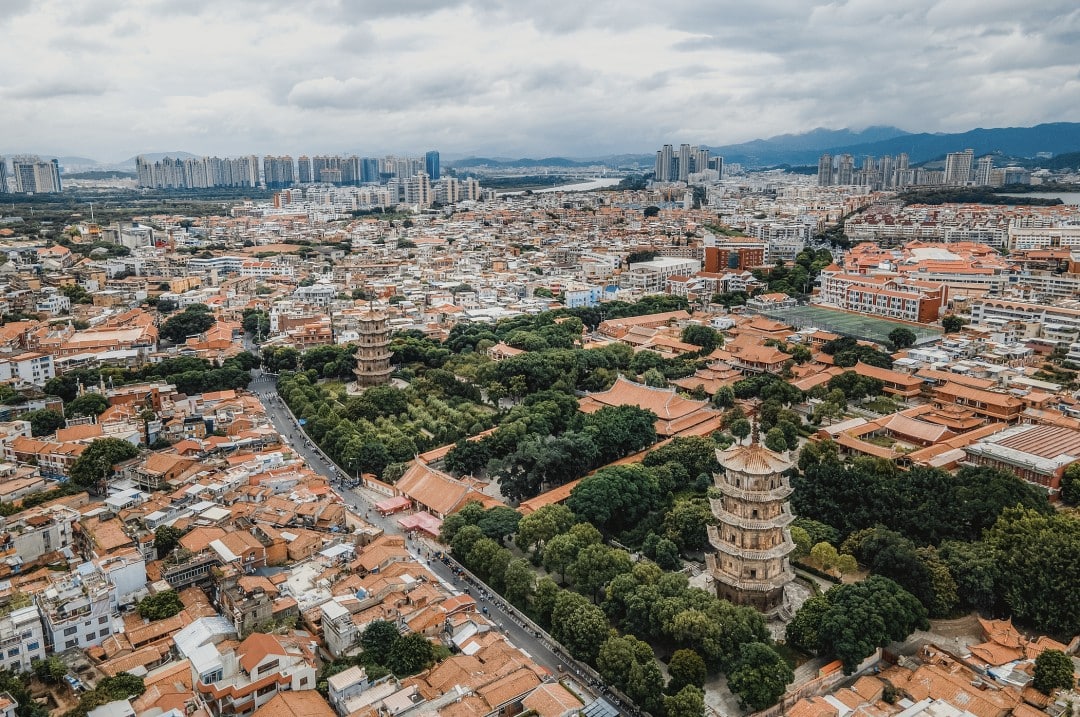
These two pagodas are akin to the “sea-stabilizing divine needles” of Quanzhou, blessing the city with favorable weather and smooth sailing.
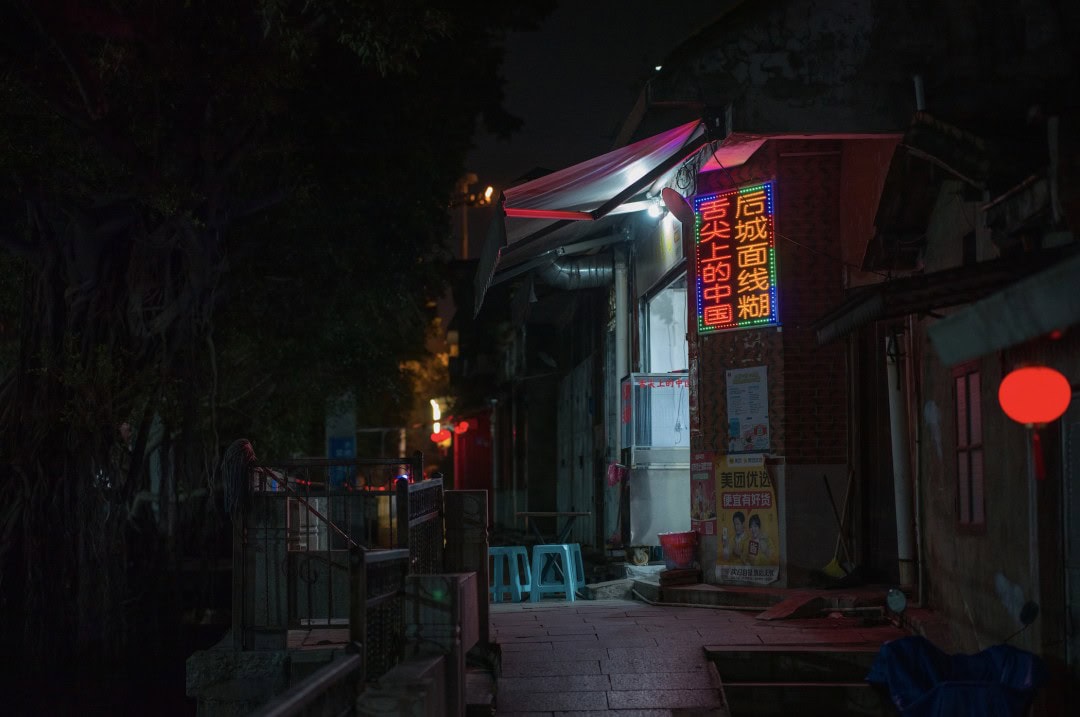
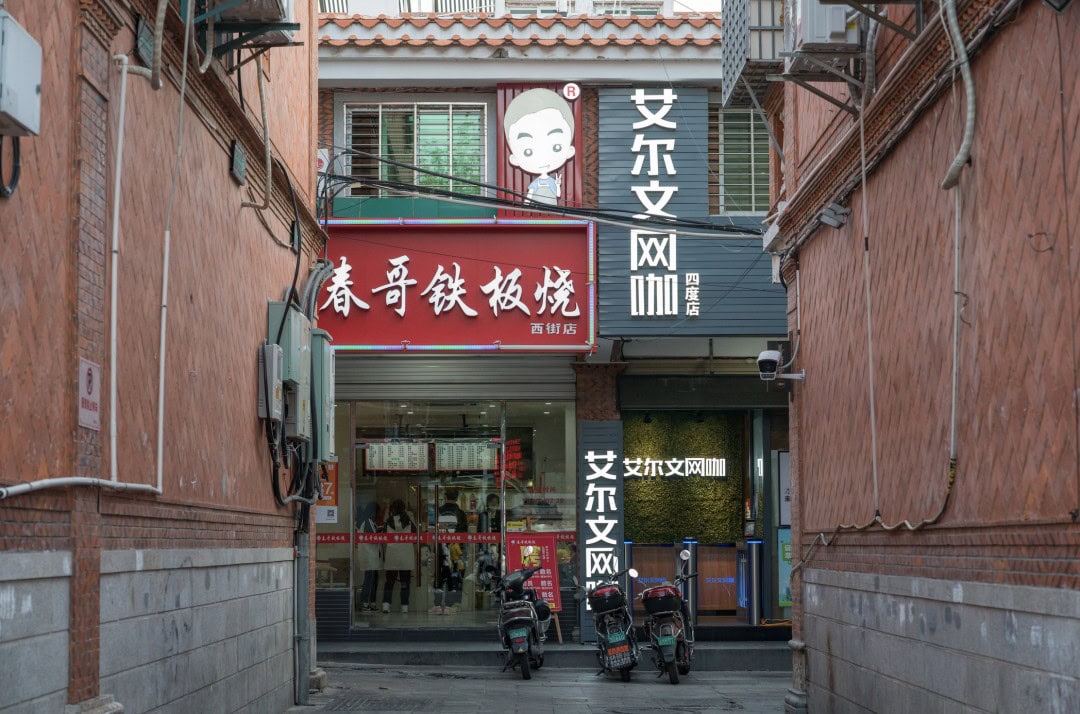
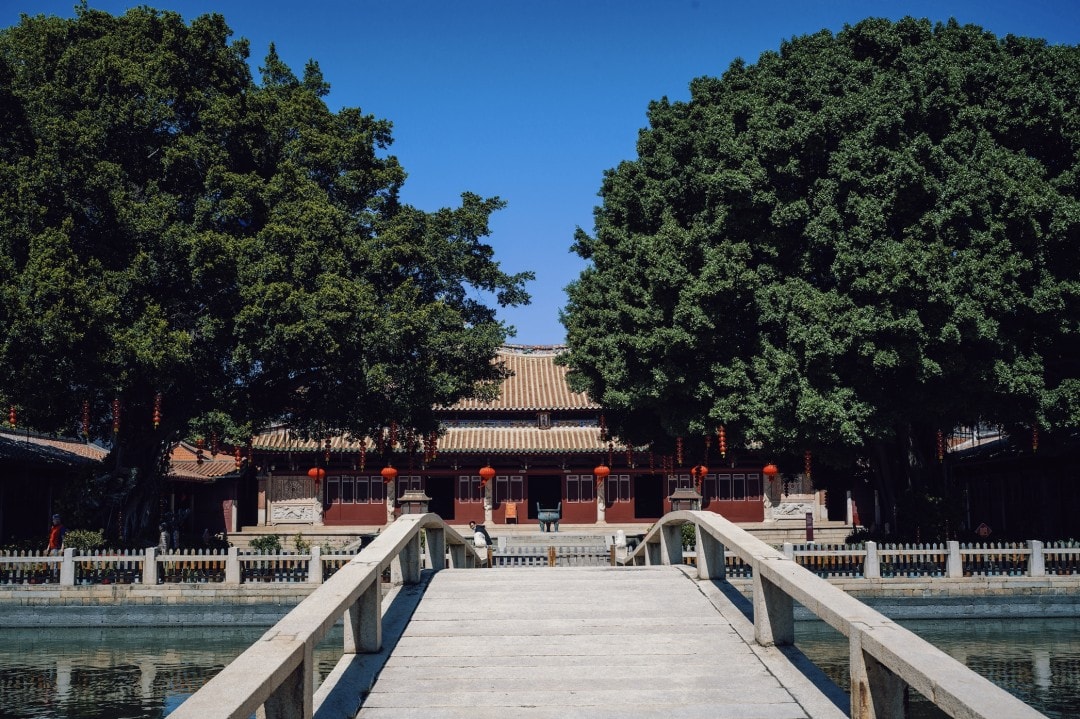
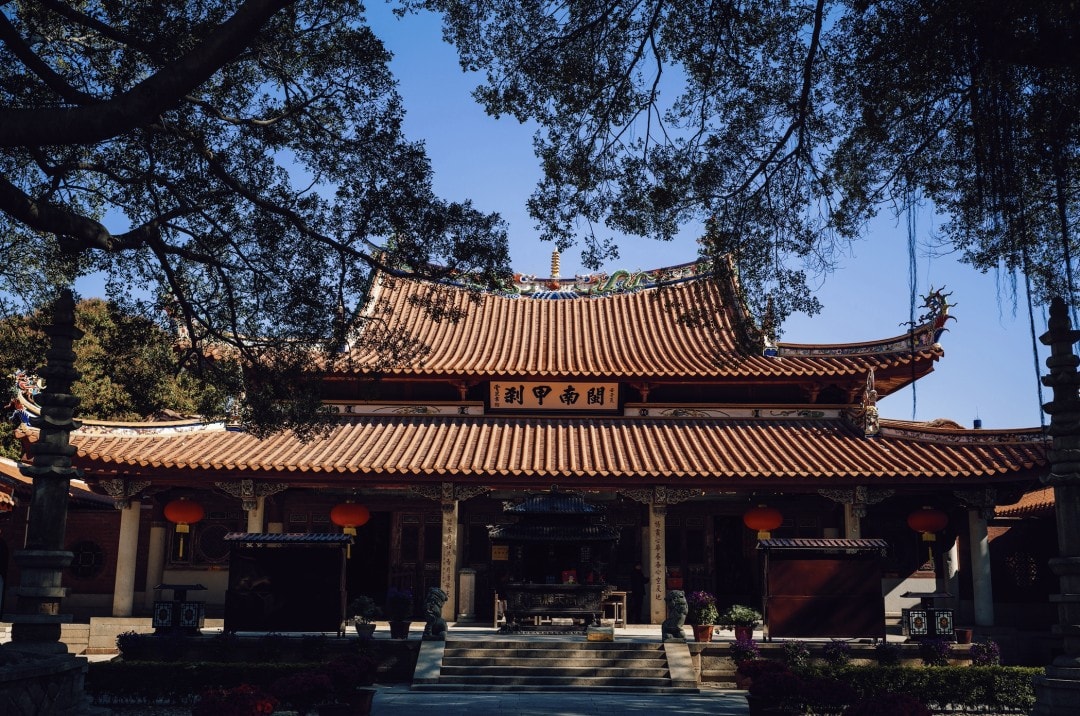
**Chengtian Chan Temple**
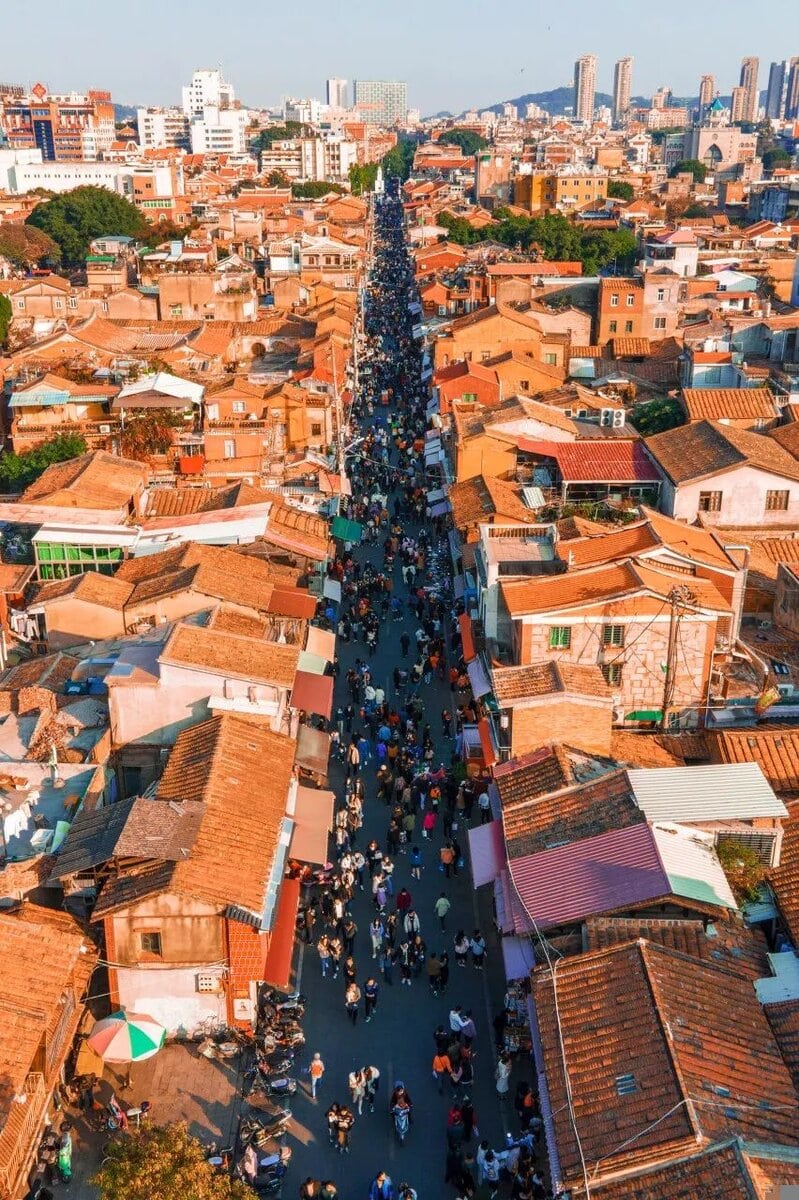
The Chengtian Temple ranks second in size to Kaiyuan Temple in Quanzhou and holds the title of the best temple in southern Fujian.
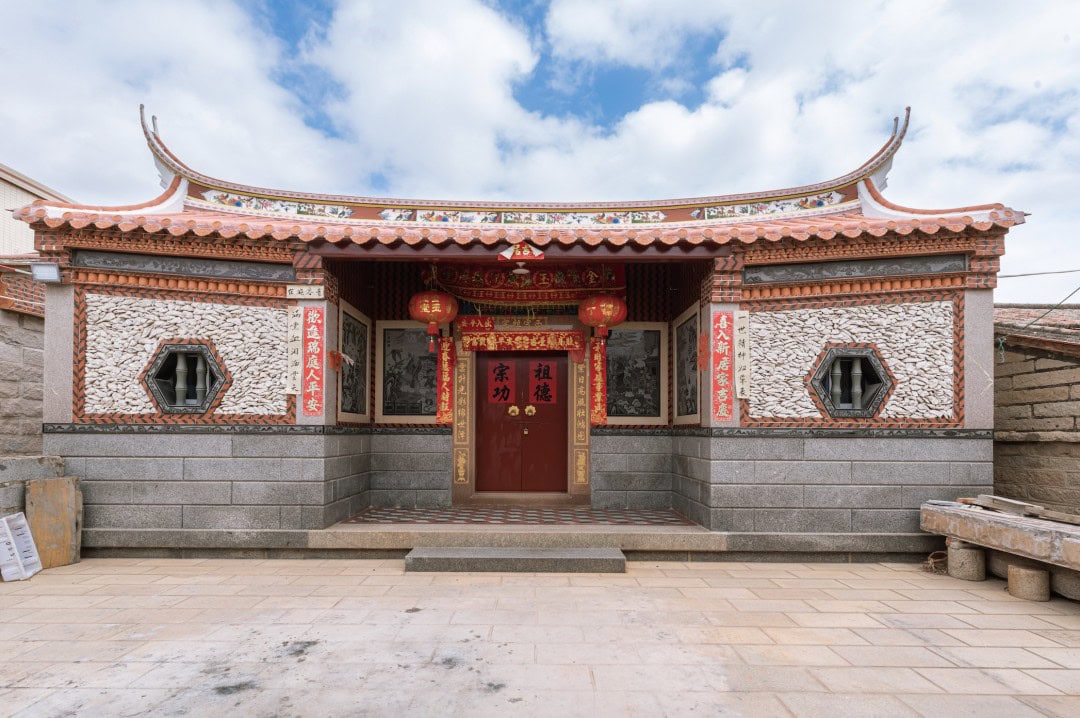
This temple is relatively quiet, despite being located in the bustling city. It is a serene oasis amidst the hustle and bustle of Quanzhou.
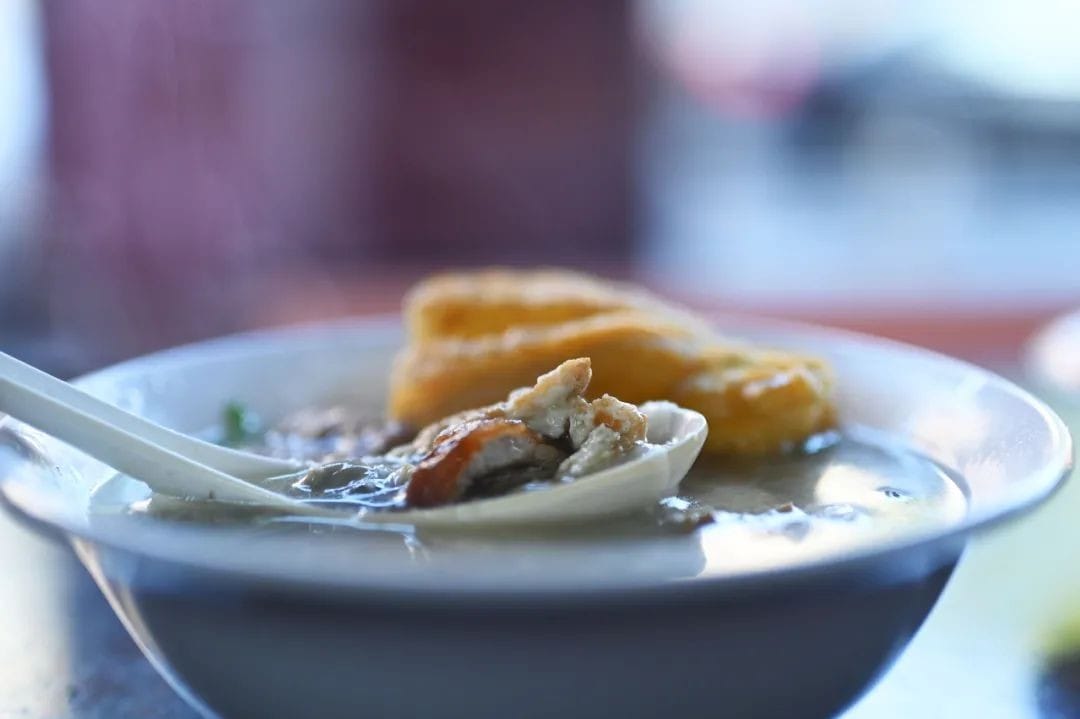
The temple also has a connection with Master Hongyi, who once resided here.
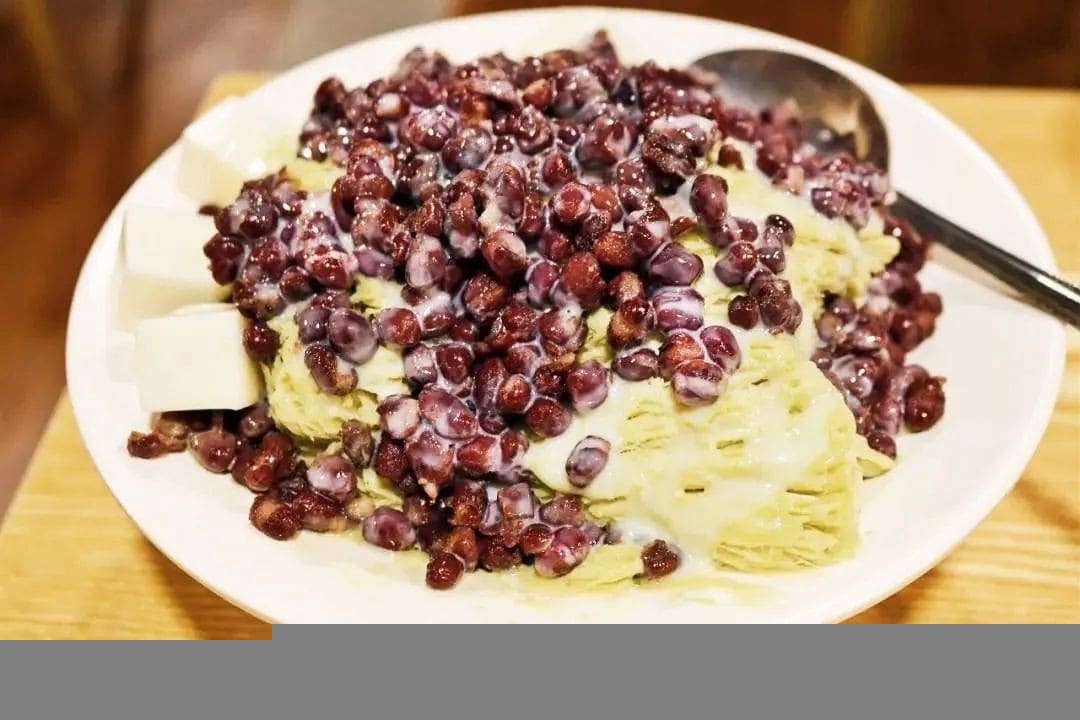
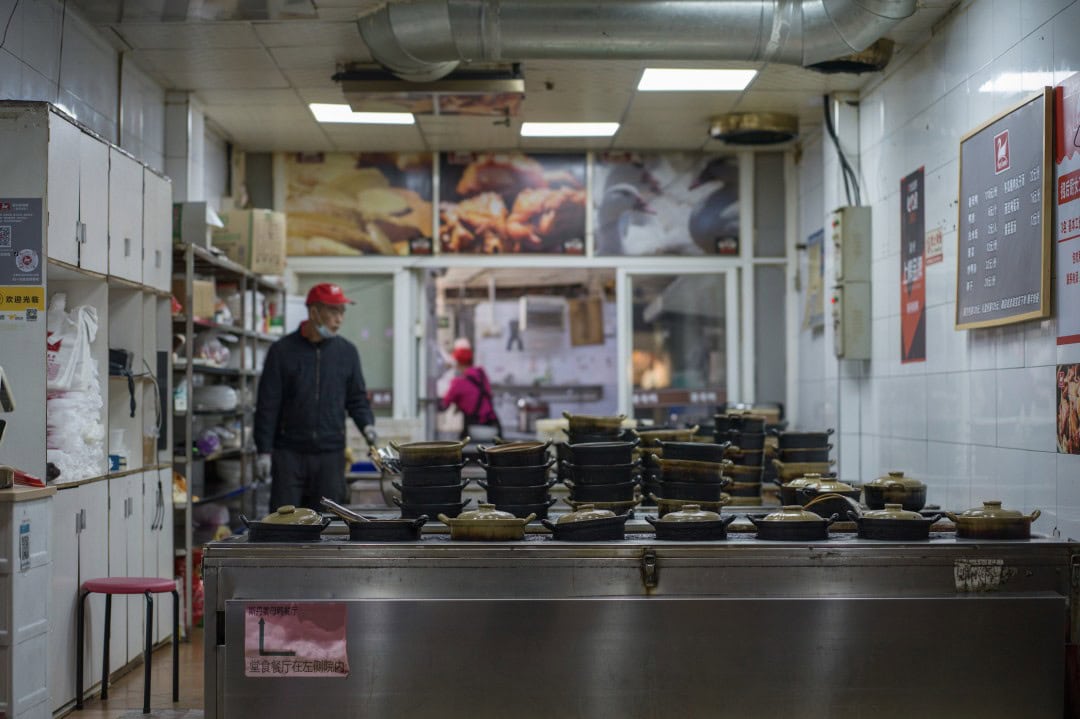
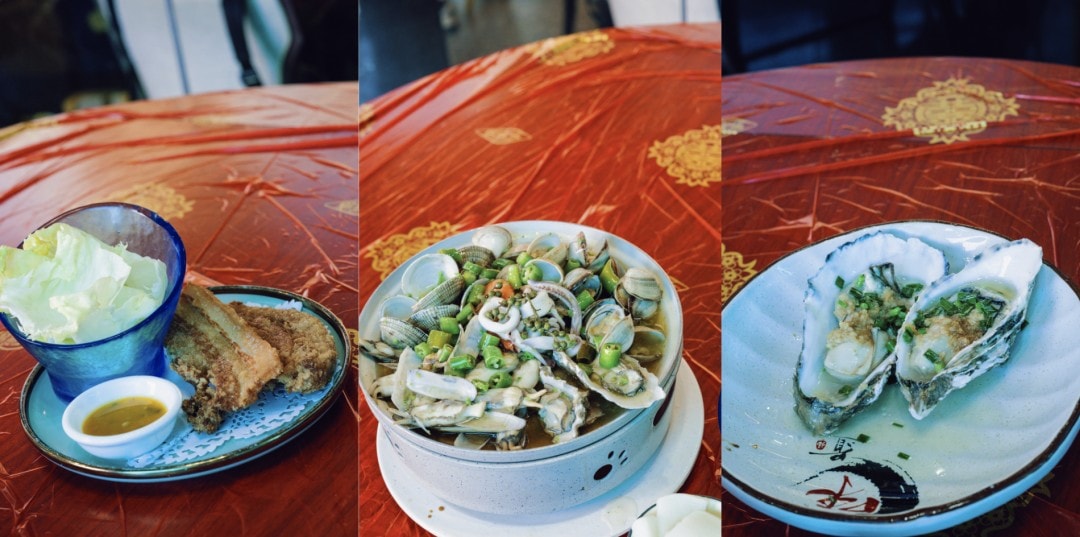
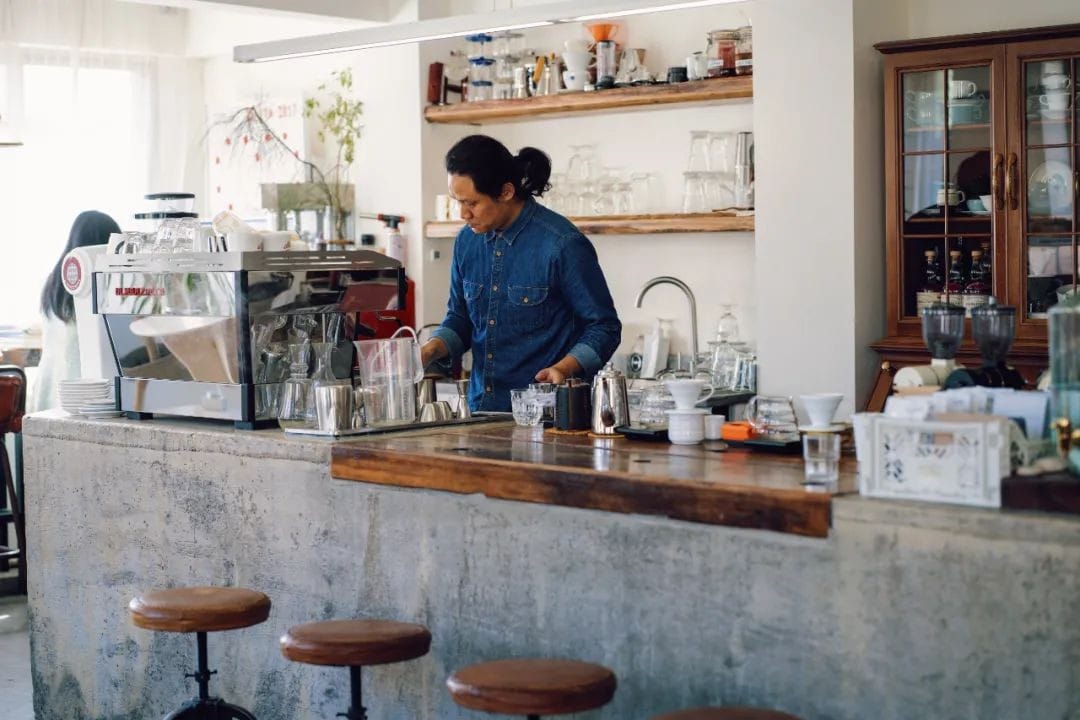

**Guandi Temple**
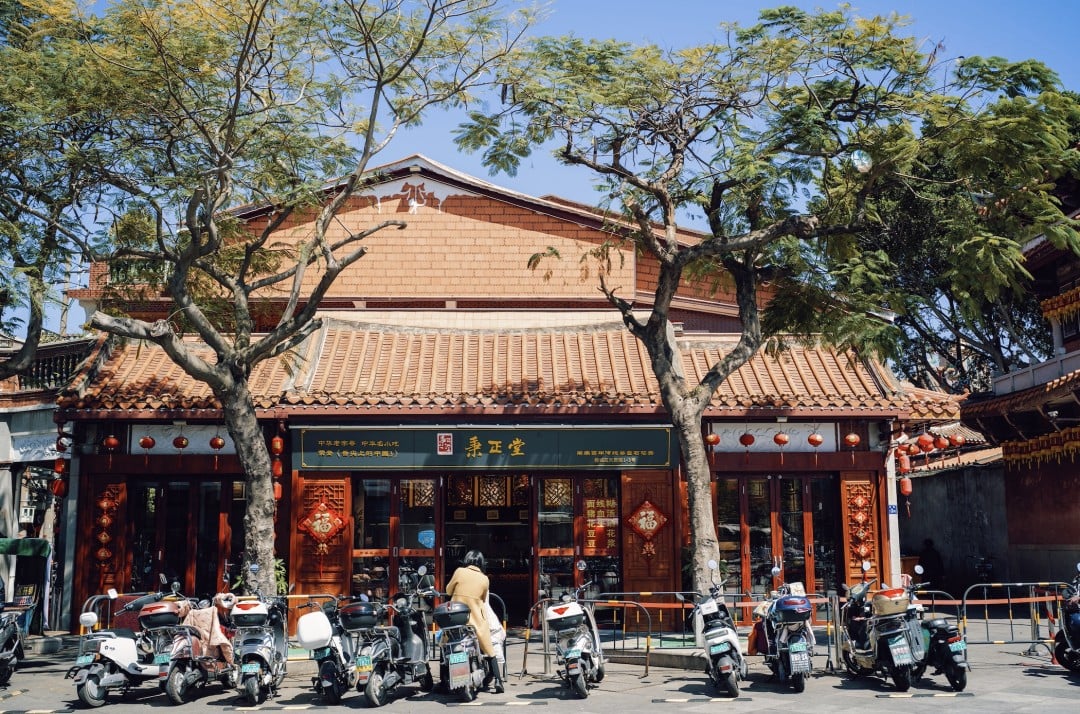
The Guandi Temple in Quanzhou is renowned for its (vibrant incense offerings), which are abundant year-round. Whenever there is a family matter, people often go to the Guandi Temple to seek a fortune-telling stick.
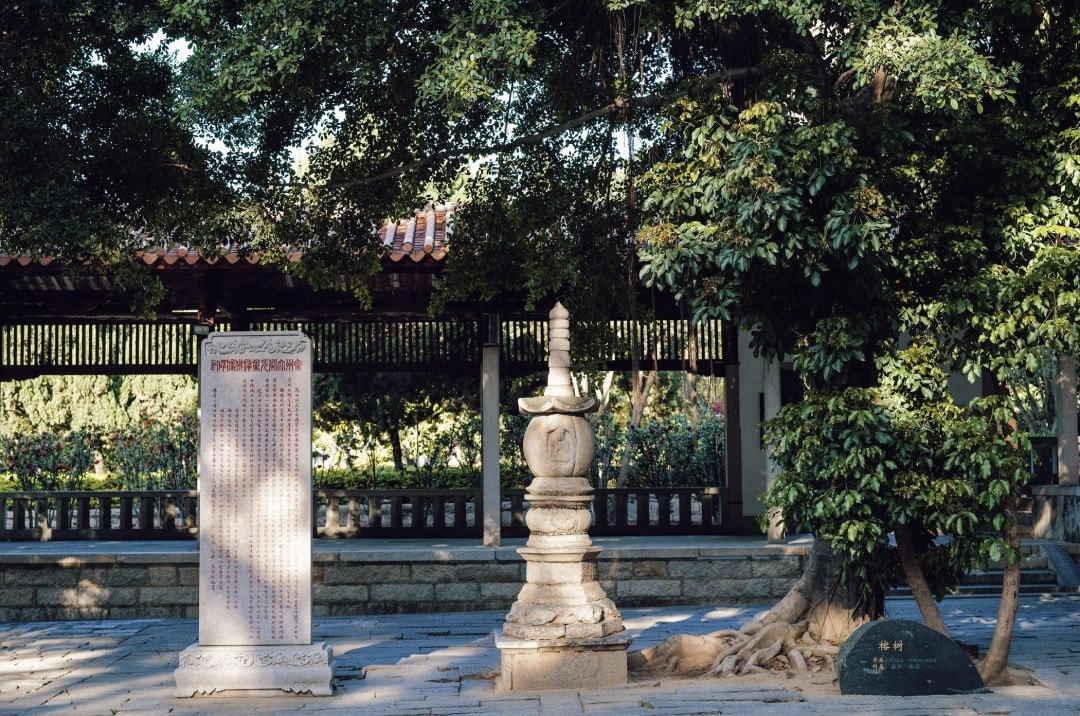
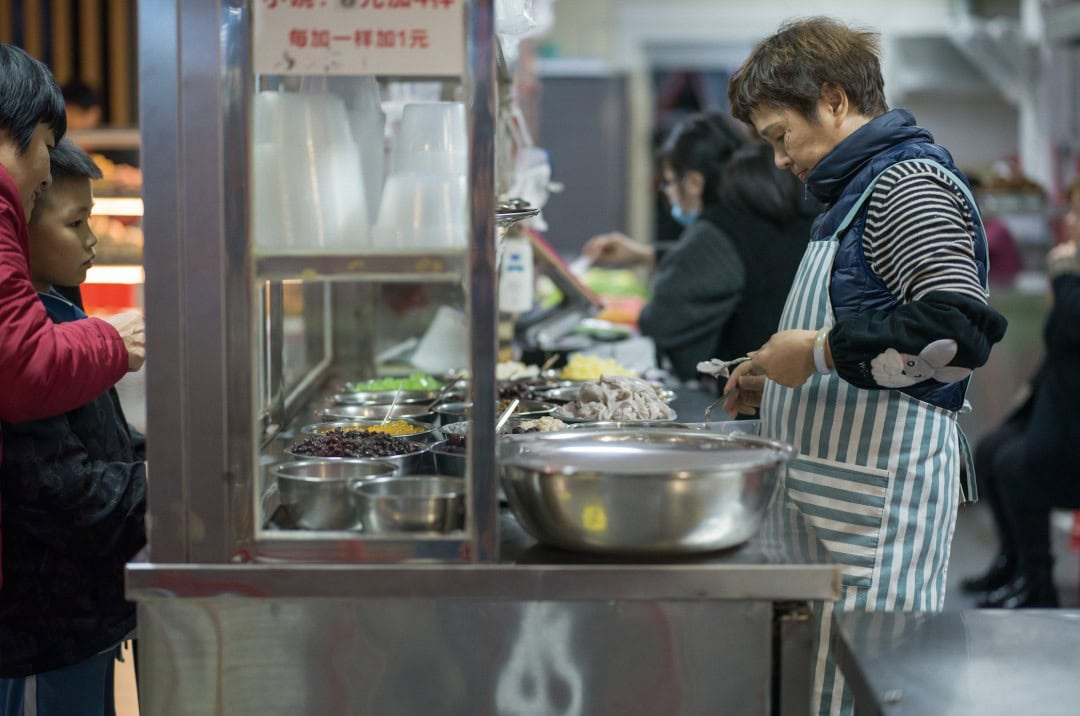
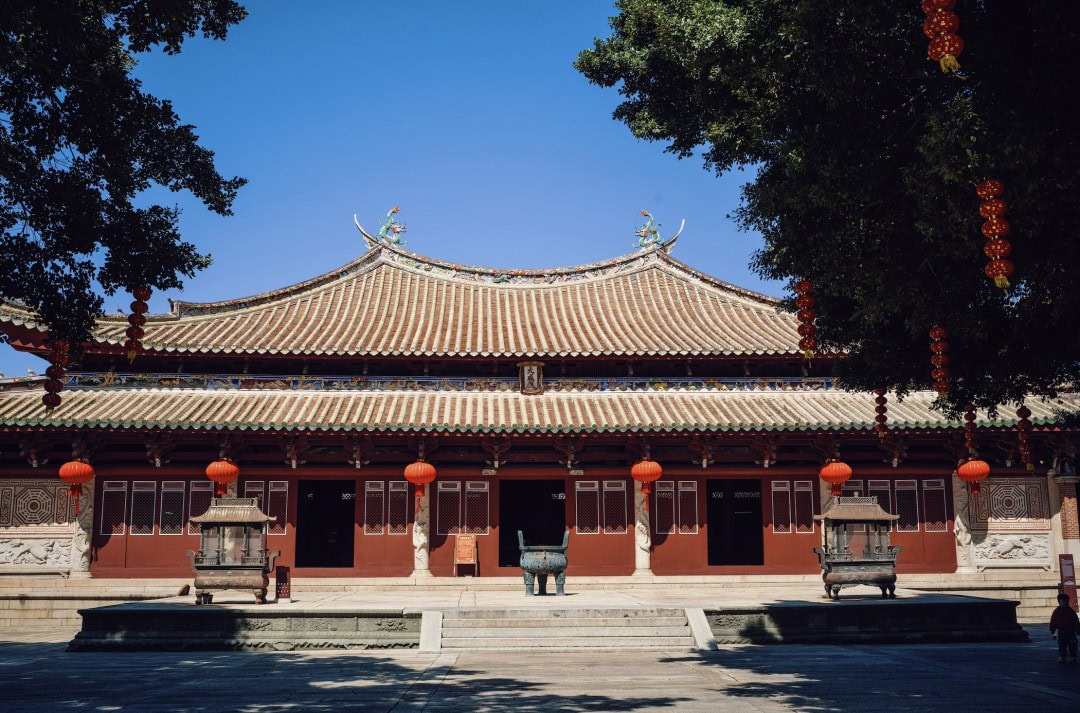
It is recommended to visit the Guandi Temple both during the day and at night. The incense offerings are lively during the day, and the lighting is beautiful at night. I remember one year’s Spring Festival Gala had a branch venue set up at the Guandi Temple in Quanzhou.
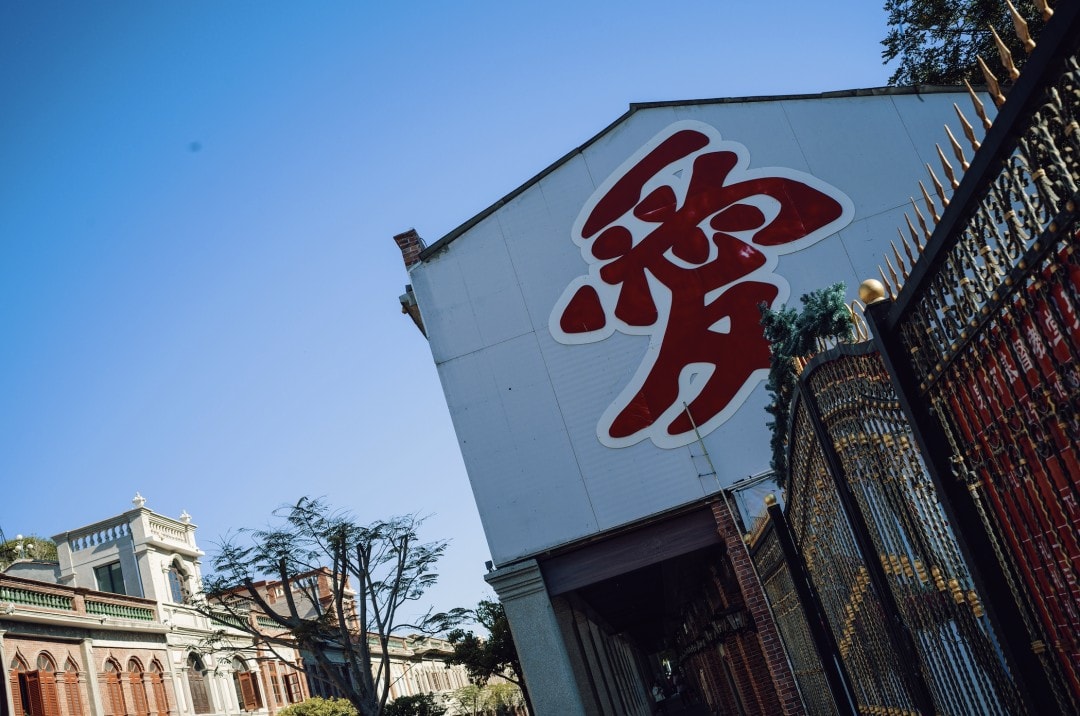
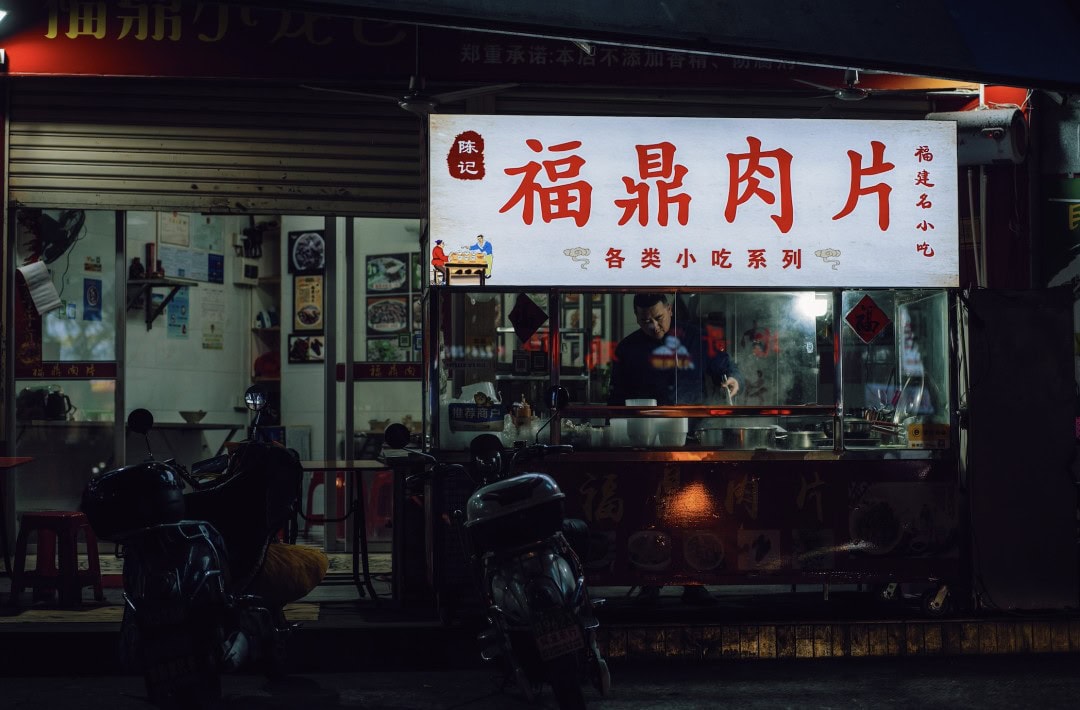
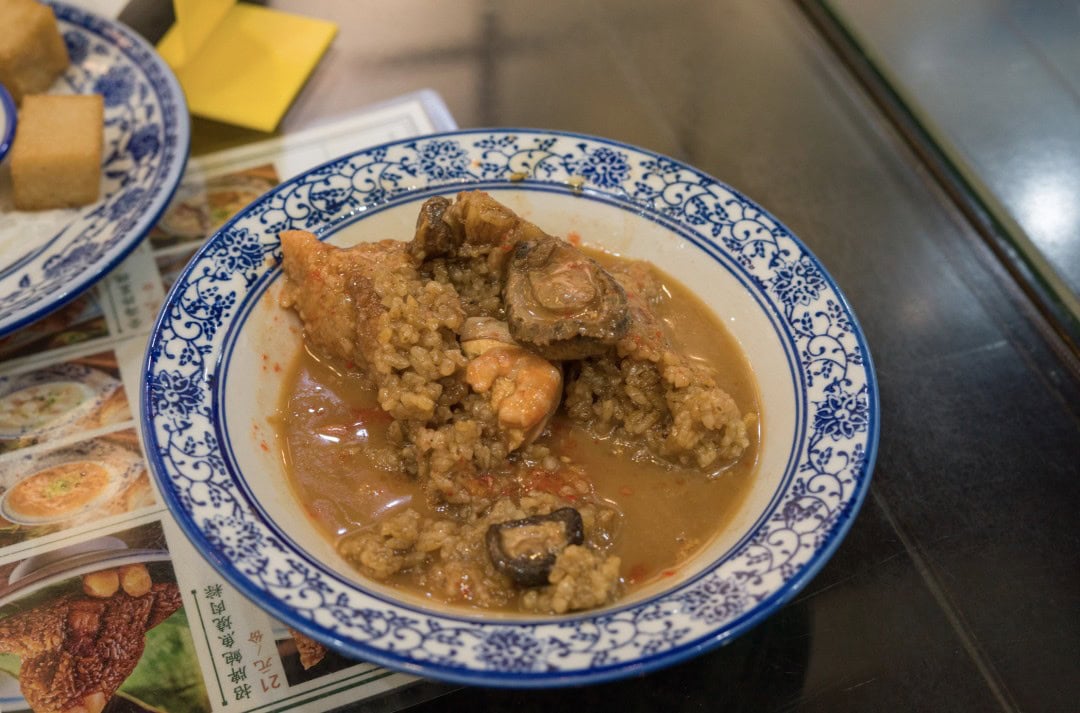
**Confucius Temple**
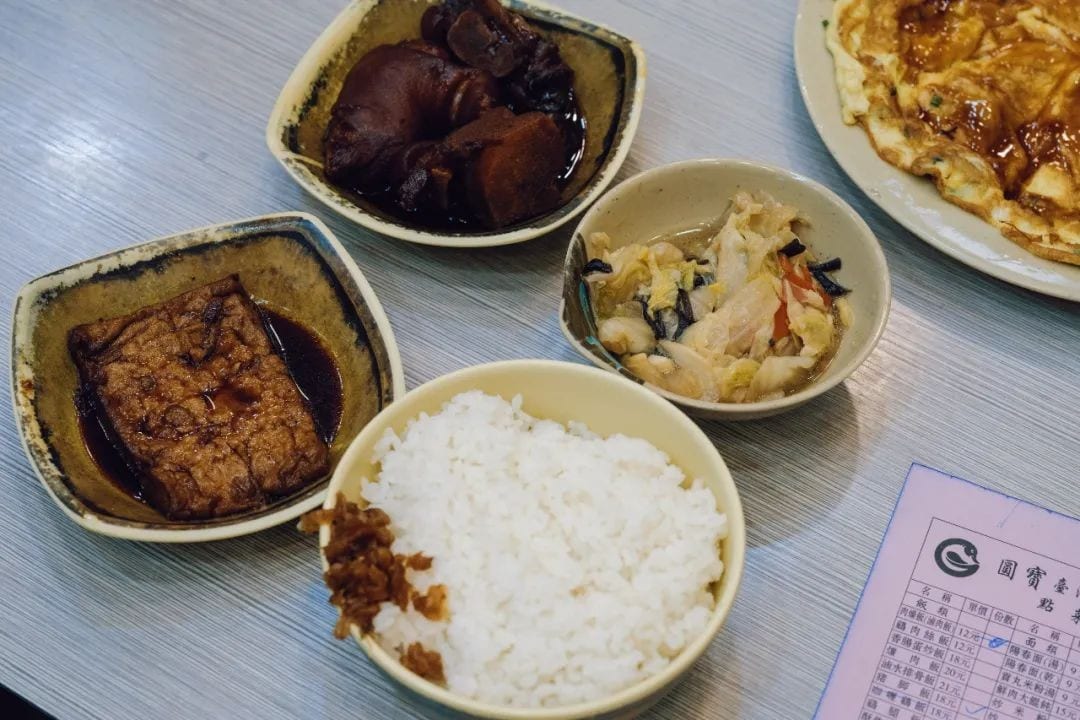
There are over a thousand Confucius Temples across the country, which were previously integrated with education, serving both as places of worship for Confucius and as teaching facilities for students.
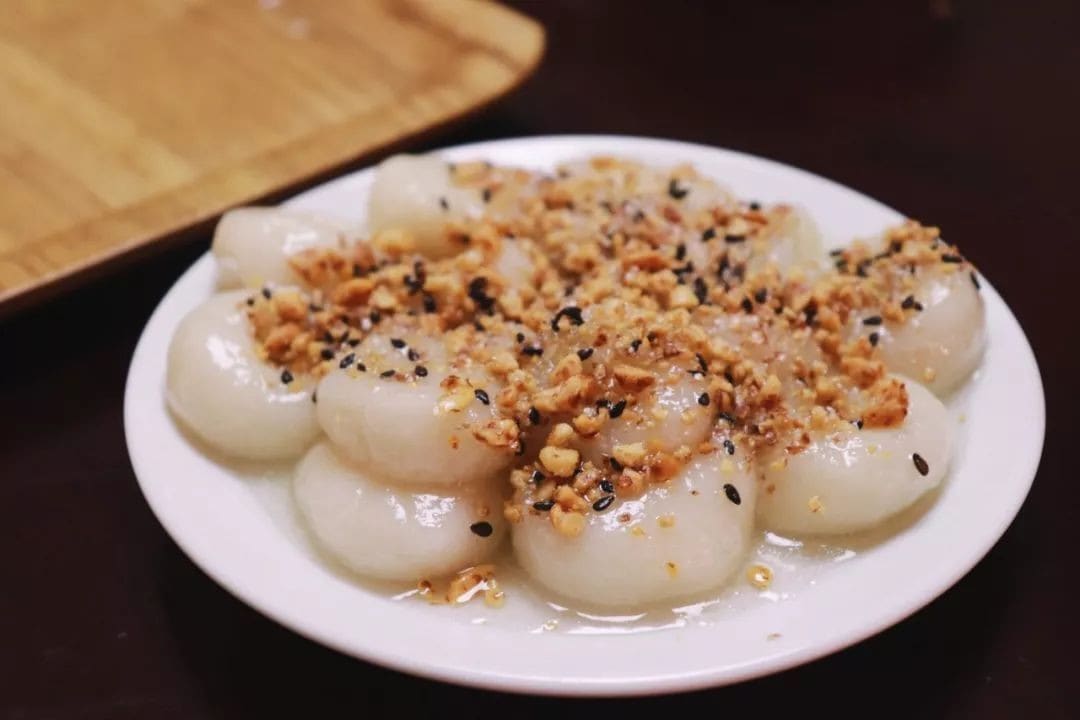
The Confucius Temple in Quanzhou is no exception, facing south with the temple on the right and the school on the left. I have visited many Confucius Temples, and this one, which integrates architectural styles from the Song, Yuan, Ming, and Qing dynasties, is quite large.
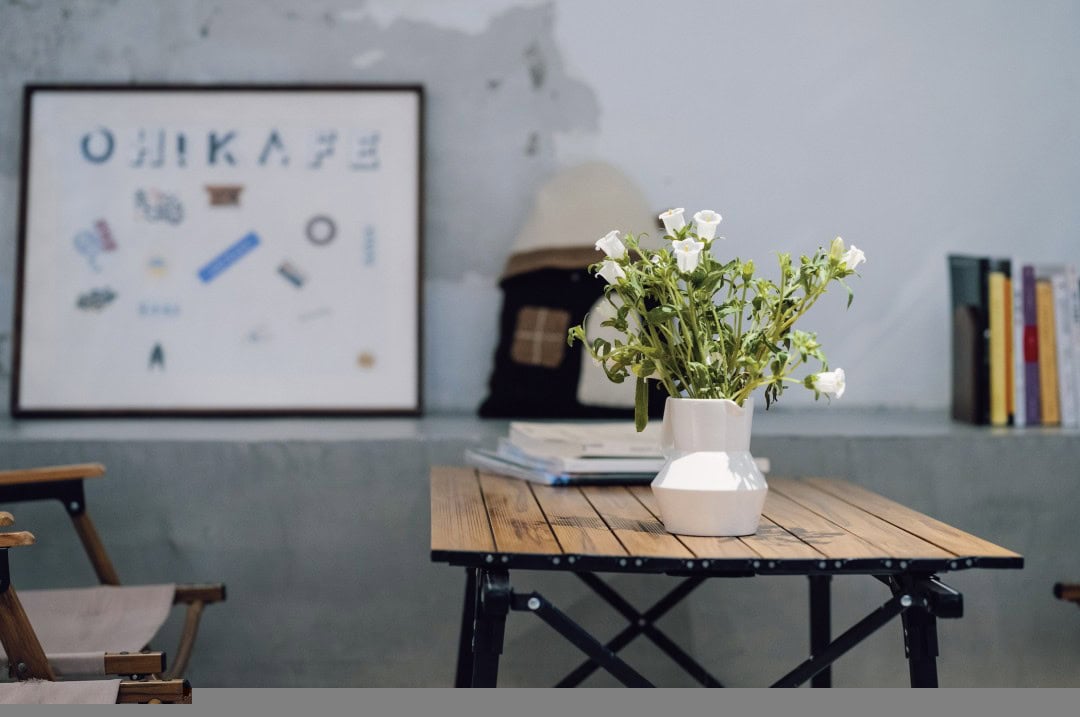
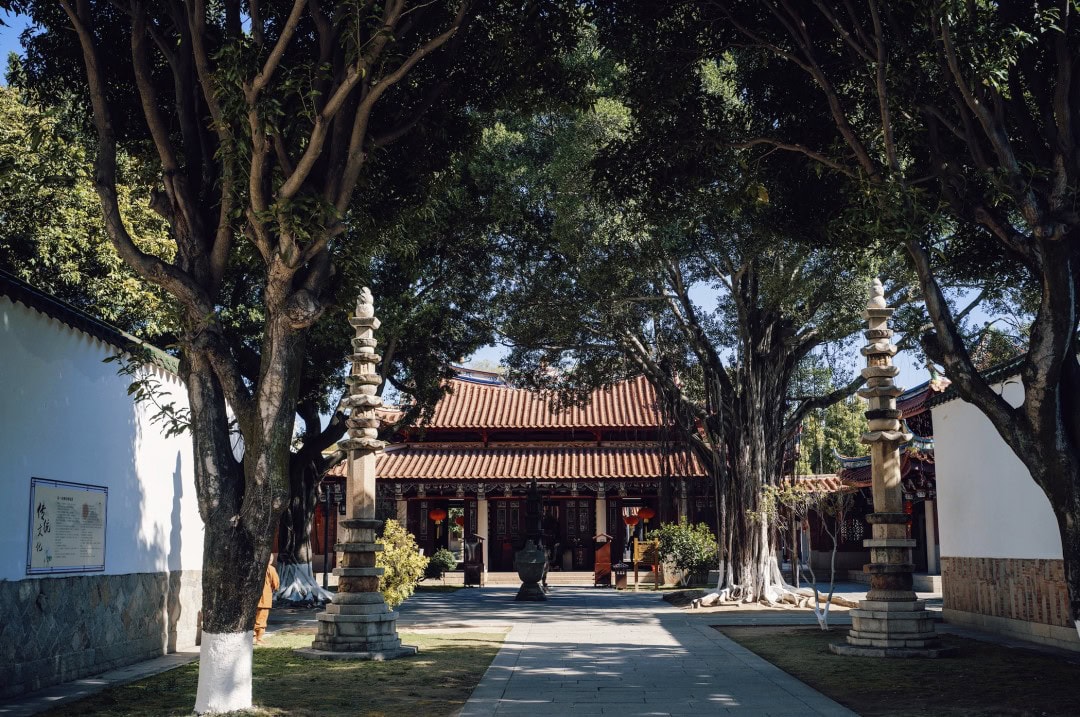
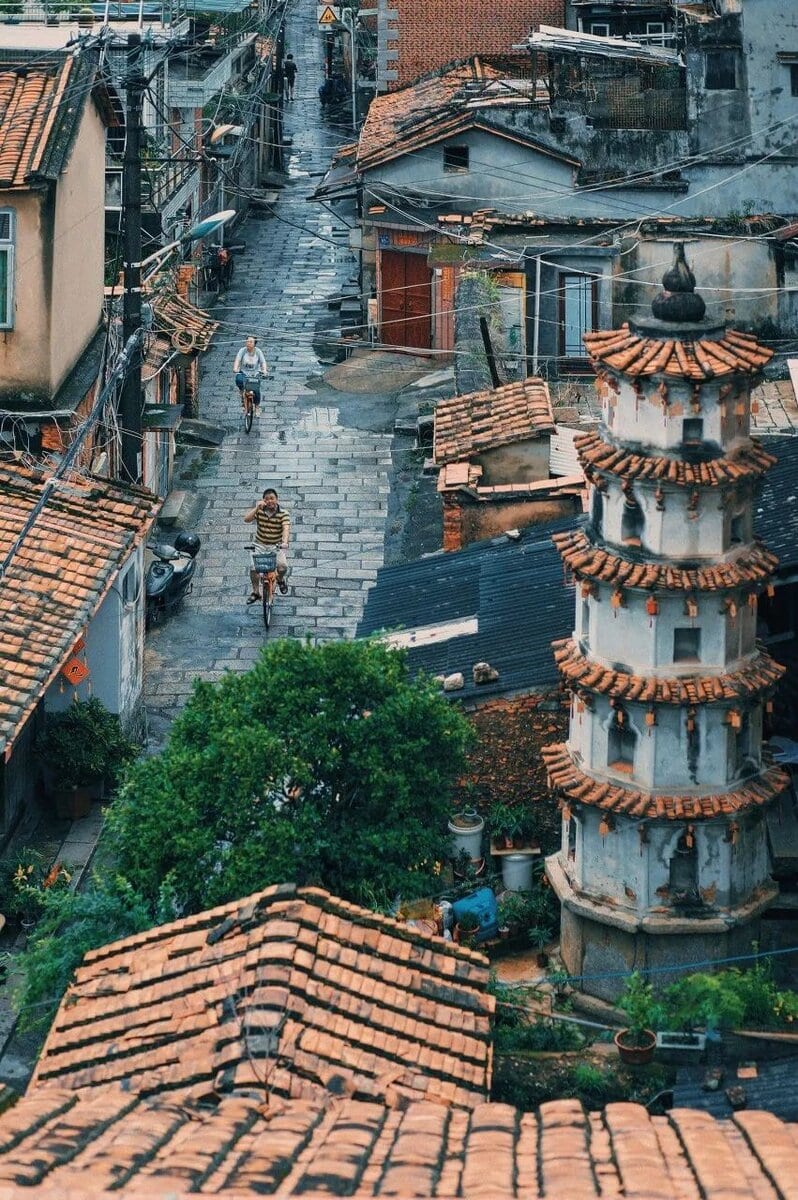
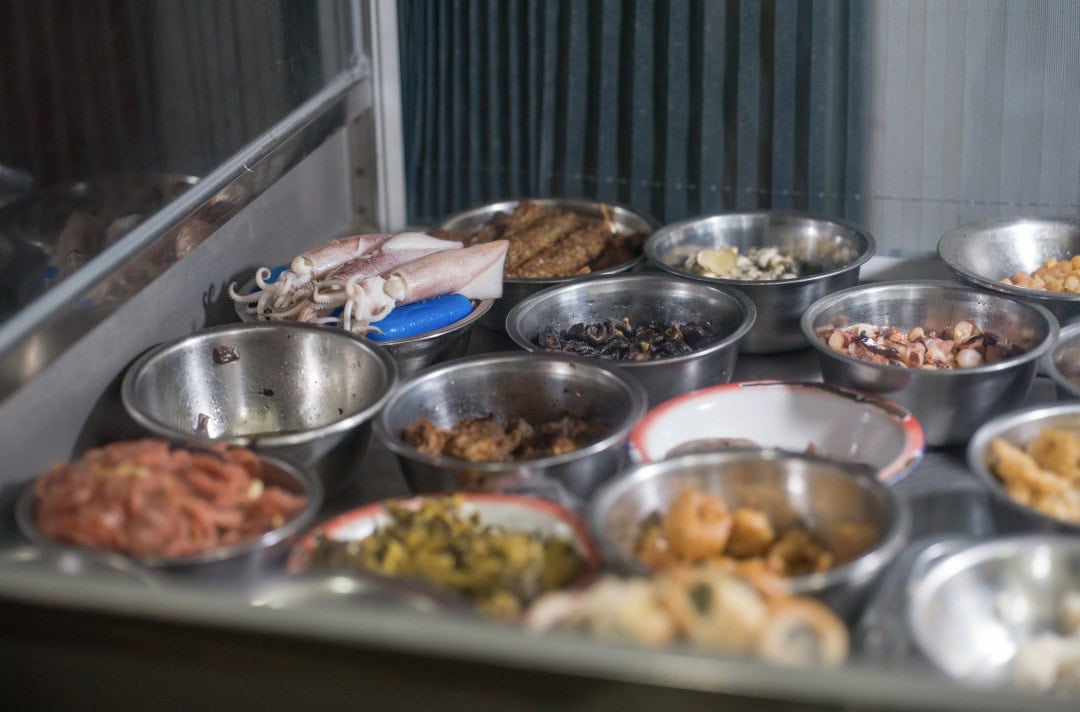
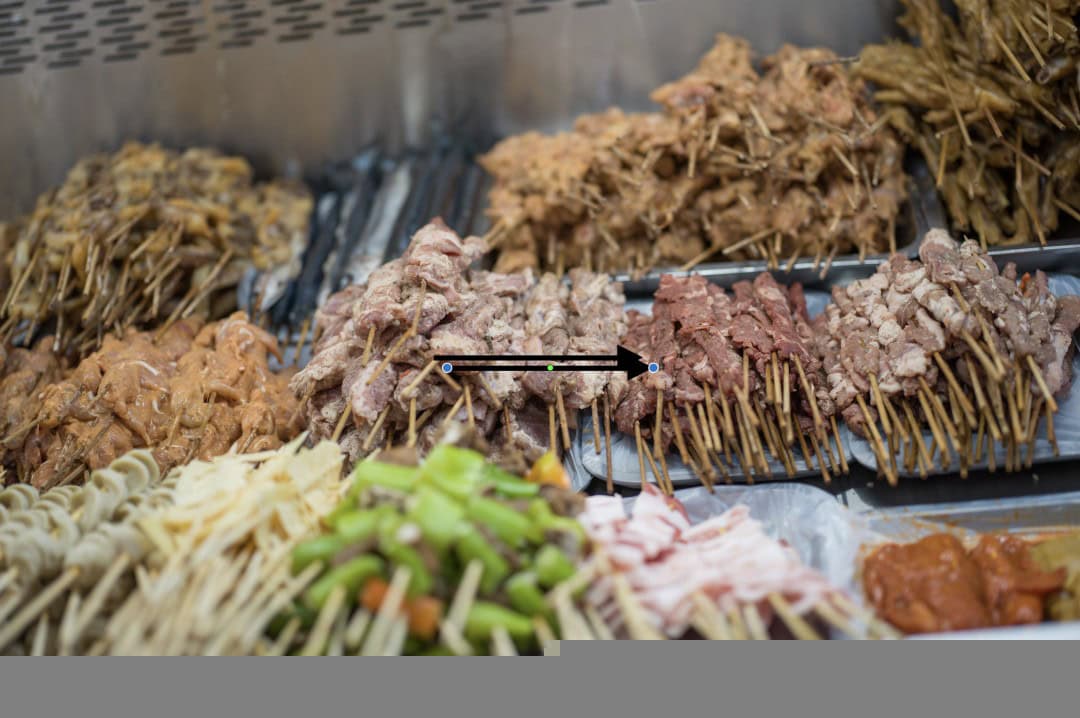
**Jingjing Temple**
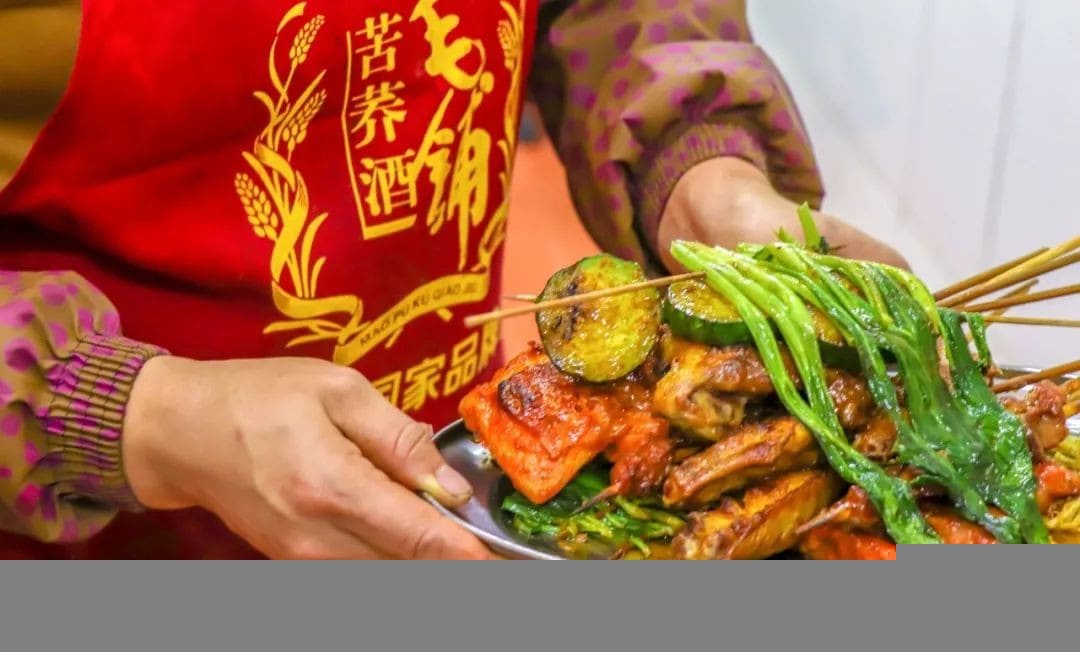
The Jingjing Temple is an Islamic mosque and truly lives up to its name as a place of tranquility. It is quite unusual that this mosque is adjacent to both the Guandi Temple and the Confucius Temple.
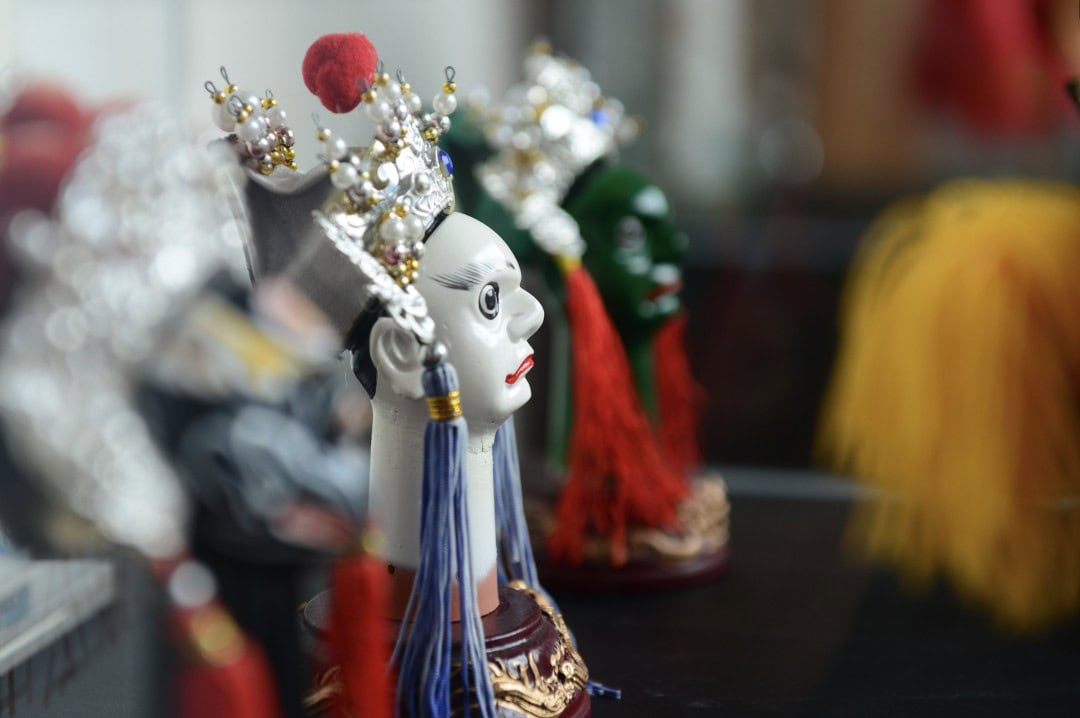
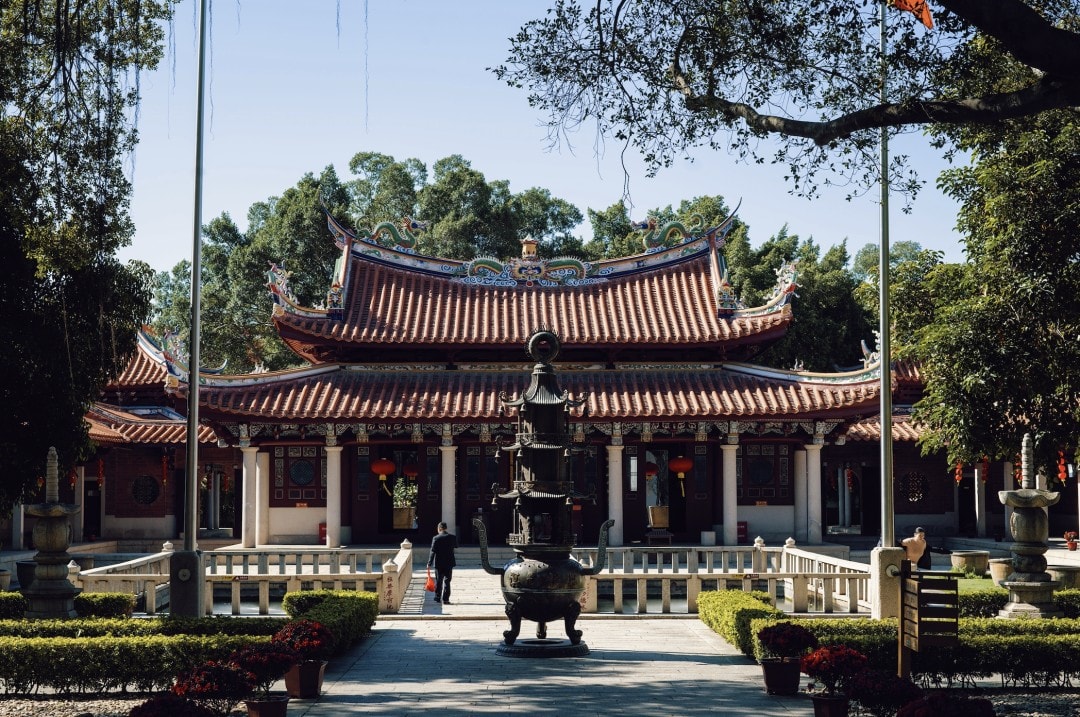
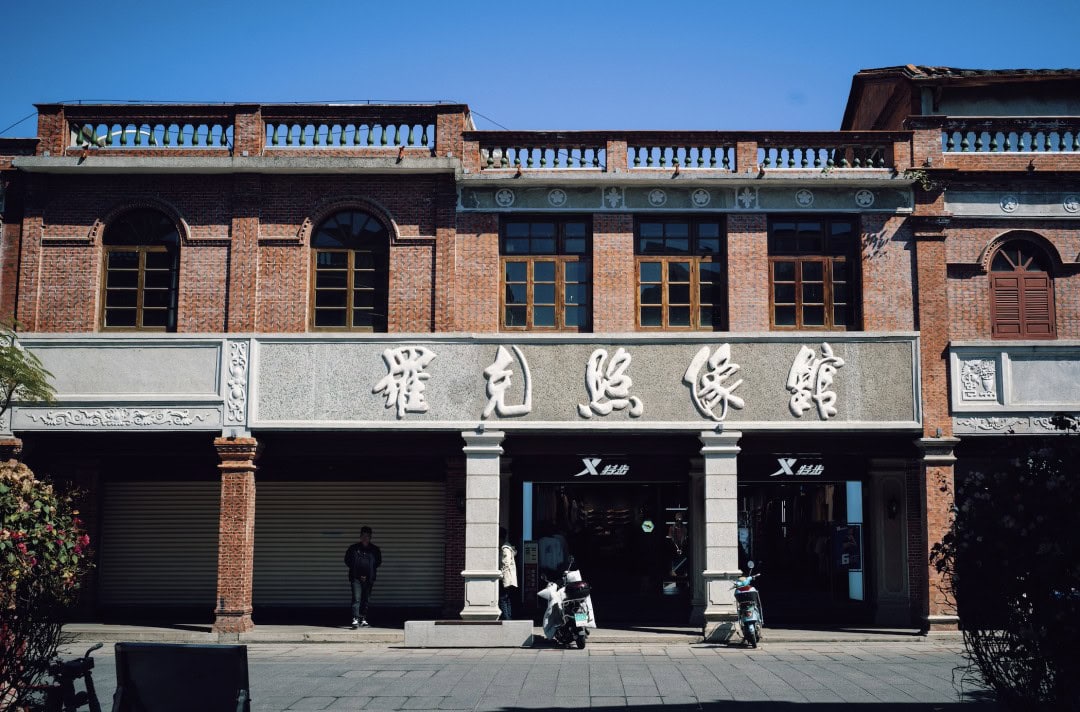
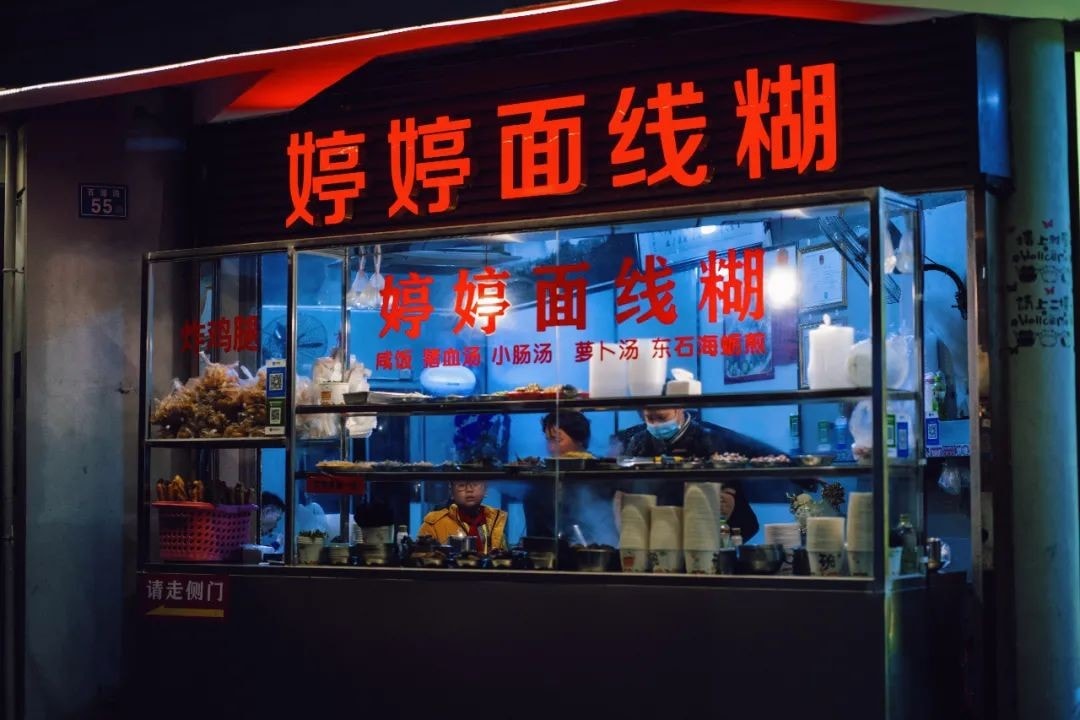
**Yuanmiao Temple**
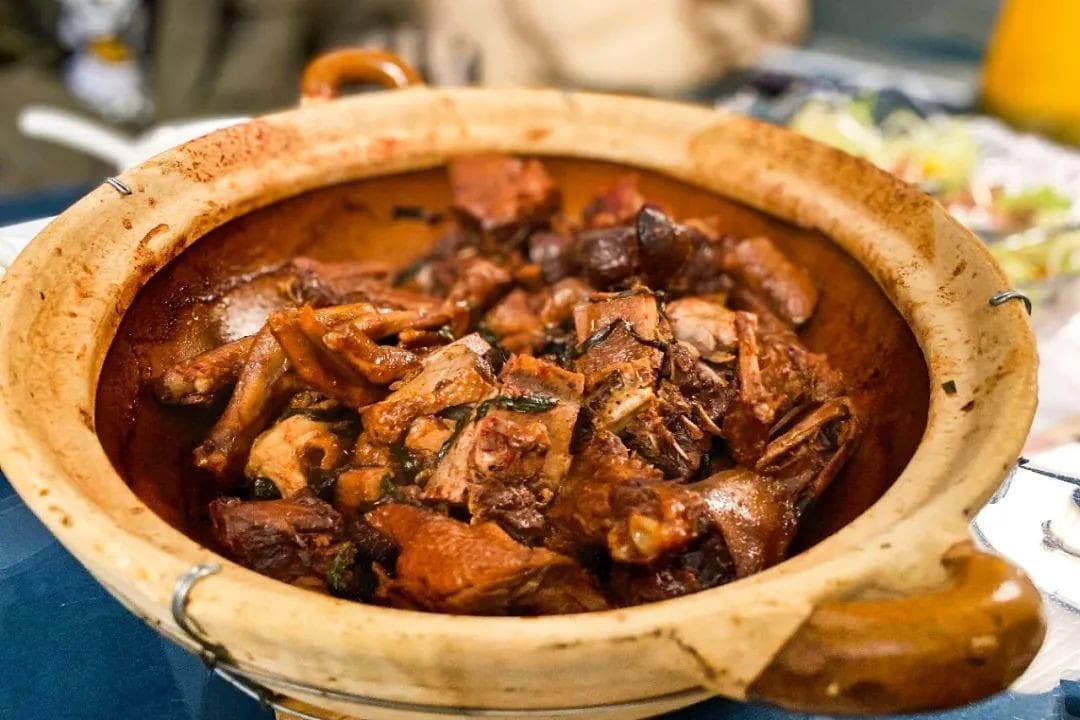
The Yuanmiao Temple is a Taoist temple, hailed as the first Taoist temple in Fujian. It primarily worships the Three Pure Ones, the Jade Emperor, and other orthodox Taoist deities.
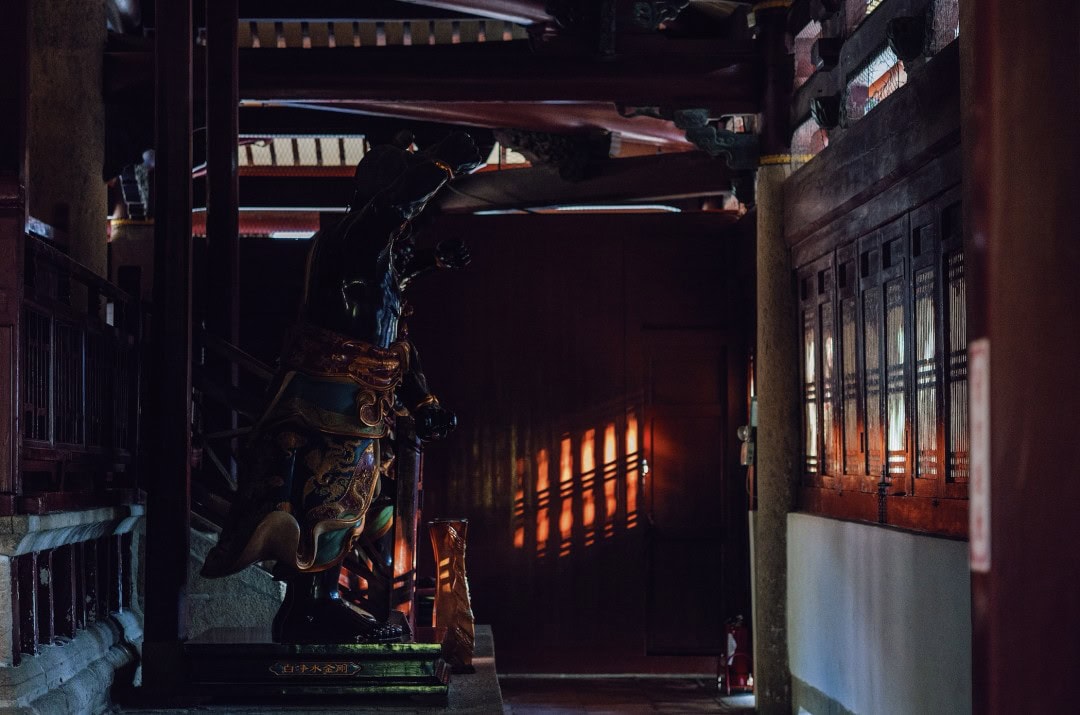
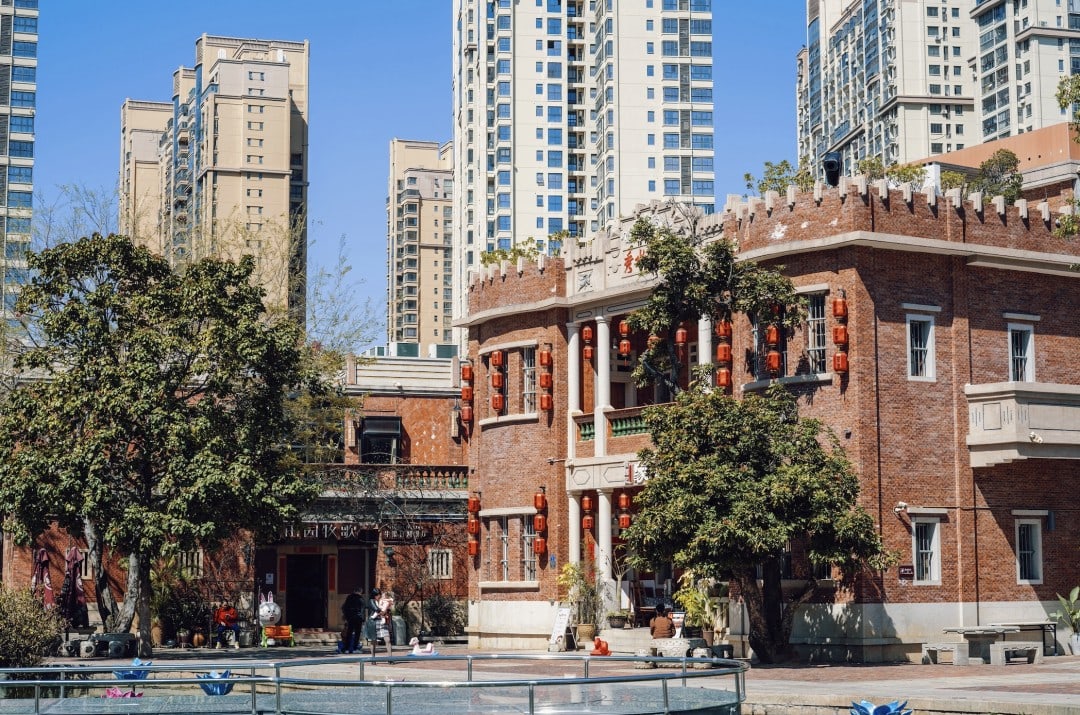
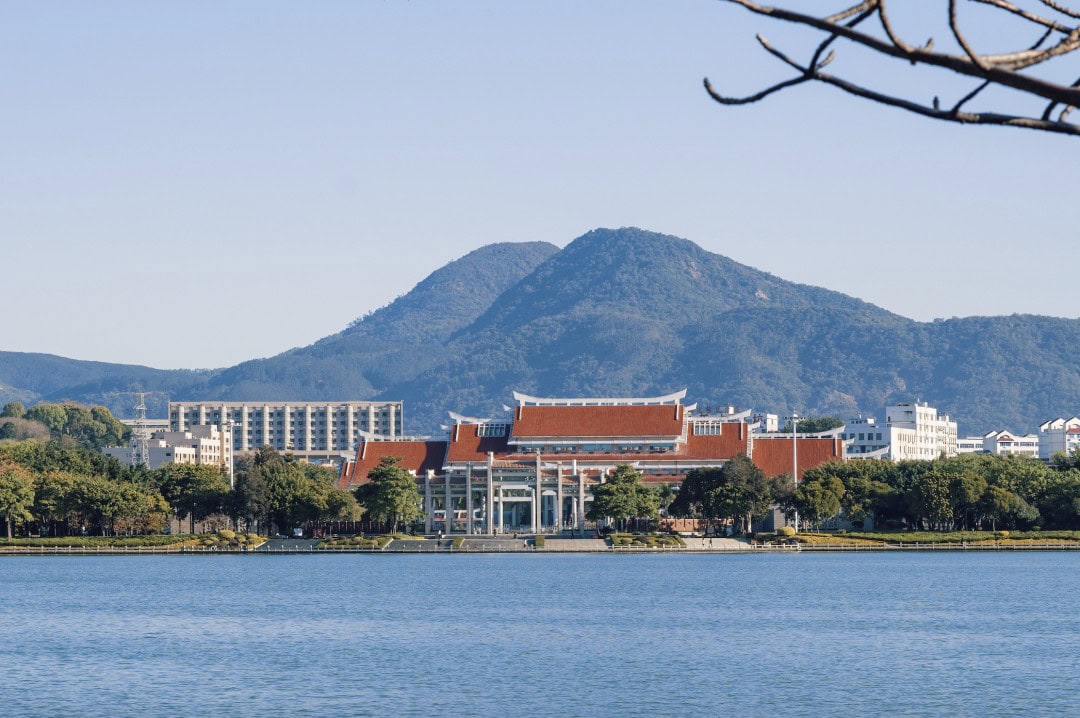
**Quannan Church**
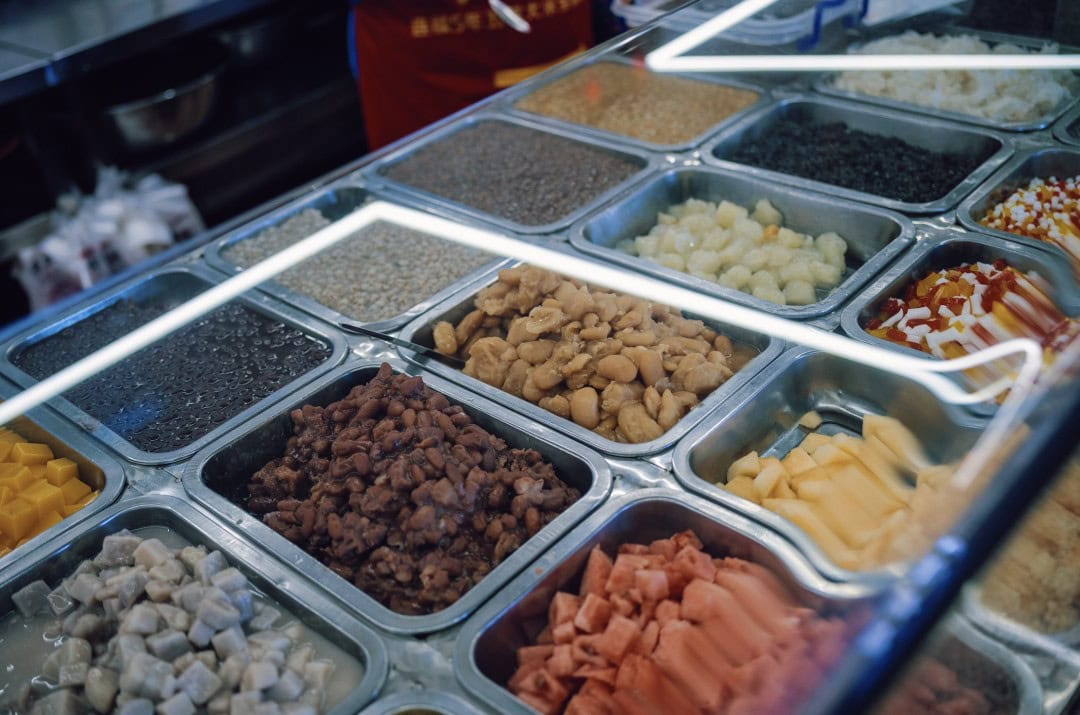
The first church in Quanzhou, Quannan Church has undergone multiple renovations and is now the largest and most advanced church in Fujian Province.
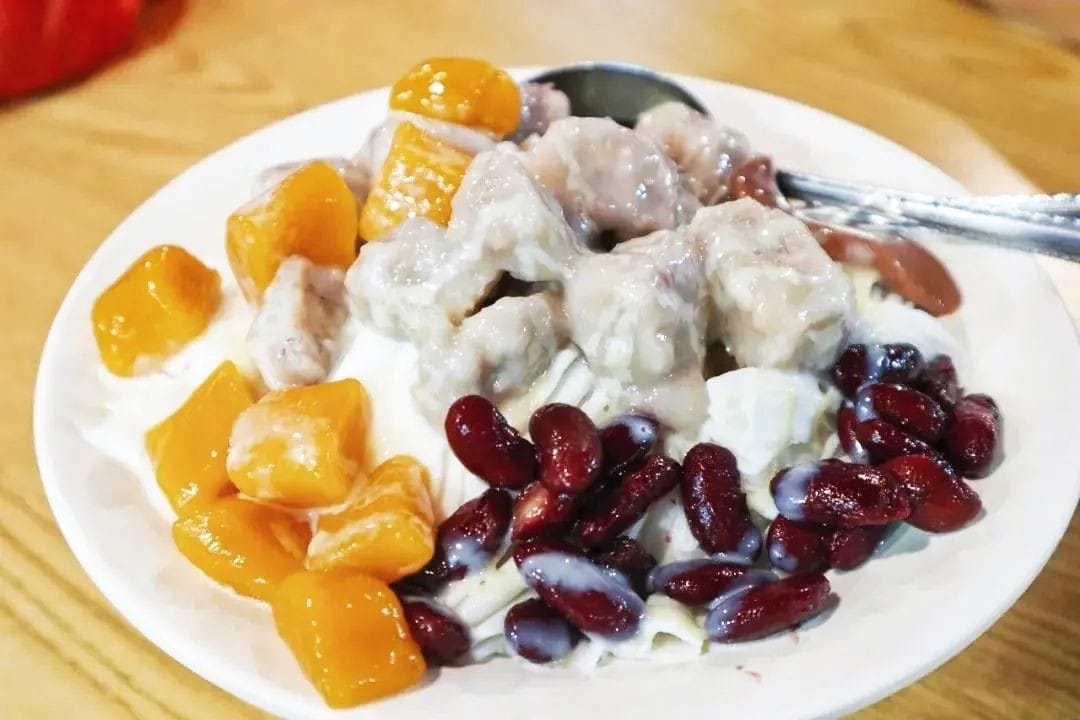
If you are looking to explore Christian culture in Quanzhou, this is the best choice.
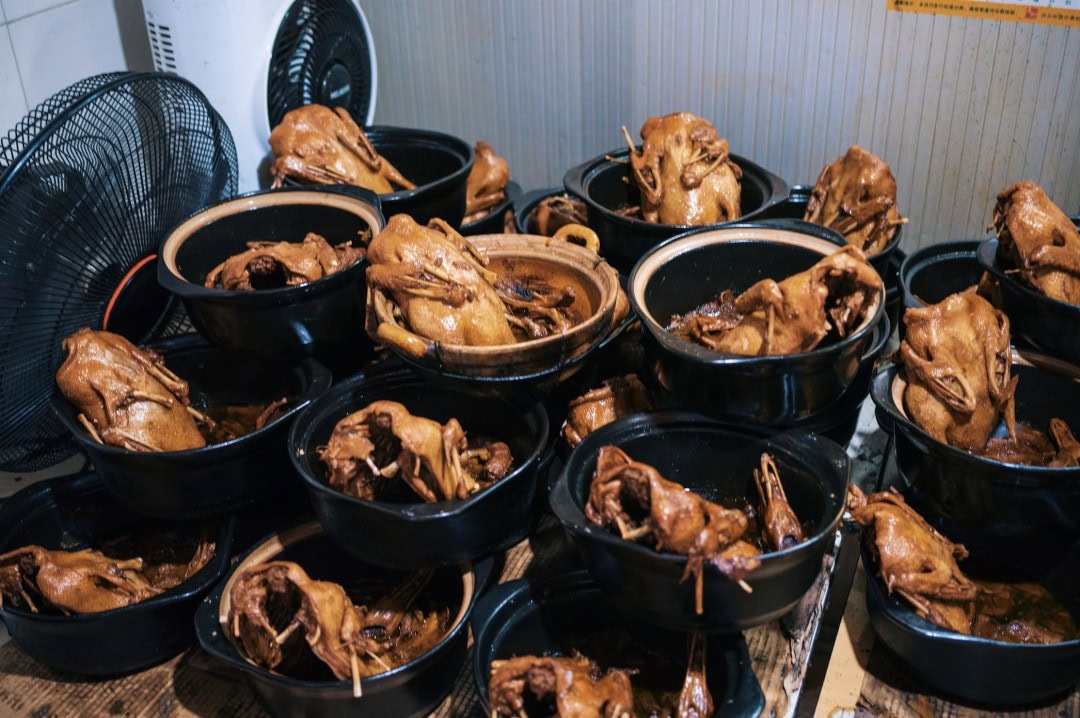
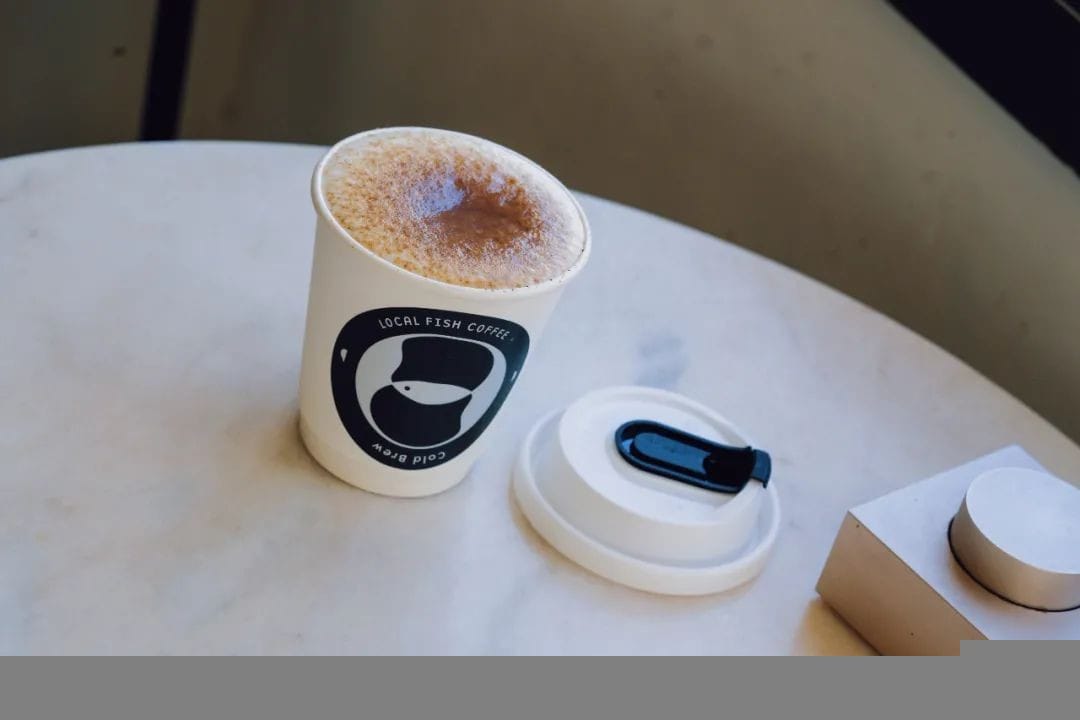
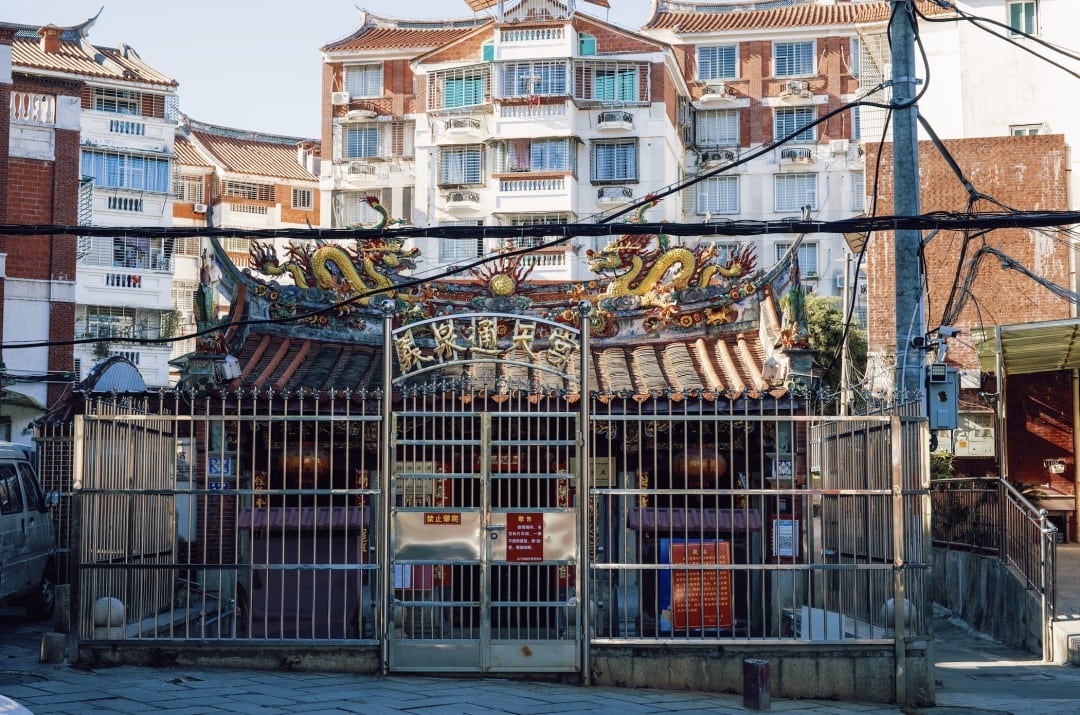
**Tudi Gong Palace**
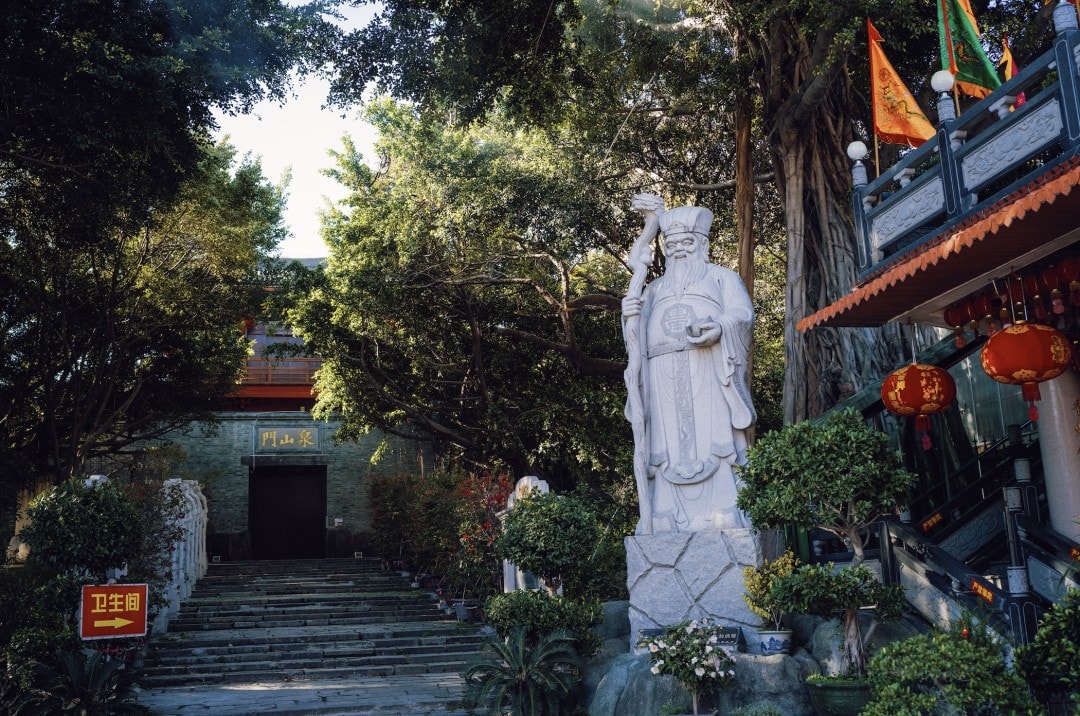
The largest land temple in Quanzhou, primarily for seeking wealth and good fortune in relationships.
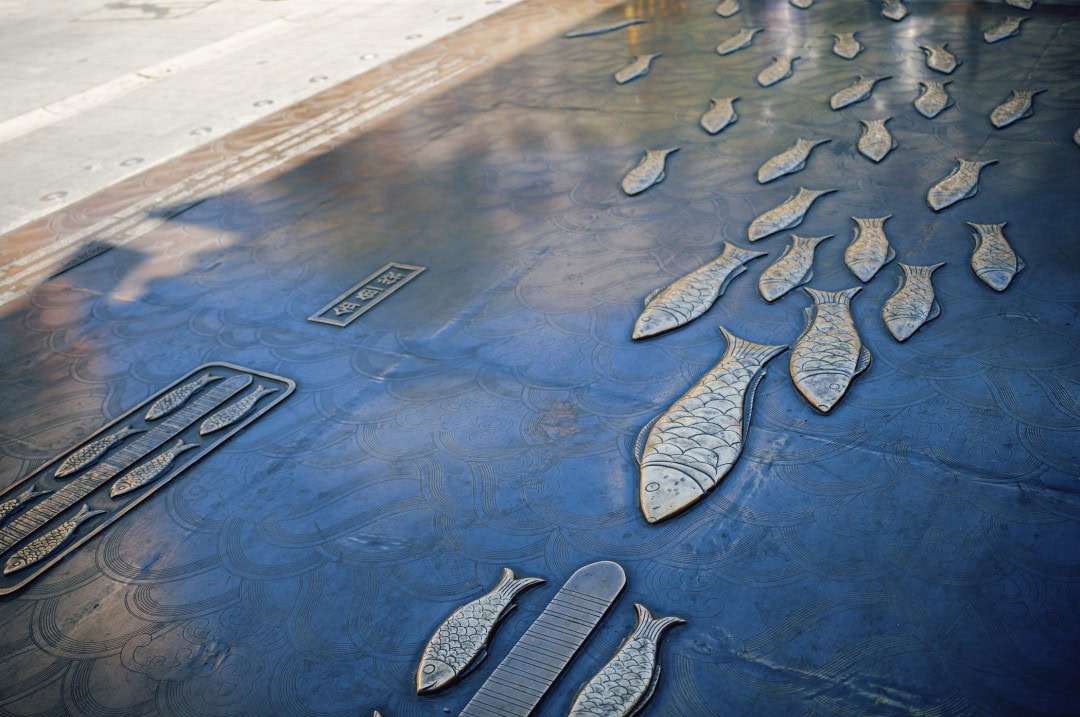
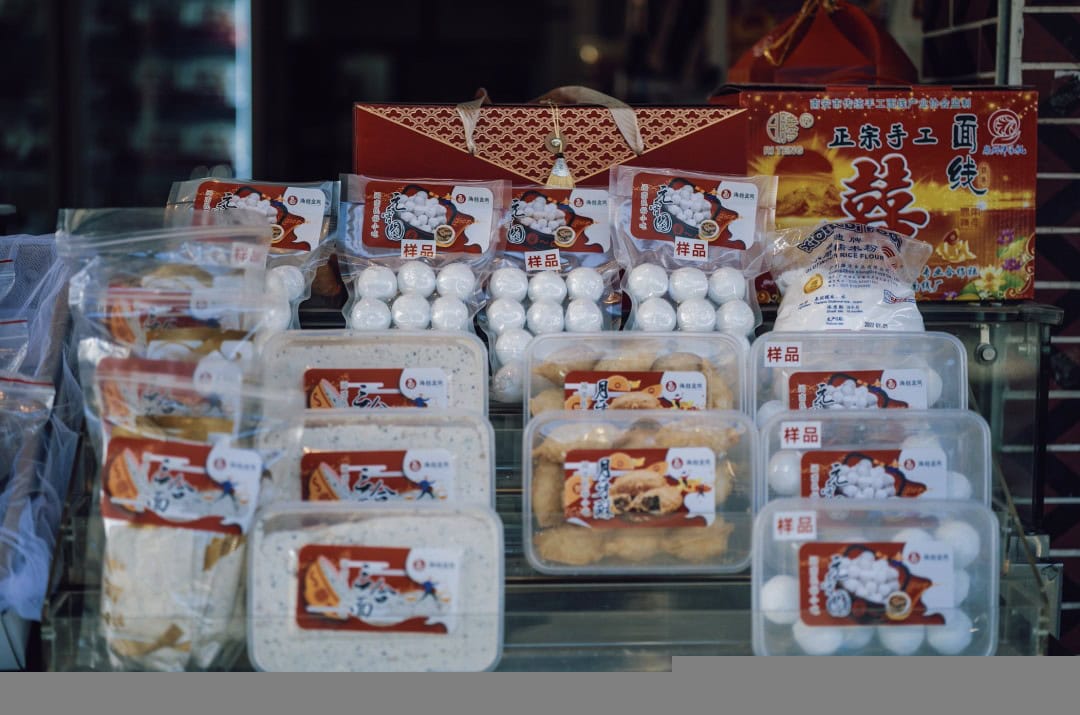
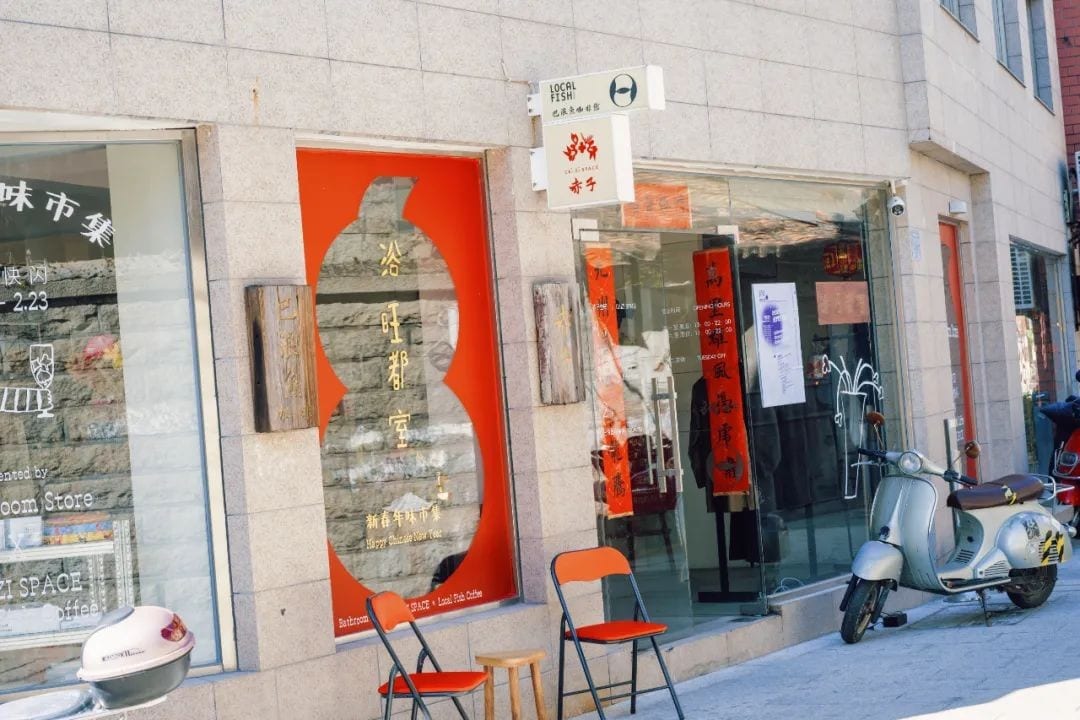

**Cao’an Temple**
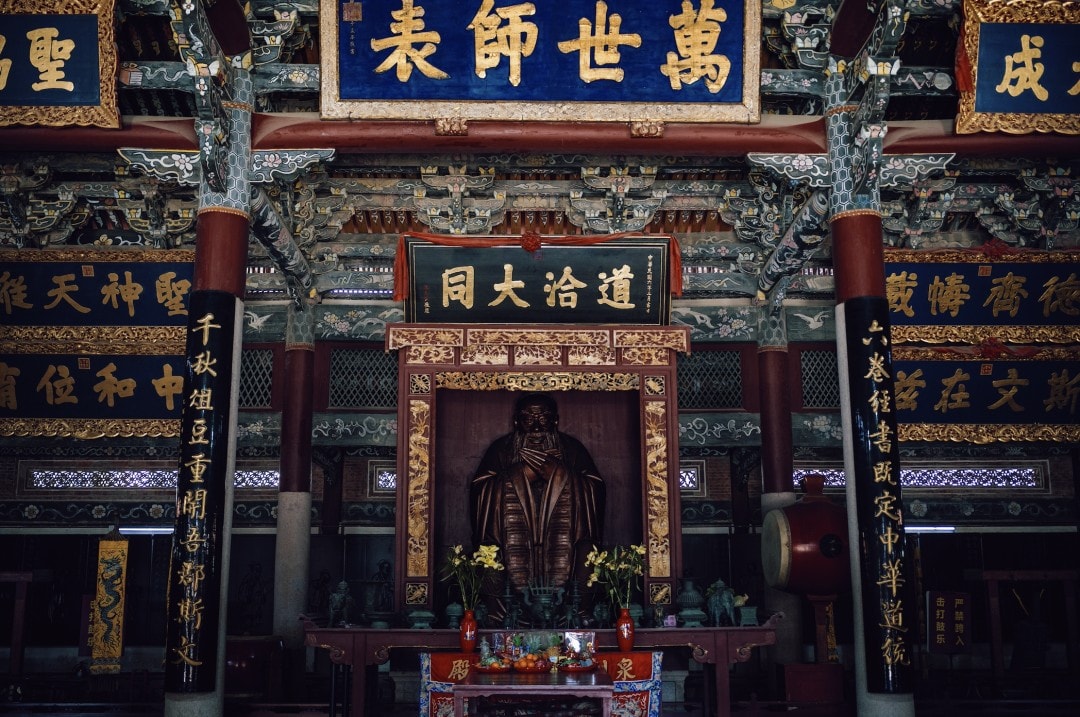
The Caotang Temple at the foot of Huabiao Mountain in Jinjiang, Quanzhou, is the only intact Manichaean site remaining in China. This Manichaean religion is the Ming Sect featured in Jin Yong’s novels.
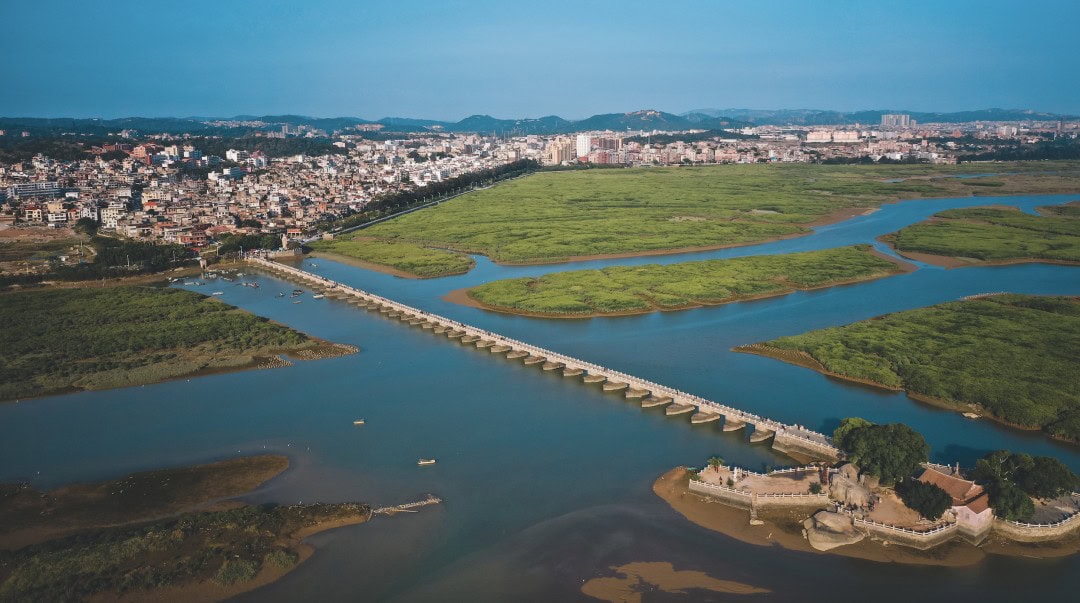
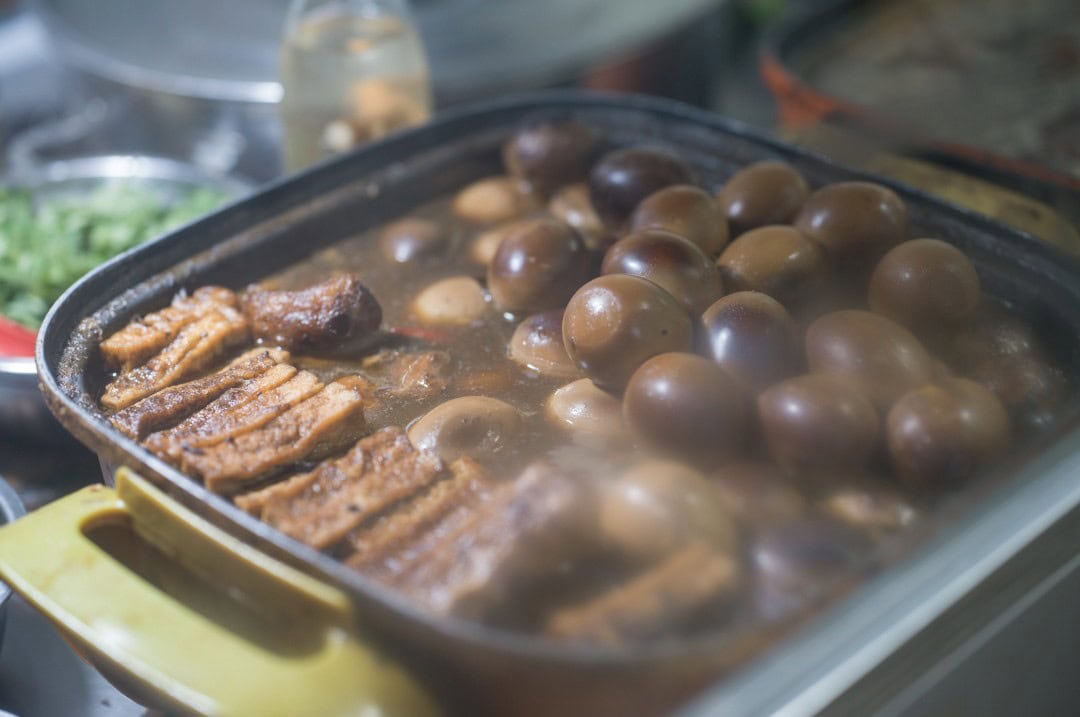
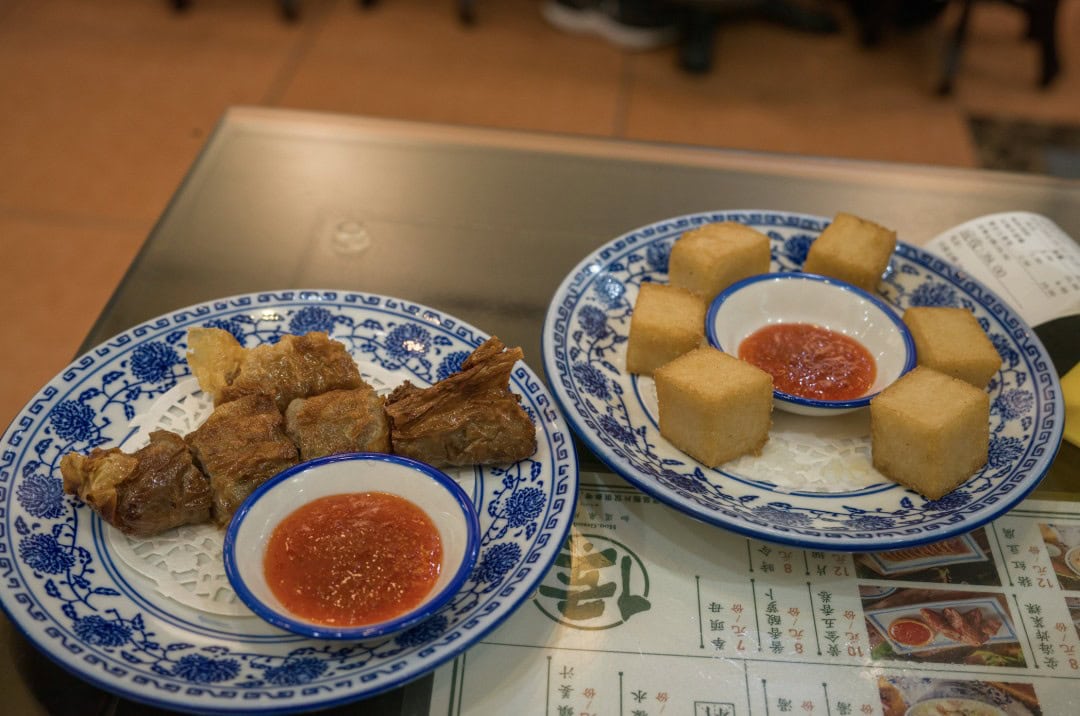
Incense, is the unique scent of Quanzhou.
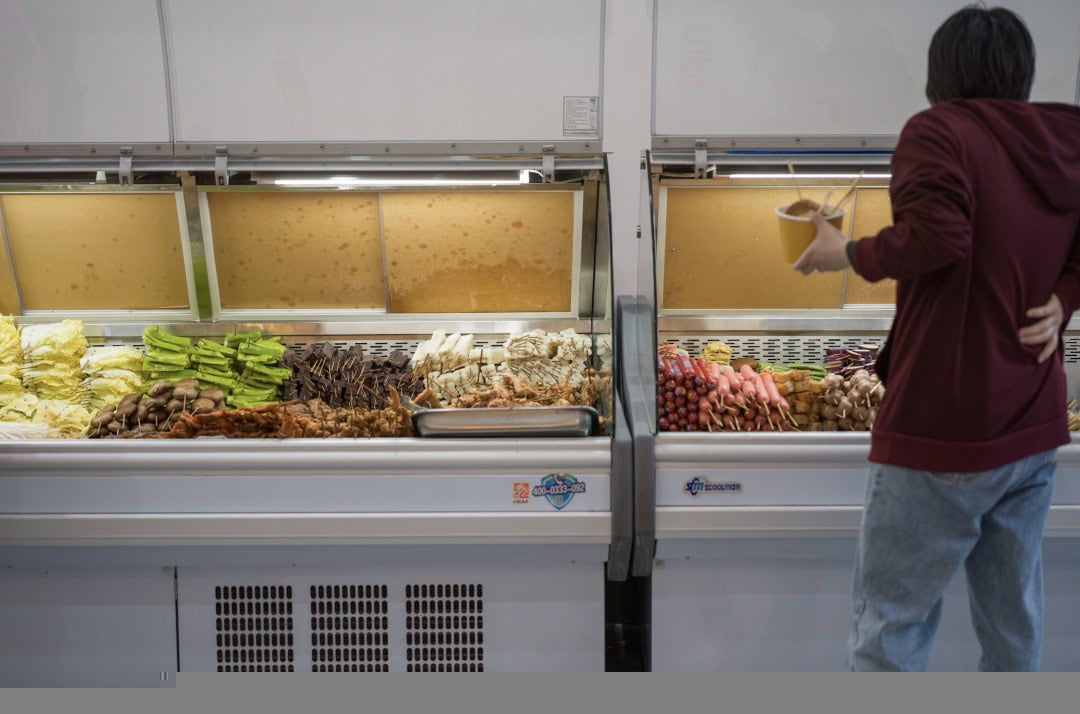
And this is just a few representative sites of various religions in Quanzhou. Quanzhou is known as the “Eastern Mecca,” with half the city filled with incense and the other half with immortals, and there are countless temples to explore.
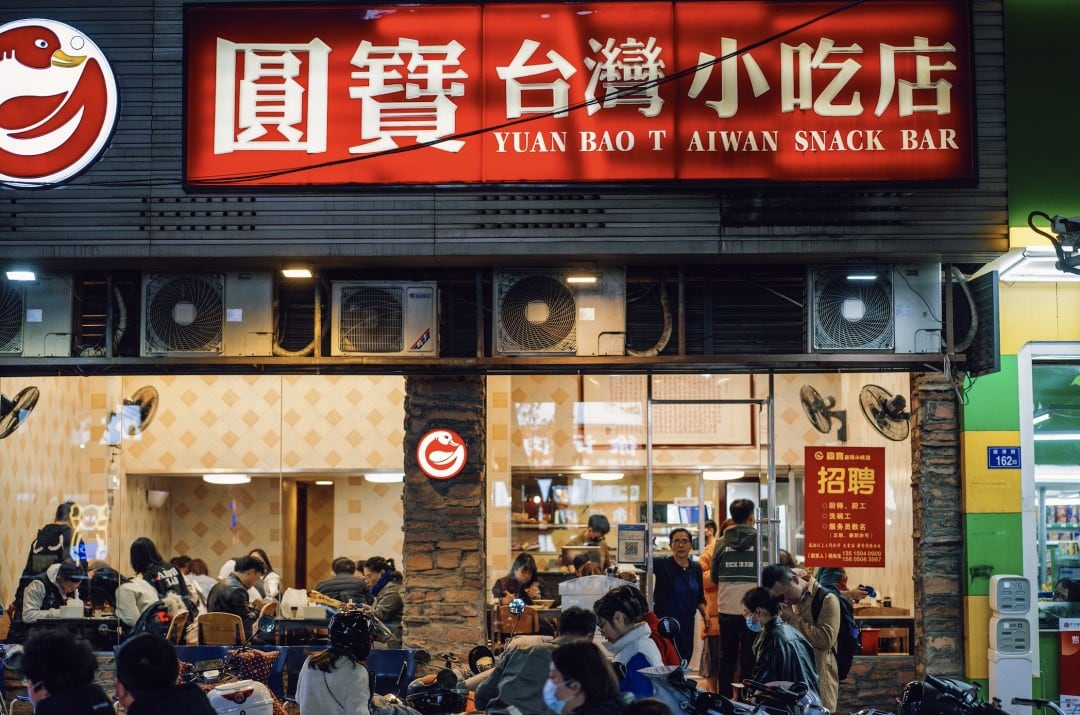
I highly recommend visiting various ancient temples; don’t think they are all the same. The differences are truly remarkable when you look closely.
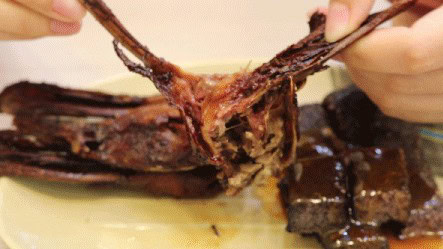
Fortunately, most of these sites are located in the old city area, and they are all quite close to each other.
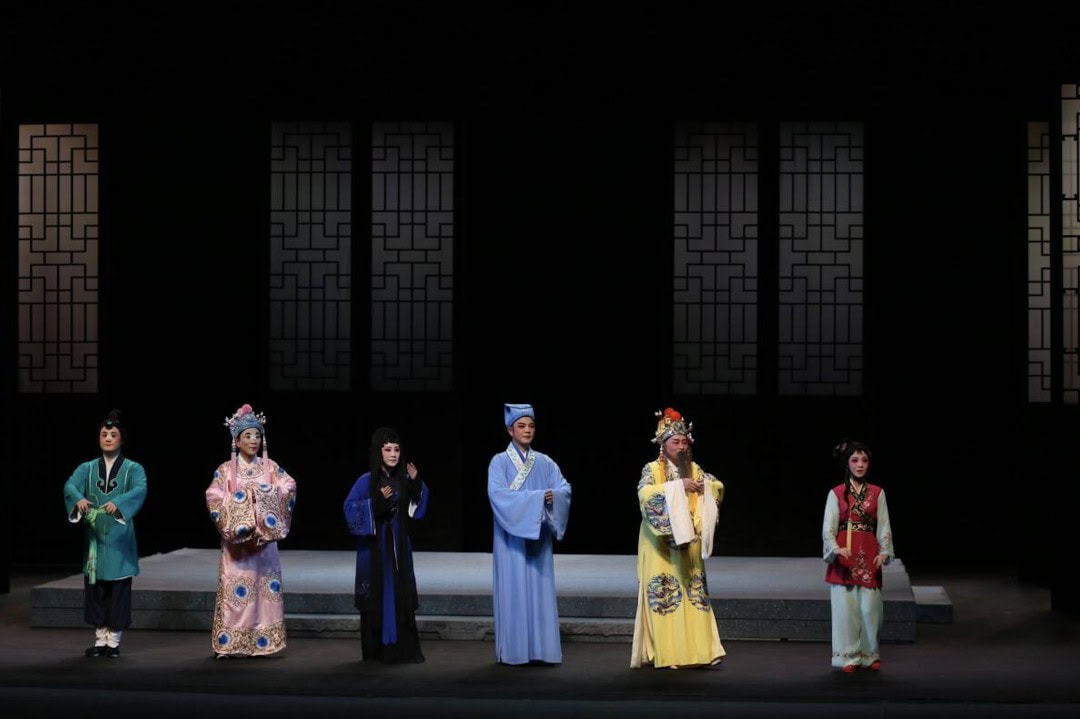
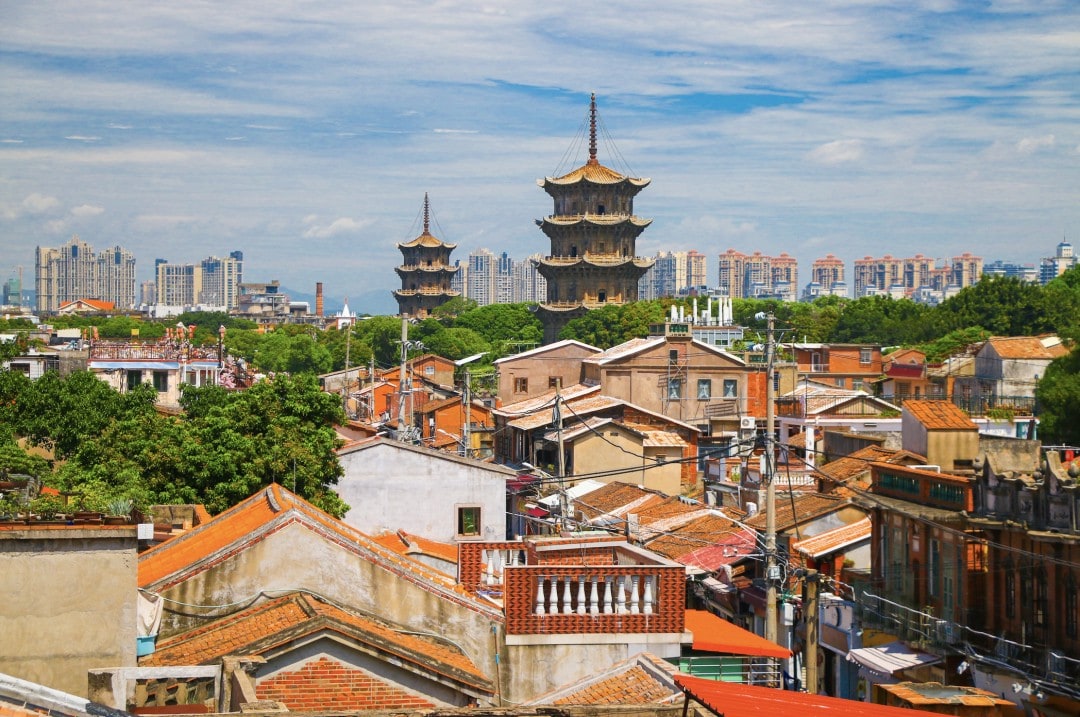
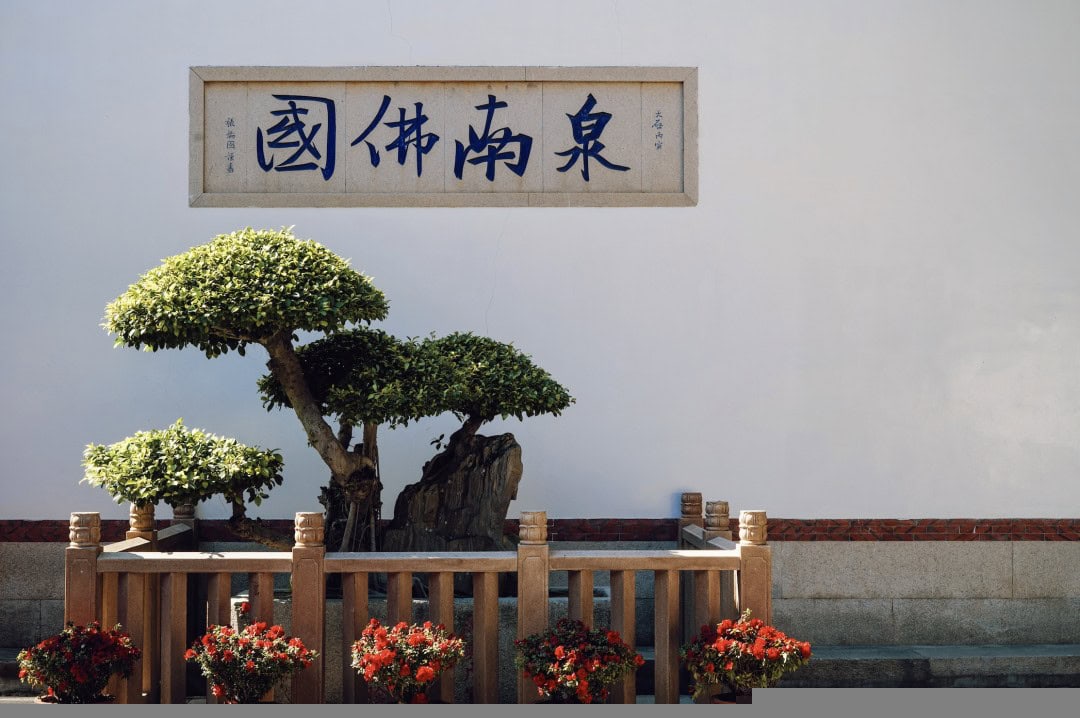
2) Architecturally Rich Buildings
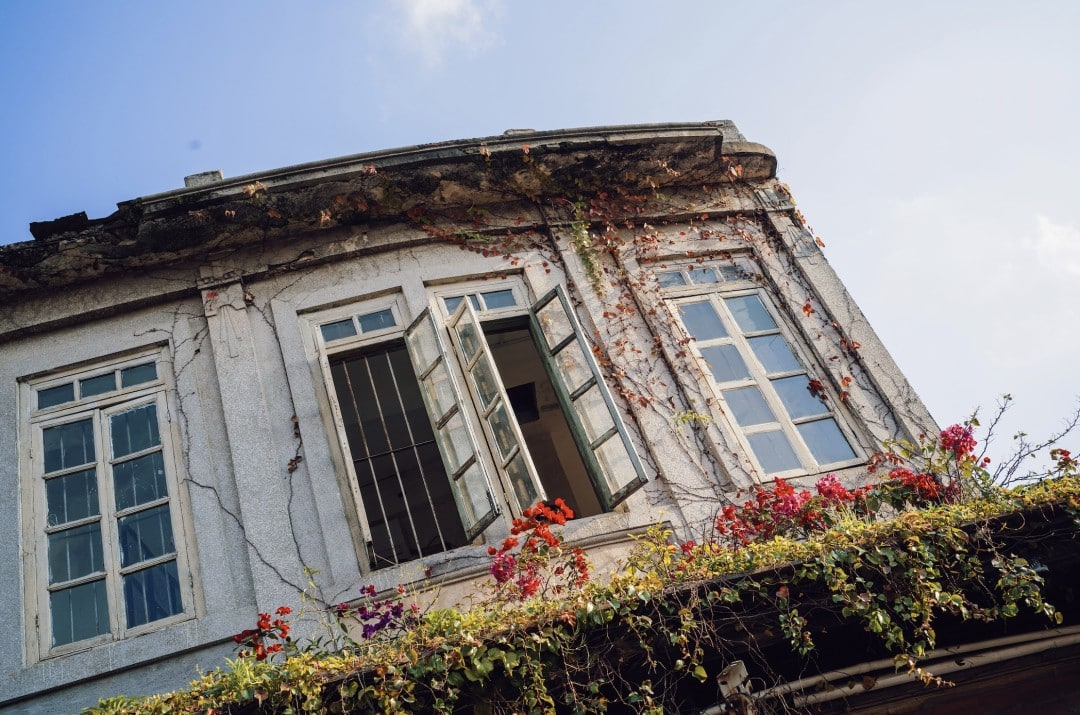
Guo Moruo once said, “Look underground in Xi’an, and look above ground in Quanzhou.”
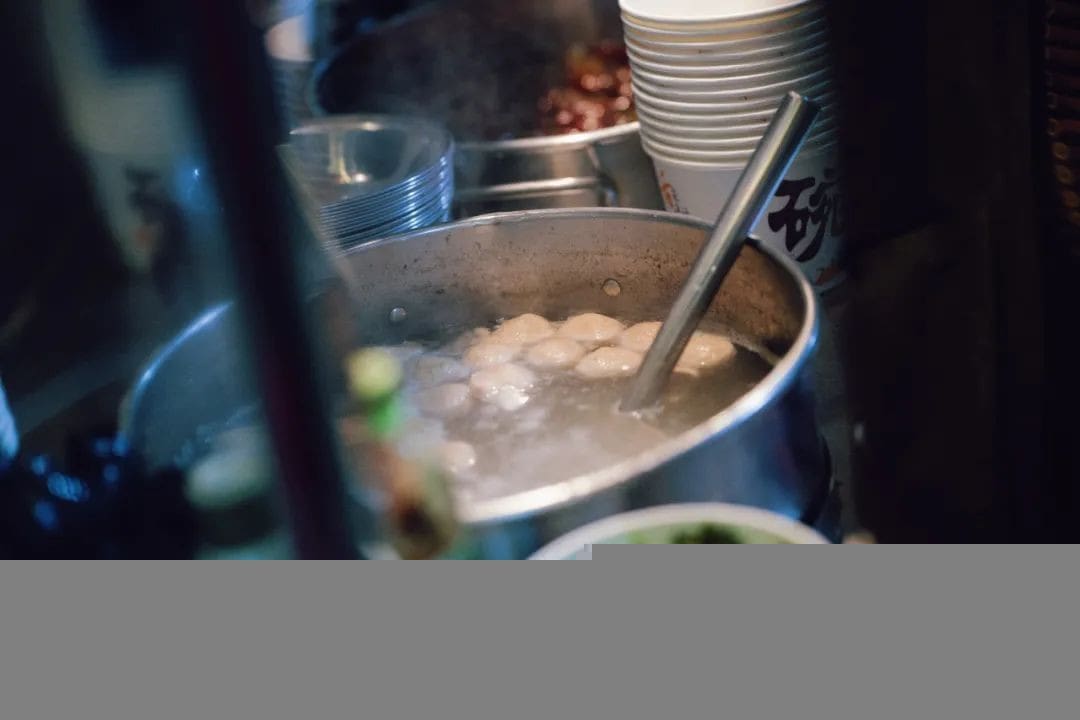
Take a look at this picture, which is West Street in Licheng District (the old city area) of Quanzhou, the most intact ancient street in the city, with rows of red-brick ancient houses.
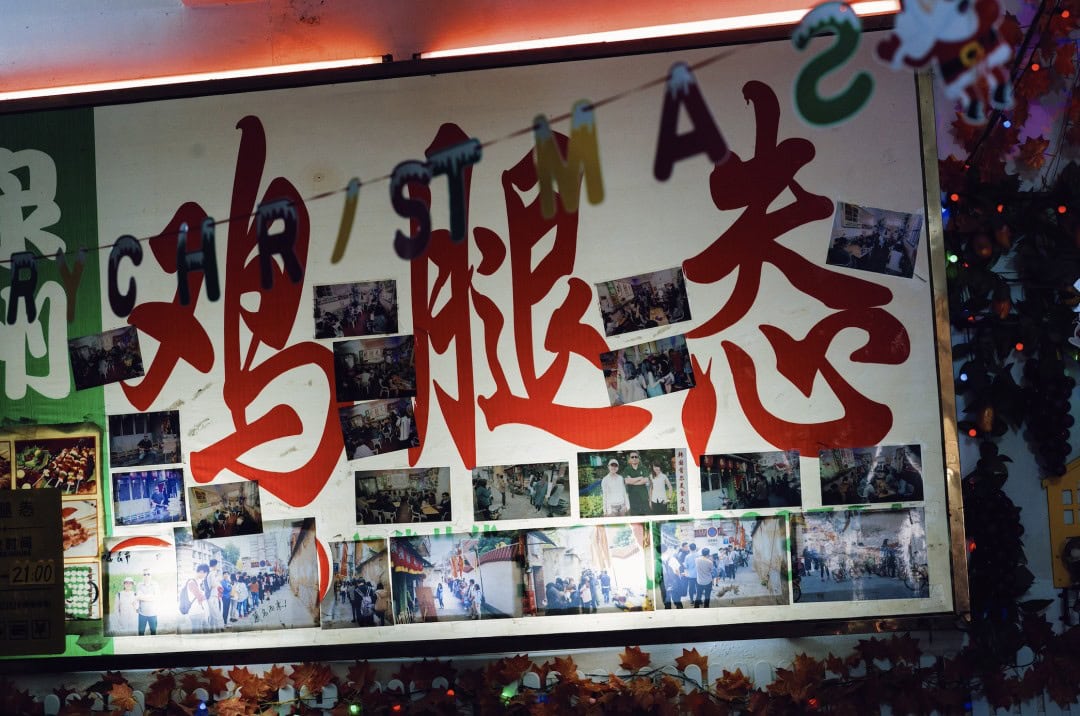
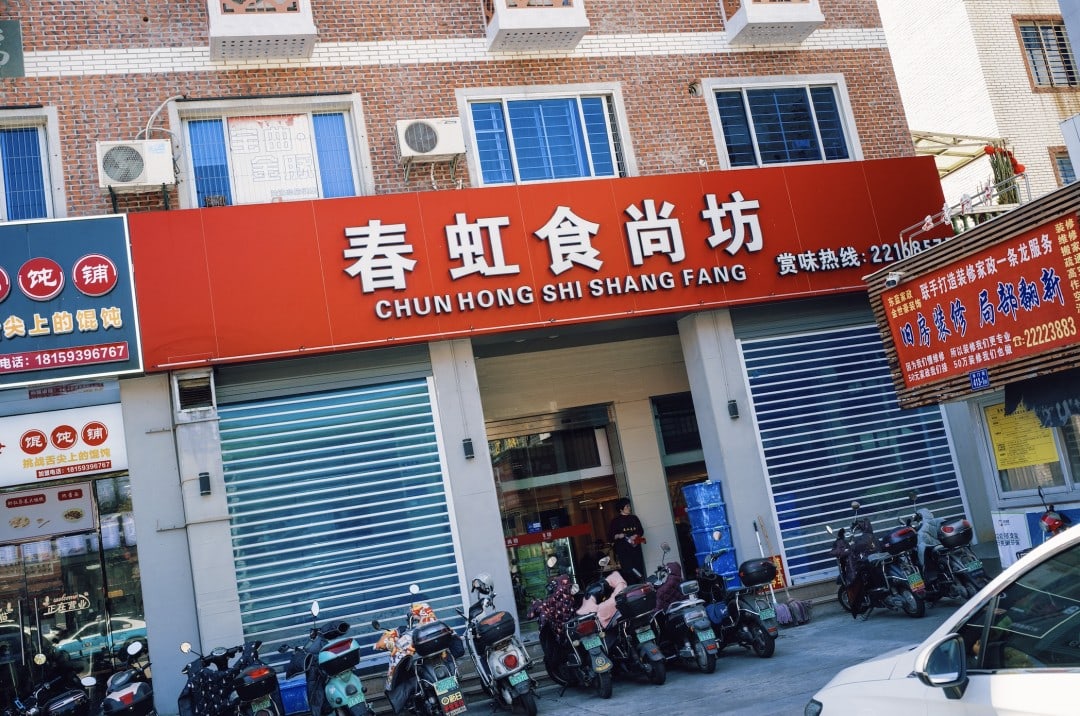
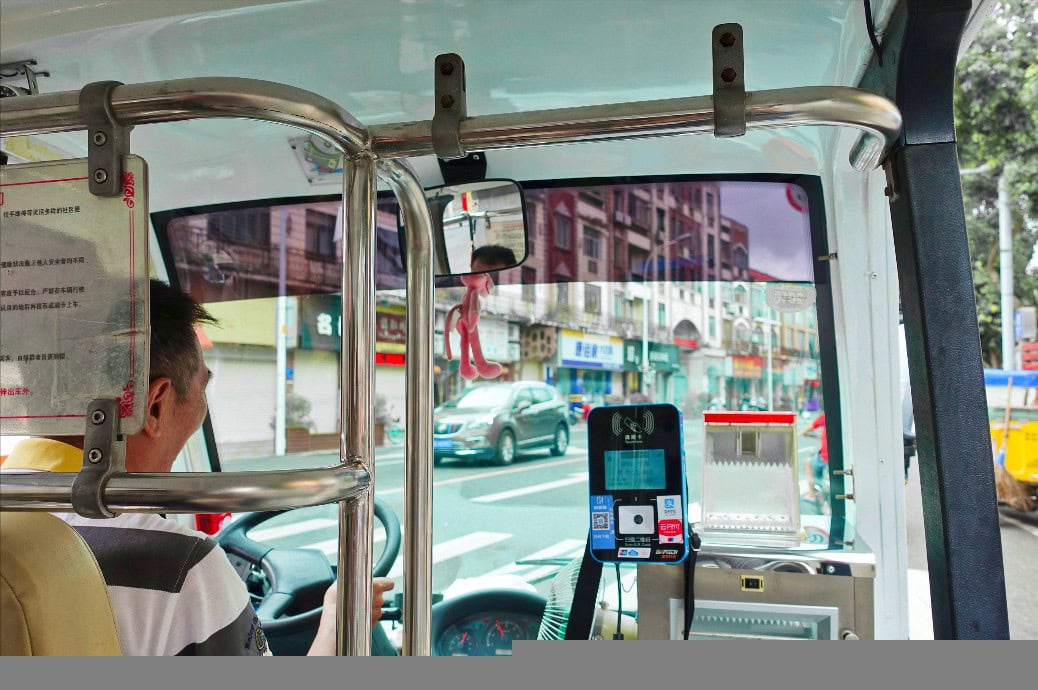
The main types of architecture in Quanzhou include:
Red-Brick Ancient Houses
“Cuo” refers to houses built with red bricks. Red-brick ancient houses are the most representative traditional architecture in southern Fujian. Their main features are front courtyards and rear houses, red-brick and white-stone walls, hard-roofed roofs, and double-curved swallow-tail ridges.
These can be seen everywhere in Quanzhou. If you must recommend, the Licheng District in the old city or the Wudian Market in Jinjiang are the most abundant.
If you visit the Wudian Market in Jinjiang, I highly recommend a Starbucks in a red-brick ancient house.
This Starbucks is housed in a renovated “Liuqing New Mansion” with a history of over eighty years. This ancient building was constructed during the Republic of China era and is a typical southern Fujian red-brick ancient house.
Shophouses
The arcade is the essence of South Asian architectural style, epitomized by the phrase, “In the southern lands, rain is frequent; arcades provide shelter from the wind.”
Zhongshan Road in Quanzhou is lined with colonnaded arcades, making it the only and most well-preserved continuous arcade commercial street in China. Strolling and eating here can easily consume half a day of your time.
Towers
Quanzhou is abundant with towers, most of which are located within the city.
The Twin Towers, East and West, are symbols and business cards of Quanzhou.
The Liu Sheng Tower stands at the entrance to Quanzhou Bay, serving as a navigation beacon on the ancient Maritime Silk Road.
Not far from the Liu Sheng Tower is the Wan Shou Tower, an excellent viewpoint. To the north lies the ancient Zayton Port, and to the south, one can gaze across vast oceans.
There is also the Ding Xin Tower in Jingting Lane, now hidden within a residential courtyard, which is incredibly interesting.
Bridges
Quanzhou is home to the Luoyang Bridge, one of China’s four ancient bridges, originally built during the Northern Song Dynasty. It is the earliest beam-type stone bridge spanning the sea.
The sunset at the Luoyang Bridge is quite beautiful.
Streets with Stories
Xi Street is Quanzhou’s most intact ancient district, symbolizing past glories. Over 1,300 years old, the street’s location, layout, and appearance have remained unchanged.
Yingjin Street is a hotspot for Quanzhou’s culinary delights, especially recommended for evening visits when the variety of late-night snacks is overwhelming.
Jinyu Lane is a well-established old street in Quanzhou’s old town, now even more pleasant after renovations. The street is packed with delicious food options, including Chicken Leg You, Tie Xia Barbecue, Donglai Pickled Radish, and Haisijinfeng. Ai’s Stone Flower Jelly is also within walking distance, making it a delightful stroll.
Moreover, some of the winding alleyways and street corners are also worth exploring. For example, streets like Pei Lane, Rouge Lane, Green Dragon Lane, Jade Rhinoceros Lane, and Flower Lane… are filled with the vibrant atmosphere that a historic city like Quanzhou should have.
### What Else Can You Do in Quanzhou
**Chongwu Ancient City**
Chongwu Ancient City is one of the few relatively intact stone cities left in China. Built during the Ming Dynasty to fend off Japanese pirates, it was the site of battles where Qi Jiguang and Yu Dayou fought against the pirates.
**Xiaoyu Windmill Island**
White windmills line the coastline facing the sea, creating a particularly artistic and refreshing scene.
**Quanzhou Museum**
Located at the foot of Qingyuan Mountain, north of West Lake Park, understanding a city often begins with its museum. After visiting here, you’ll understand why Quanzhou was once the largest port in the East.
**West Lake Park**
Quanzhou’s West Lake is the largest artificial lake in Fujian Province and is located within the city, making it a great place to stroll.
### Unforgettable Traditional Flavors of Quanzhou
Quanzhou is incredibly delicious!
In Quanzhou, there are countless century-old shops, offering delicious food at affordable prices, all with a traditional touch. The local uncles and aunties will satisfy your taste buds with their lifelong expertise.
I stayed for 3 nights, eating an average of 4-5 meals a day, and never had a repeat or a disappointing meal.
**Noodle Thread Soup**
Quanzhou people have a deep attachment to noodle thread soup, much like how Changsha people feel about rice noodles. Noodle thread soup is perfect for breakfast or as a late-night snack.
When eating noodle thread soup, be sure to add large intestine and vinegar-marinated meat, and dip it with fried dough sticks.
**Tingting Noodle Thread Soup**
📍Address: Near Tianfu Tea, Baiyuan Road
Tingting is unique in that it only operates at night, but once it opens, the business is so brisk that it can hardly keep up.
Tingting’s greatest highlight lies in her various dishes, whether they are meat or vegetables. Once cooked in a pot of perfectly seasoned old, they transform as if enchanted with a magical touch of flavor.
I highly recommend adding, and and youtiao are also delicious. A bowl of can soothe the day’s fatigue.
Houcheng
📍Address: No. 179, Houcheng Street, Licheng District, D101
This is exceptionally thick and is managed by a couple in their seventies. It is said to have been featured on “A Bite of China.”
There are many optional ingredients for, such as vinegar meat, youtiao, meatballs, and. Even a small shop can offer dozens of ingredients. My experience suggests ordering according to the “vinegar meat + +” formula for a sure hit.
Shuimen Guozai Laodian
📍Address: No. 21, Shuimen Alley, Licheng District
In addition to, this place also offers pig blood soup, which is said to have been passed down through four generations.
Hou Apo’s dipping sauces are rich, a blend of sesame paste, peanut paste, and fermented bean curd, which can help cut the richness of the rouzong. The taste is also very good.
Tangshui & Siguo Tang
Xieji Meishi
📍Address: No. 5 Zhenfusi, Licheng District
Siguo Tang is only available in the Fujian region. It is a sweet soup with various toppings such as fruits, herbal jelly, large red beans, taro paste, taro balls, and agar jelly… Siguo Tang allows you to choose any four toppings to make a soup. Of course, you can also opt for a larger portion with six toppings.
It offers a rich taste and is a great refresher for the summer.
Xieji Food is a 30-year-old shop, offering nearly 20 types of toppings for Siguo Tang. Taro balls and Q fruit are a must-add, and the soup is specially made with sugar and honey water. If you don’t like it too sweet, you can ask the aunt to add less sugar.
Bingzhengtang
📍Address: No. 97 Zhongshan South Road, Licheng District (Tianhou Palace Main Store)
Bingzhengtang is a long-established brand, starting from carrying a pole to a small cart and then renting a storefront. Its reputation is entirely built by the people of Quanzhou.
There are many branches of Bingzhengtang, and you are bound to encounter one while exploring and eating in Quanzhou.
Yixin Bingpin
📍Address: No. 122 Yingjin Street, Fengze District
How famous is Yixin in Quanzhou? When it comes to shaved ice, it is the first thing that comes to mind, comparable to Sili Mei’s popularity in Xiamen.
The owner of Yixin, an old lady from Yilan, Taiwan, has been rooted in Quanzhou for nearly 20 years with just a bowl of fluffy ice. Although the prices have increased, the ingredients are still very authentic.
If you have no particular preference, go for the fail-safe signature taro milk fluffy ice. Their homemade taro paste and taro balls are both soft and sweet.
Barbecue
Jitui You (you, second tone)
📍Address: No. 58-1 Jinyu Lane, Licheng District
The most sought-after barbecue shop in Quanzhou. It opens at 2:30 PM every day and usually closes by 5 PM after selling out. Many ingredients are in high demand and sell out quickly.
The chicken leg is the signature dish, with a golden-brown chicken leg brushed with peanut sauce, sizzling and tasting really good.
Chunge Tieshan Barbecue
📍Address: No. 25-1 West Street, Licheng District
The fondness of people in southern Fujian for peanut butter has reached a level where even skewers and fried skewers are brushed with it. Some find it dark and unconventional, but after a few tries, I’ve grown accustomed to it.
Starting from a small tricycle on the streets of Quanzhou with a few plastic stools, Chun Ge Teppanyaki has now become a formidable brand with 7 or 8 branches in Quanzhou.
Their variety of teppanyaki is so extensive that even two refrigerators can’t contain it all. Their signature grilled white fruit has a magical deliciousness.
First fried in hot oil until crispy, then brushed with sauce, and finally dusted with a layer of sugar powder. This seemingly odd combination has been their best-selling classic for 16 years.
Gu Qu Barbecue
📍Address: No. 181, Houcheng Street, Licheng District
Gu Qu Barbecue was discovered through the show “Life on a Stick.” I love the environment, which is in a traditional Minnan-style ancient house. Our barbecue table was set under the eaves of the main hall.
With so many customers, the owner can’t keep up with the greetings, so selecting skewers and utensils is mostly self-service.
The advantage is the variety of barbecue options, although the taste isn’t as stunning as Ji Tui You, it’s still authentic Minnan barbecue. If you like the ancient house setting and don’t want to queue, this place is a good choice.
Tie Xia Barbecue
📍Address: No. 181, Houcheng Street, Licheng District
Located in Jinyu Lane alongside Ji Tui You, Tie Xia Barbecue is also a late-night gathering spot for Quanzhou locals. The young couple from Jinjiang arrived in Quanzhou 15 years ago and have since won over the locals with their skills.
Starting with a dozen ingredients, they now offer over forty, but the affordability remains unchanged.
Ordering a plate of barbecue and a bottle of beer keeps old Quanzhou residents entertained through countless nights.
Snacks
Yuan Bao Taiwanese Snack Shop
📍Address: No. 164, Yingjin Street, Fengze District
Among the many eateries on Yingjin Street, Yuan Bao always has the longest queue. Usually, the shop fills up within half an hour of opening, and queuing is the norm. However, Yuan Bao serves food very quickly, so the wait isn’t too long.
The shop specializes in various Taiwanese snacks, but the must-try item is the duck head. The duck head is first stewed and then fried, even the “stubborn” duck beak is crispy. The meat is tender with juices, slightly sweet, and so fragrant that even the bones are tempting to gnaw on.
The shop’s signature braised pork rice and minced pork rice are highly ordered, and the rice blood cake is also unique, especially the sauce, which is rarely found elsewhere.
Meixin Yuanxiao Yuan
📍Address: Beside Jianfu Convenience Store, Wenling South Road, Fengze District
Meixin Yuanxiao Yuan is a time-honored brand that has been in business for 15 years. They use Huian peanuts in their yuanxiao, which are not ground into powder, allowing the nutty flavor to intensify with each chew. The presentation is also very appealing.
Haisijinfeng
📍Address: No. 5 Jinyu Lane, Zhongshan Middle Road, Licheng District, at the intersection of Haogouqian and Xinmen Street
This is an old and famous shop hidden in Jinyu Lane. Haisijinfeng has been operating for over 30 years, but the brand has a history of over a century.
The yuanxiao with sesame and peanut fillings have a rich aroma. The skin is very chewy, and when paired with the shop’s other “calorie killer,” taro paste, it’s both sinful and satisfying!
They also sell raw yuanxiao that you can take home and cook yourself.
Yuanfang Xiaolongbao
📍Address: No. 381 Zhongshan South Road, Licheng District
The Fujianese xiaolongbao is quite different from those in Zhejiang. It has a solid texture, with a sweet meat filling that includes water chestnuts. It might not be to everyone’s taste, but it’s a local specialty.
Restaurant
Sidan Ginger Duck
📍Address: No. 100 Tumen Street, Licheng District
The famous Sidan Ginger Duck has several branches in Quanzhou, and we visited the old shop on Tumen Street.
Typically, it takes 1.5 to 2 hours to flavor a ginger duck. In Sidan’s “open kitchen,” dozens of earthenware pots are neatly arranged in rows, creating quite a spectacle.
A whole ginger duck costs ¥95, but you can also buy half.
The duck’s fat has been rendered out, making the meat tender and slightly sweet, with a subtle spiciness from the ginger slices. It’s truly a rice killer!
Chunhong Shishangfang
📍Address: No. 415 Tumen Street, Licheng District
Spring Rainbow specializes in seafood, just like in Zhejiang, where you can see and order a variety of fresh seafood upon entering. In addition to common fish, shrimp, and crabs, there are also Fujian specialties like red-roasted crabs and sandworms, and even the top-tier ingredient in Chaoshan cuisine, the trumpet shell, which is significantly cheaper than in Hangzhou’s Chaoshan restaurants.
The Spicy Three Delicacies (the one in the middle) is one of Spring Rainbow’s signature dishes, but it’s not just “three delicacies.” A bowl is filled to the brim with various small seafood, including squid, large shrimp, scallops, clams, and razor clams, making it incredibly rich.
Ant Courtyard Private Cuisine
📍Address: No. 4-6, Xianhou Street, Licheng District
A Fujianese restaurant that has been open for over a decade, mainly serving home-style Fujian cuisine in a pleasant environment.
Hao Chengcai Beef Steak House
📍Address: No. 221, Tumen Street
Hao Chengcai has been featured on “A Bite of China 2,” transforming from a well-known establishment in Licheng to a nationally recognized one.
Their beef steaks emphasize quality, with a bowl containing meat, tendons, and bones. The broth is bright yellow, the beef is tender and juicy, and the flavors of the braising sauce permeate the meat fibers, making it exceptionally delicious.
It is recommended to pair it with salted rice for a satisfying experience.
Ajing Cuisine
📍Address: No. 505-517, Xinmen Street, Licheng District
A more famous stall than Huasheng, Ajing has been a favorite of old Quanzhou residents for over 30 years.
Their seafood is the highlight, with several tanks of live seafood at the entrance, making you salivate even before you start eating.
6) Quanzhou can also be very artistic
Watching Puppet Shows
Quanzhou’s string puppetry is on the UNESCO Intangible Cultural Heritage Best Practices List and has a history of over 2,000 years.
In Fengze District, there is the Quanzhou Puppet Theater, where performances are usually in the afternoon or evening.
In addition to the puppet theater, the Quanzhou Jiali Museum also features puppet shows.
Watching Liyuan Opera
Liyuan Opera is popular in the regions where the Southern Fujian dialect is spoken, including Quanzhou, Zhangzhou, and Taiwan Province. There is a Liyuan Opera Troupe in Quanzhou, and if you’re interested, you can go watch a performance in the evening.
Visiting Cafés
During this trip to Quanzhou, it felt like there were suddenly many more independent cafés. The coffee aroma in this old city has also become increasingly strong over the past two years.
OH Kafe
📍Address: South side of Daxi Lane, Jinyu Alley, Licheng District, approximately 160 meters southwest of residential buildings
A café in Jinyu Alley. The owner of this place is a traveler, and the shop is filled with items brought back from the owner’s travels.
With over 100 square meters of space, the style is a simple European industrial vibe, featuring gray cement floors, white walls, and outdoor seating.
I think I like this place mostly because it resembles Nanposhan in some ways.
Barracuda Coffee
📍Address: 2nd Floor, Chizi Space, No. 1 Chengtian Lane, Licheng District
First, I’ll share about Barracuda Coffee, which, in terms of seniority, can be considered one of the older cafés in Quanzhou. The shop is hidden in Chengtian Alley opposite the ancient Chengtian Temple, and it often attracts many customers, including coffee enthusiasts who come specifically for it.
The space named “Chizi” by the owner is a fashion boutique and also a small exhibition space, and even has an area dedicated to an old-fashioned barber shop. The Barracuda Coffee on the second floor is just one of its functions.
However, I don’t think the owner intentionally aimed to create a “trendy café”; it just happened that many possibilities were realized in this three-story building.
There are many types of beans available for pour-over coffee, but Barracuda Coffee is more famous for its creative coffee.
Signature drinks like the Stone Flower Jelly Iced Latte and the You Tiao Affogato are very popular, combining espresso with ice cream bricks and freshly fried you tiao, a rare combination. Sometimes, you can even see the staff going to the alley to buy freshly fried you tiao.
In addition to small cakes, there are also Quanzhou-style Man Jian Gao, which are down-to-earth and not unpleasant.
Urban Transportation
The city center of Quanzhou is not large, and the old town is even smaller. The attractions are relatively dense and concentrated, making walking the best mode of transportation for most of the time.
In the old town of Quanzhou, there are small white buses where the driver will drop off passengers one by one in the order they boarded. It costs only 2 yuan per ride, which is quite affordable. It feels a bit like the songthaews in Chiang Mai, Thailand.
Taxis generally charge a starting fare, and Quanzhou is completely free of traffic jams, even during rush hours.
Recommended Itinerary for Quanzhou
At least 4 days and 3 nights are recommended, otherwise, you won’t have enough time to explore Quanzhou.
**Day 1: City Walk in Quanzhou**
Arrive in Quanzhou and explore the West Street area (Kaiyuan Temple, West Street, Bell Tower)
**Day 2: City Walk in Quanzhou**
Explore the Zhongshan Road area (Tudi Gong Temple, Zhongshan Park, Quan Nan Church, Shophouses), the Tu Men Street area (Guan Yu Temple, Qingjing Temple, Confucius Temple), Tianhou Palace, Chengtian Temple, and West Lake Park
**Day 3: Around Quanzhou**
Visit Chongwu Ancient City, Xiaoyu Windmill Island, and Wudian Market
**Day 4: Return Journey**
Finally, I have finished organizing the comprehensive guide to Quanzhou. I hope it is helpful to everyone.
If you find this information useful, please give it a like and share it if possible. Thank you all.


